












26 - 27 September 2023
Business Design Centre, London
SPONSORSHIPS GET YOUR PASS





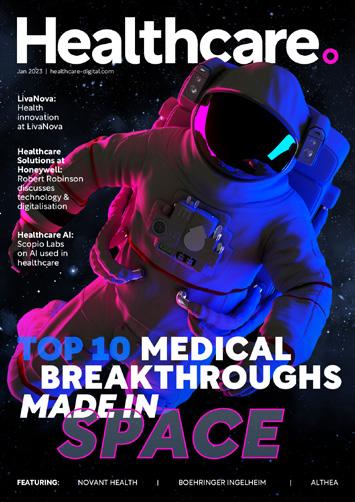



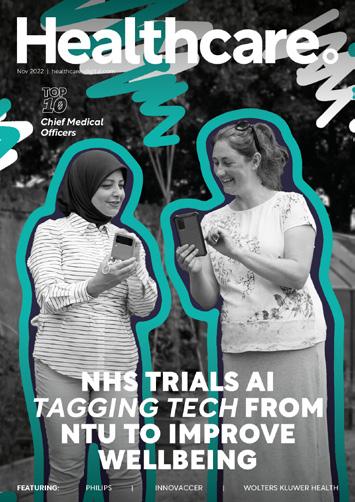




















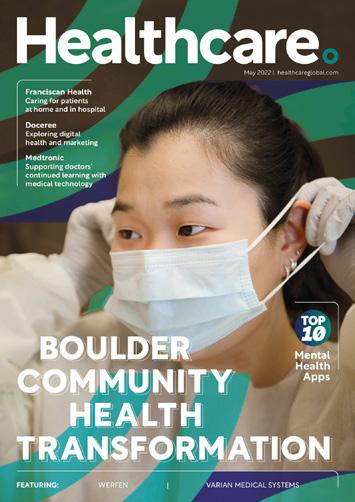





















Healthcare magazine is an established and trusted voice with an engaged and highly targeted audience of 1,000,000 global executives








Digital Magazine
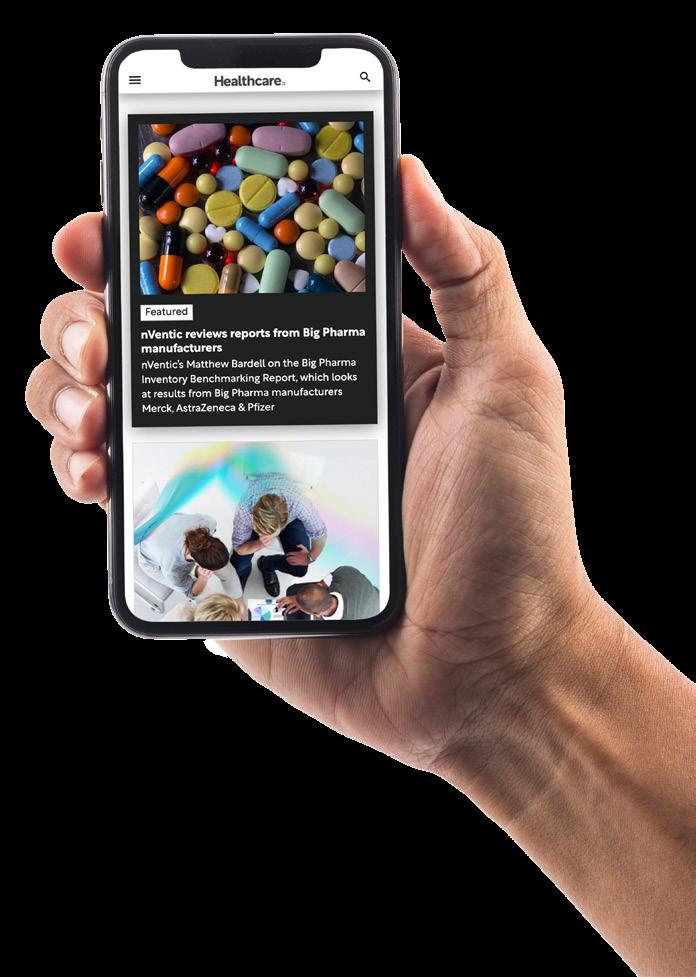


Website Newsletters
Industry Data & Demand Generation

Webinars: Creation & Promotion
White Papers & Research Reports
Lists: Top 10s & Top 100s
Events: Virtual & In-Person
WORK WITH US


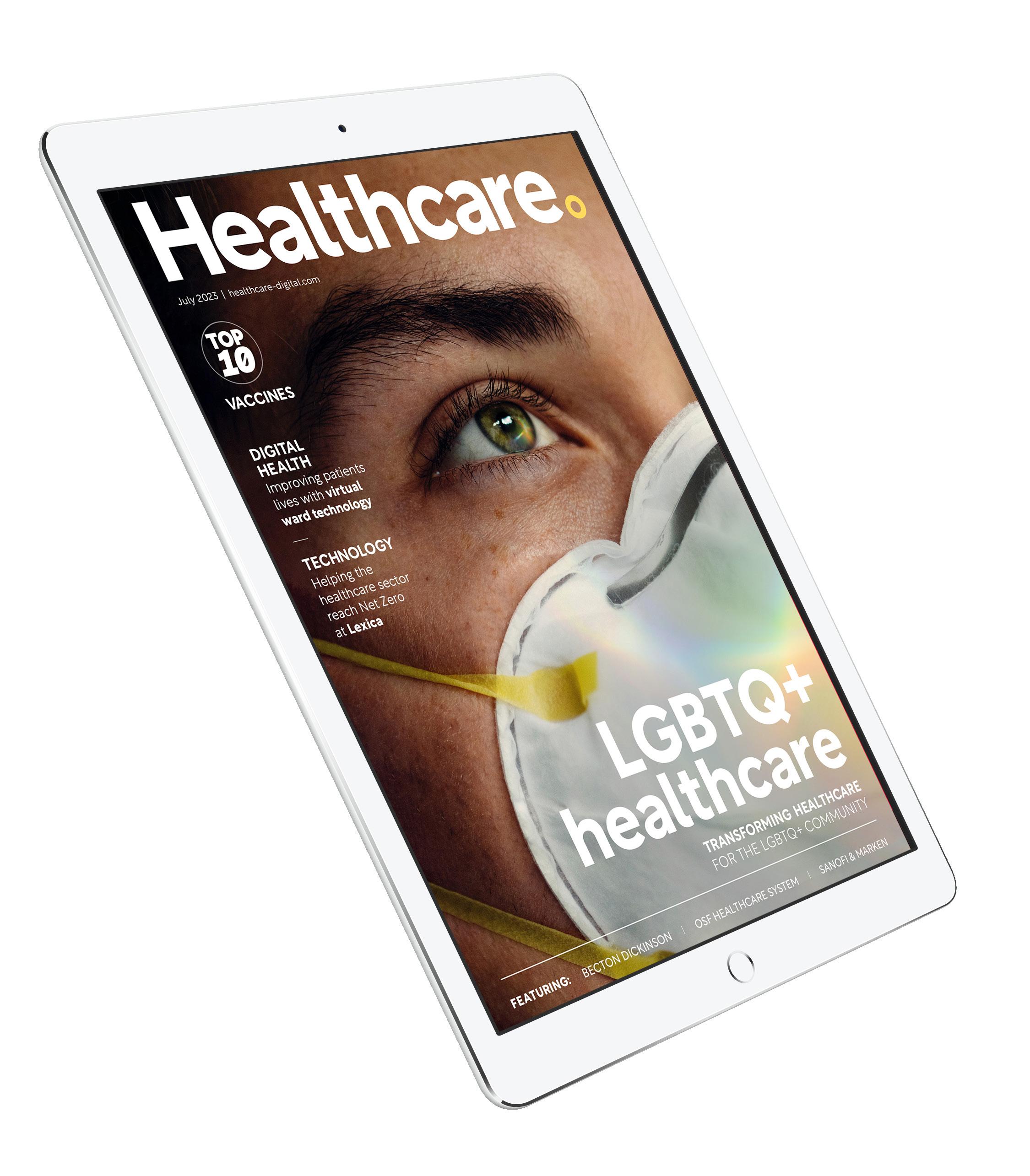
This month, we delve into the realms of integrative digital diagnostics, digital twins, AI and wellness technology, that are transforming the way we live and work
Greetings readers,
Welcome back to Healthcare Digital!

In our last issue, we spoke with nVentic’s Managing Director Matthew Bardell, who shared his admiration for the healthcare sector in dealing with the recent supply chain challenges. This month, we hear from various healthcare leaders, who offer their expertise on digital twins, AI, wellness technology and more. Lucie Glenday, the founder of MySense, a wellbeing analytics platform designed for patients to use at home that helps people of all abilities live independently and brings reassurance to their families. Jessica Lindl, Unity’s VP of Education and Social Impact, discusses digital twins and Penny Pinnock from Siemens Financial Services, tells us about how AI can build solutions for medical providers. LifeOmic’s Matt Lavin explores Integrative Digital Diagnostics and finally, we rate the consumer healthcare companies including Pfizer, GSK, Novartis, Sanofi, Bayer and more.
Keep looking up, HELEN ADAMS
helen.adams@bizclikmedia.com


“This month, we hear from various healthcare leaders, who offer their expertise on digital twins, AI, wellness technology and more”


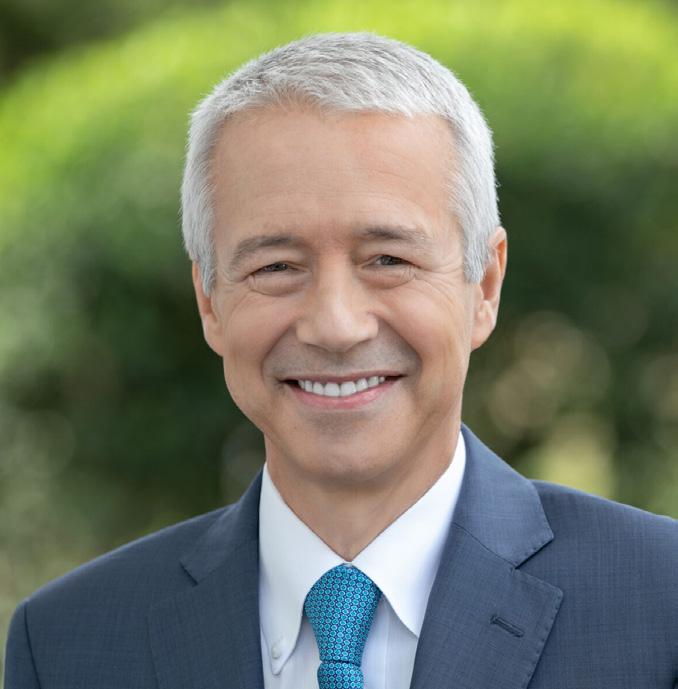







THE TOP 100 COMPANIES IN SUSTAINABILITY READ NOW








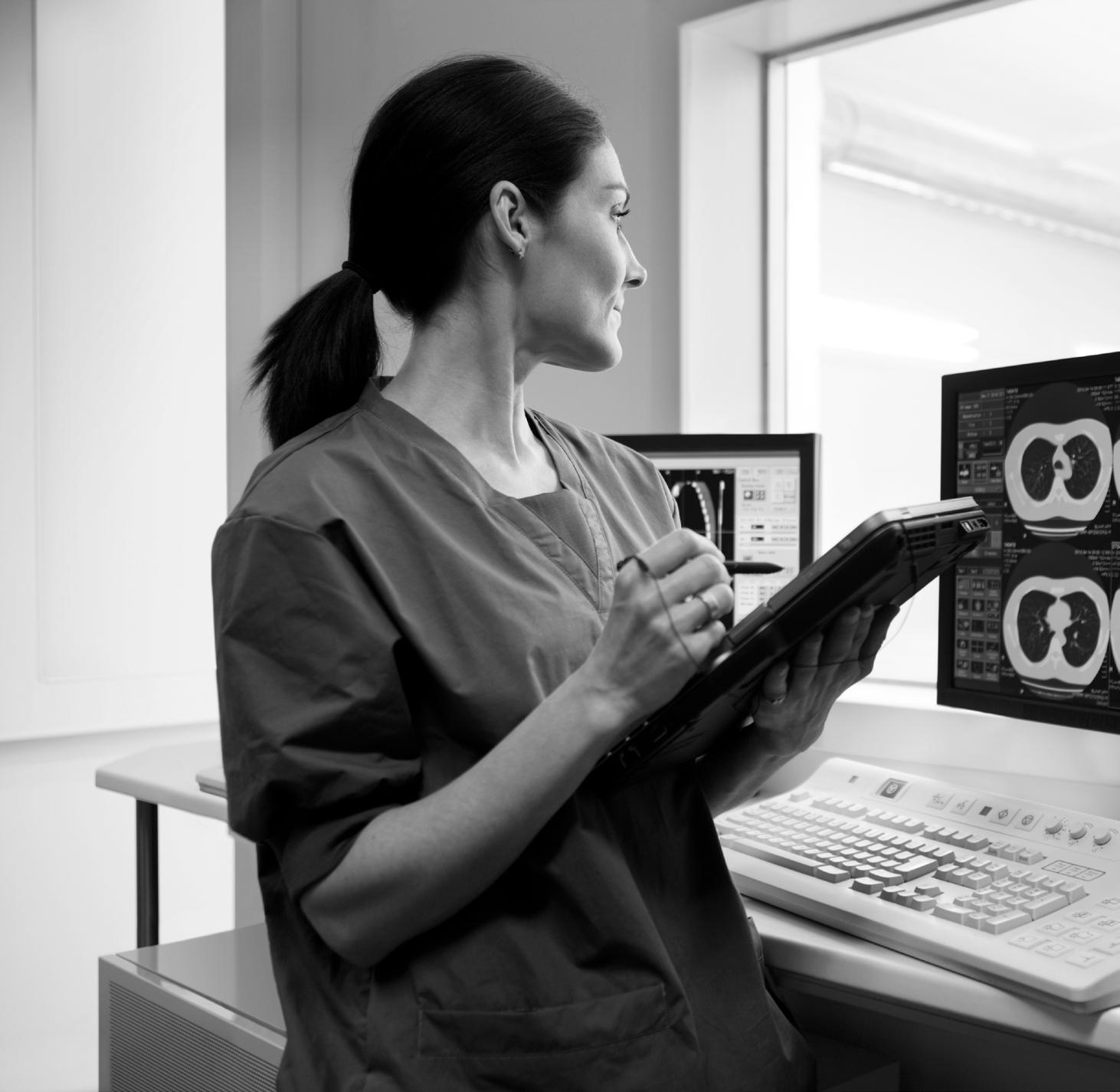
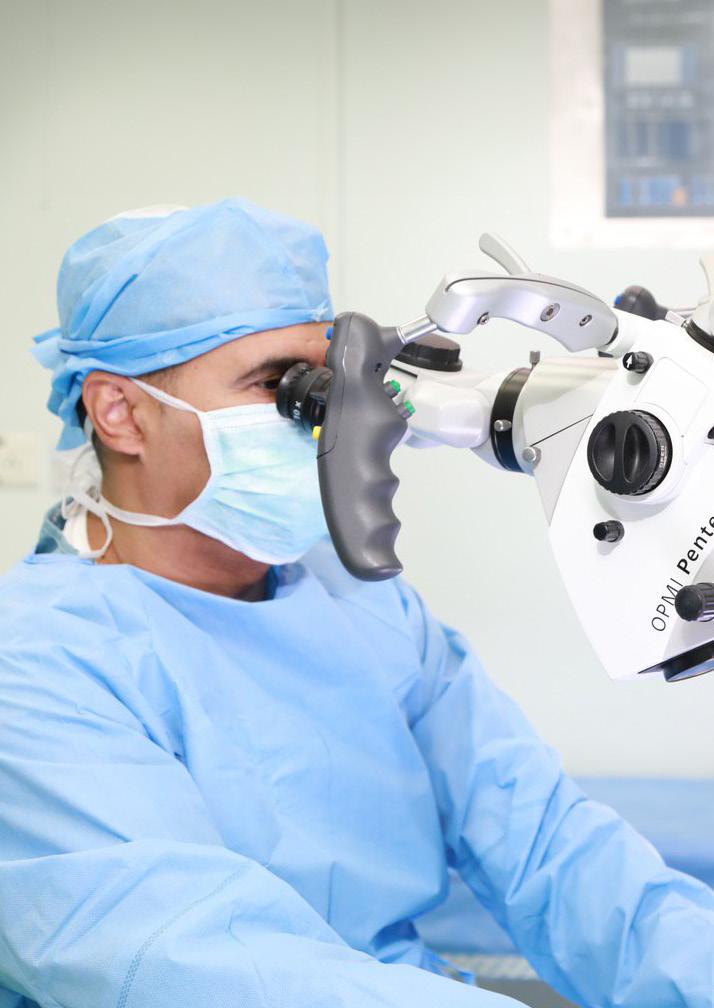


Evidence from health service Apryl says that male fertility rates are plummeting worldwide, yet only 19% of men say that they would turn to a professional for help. There are outdated stereotypes surrounding manhood and virility which leave some men feeling unable to ask for support.

Chief Product Officer at MySense, a wellbeing analytics platform designed for patients to use at home. MySense helps people of all abilities live independently at home and brings reassurance to their families.




» “I’ve always been mathematically minded, genetically blessed from my father I think. At school I found maths boring until we started learning about statistics, applied maths and mechanics and then I became really interested. I did maths and physics, alongside two others at A Level and was fully committed to becoming an aeronautical engineer. I interned at British Aerospace and whilst it was everything I had wanted

fact that I was only one of two women working in engineering on site. I’m sure it’s changed now, but at the time it was not going to be an easy path. I switched at the last minute to read law.
In 2016, I founded MySense. I’ve been incredibly lucky along the way; I’ve worked with brilliant people who have fed my thirst for learning in this space.


» Because I had to. I lost my sister at the age of 23 to a rare form of Motor Neurone Disease and during her decline I always felt that we were on the back foot, never knowing what we needed to do next to let her retain some level of control and dignity. Whilst I was at Surrey, I met with front line staff and residents that were in similar situations.
need as much information at your fingertips to make the right choices.
» My Sense is a best-in-class product that predicts health decline and deterioration.
The predictive process starts in the home, before any illness or frailty manifests itself, and helps understand the unique characteristics of ageing in each person. Our innovative system utilises advanced algorithms and artificial intelligence to track and interpret the data collected, enabling early detection of potential health risks and personalised recommendations for disease management.
Our aim is to prevent a problem, a fall or an admission to hospital before it happens, which is better for the user, their families and the health service.

» Our ethical approach is embodied in all that we do and we’re committed to an ethical data policy – we’re a BCorp and a member of the Data For Good Foundation. We don’t listen or watch the individuals we support, just learn about their activities of daily living and health metrics through passive sensor technologies. All the data we collect belongs to them, we have no ability to share it or sell it. They need to trust us to be good and in return we will fiercely protect their privacy and dignity.
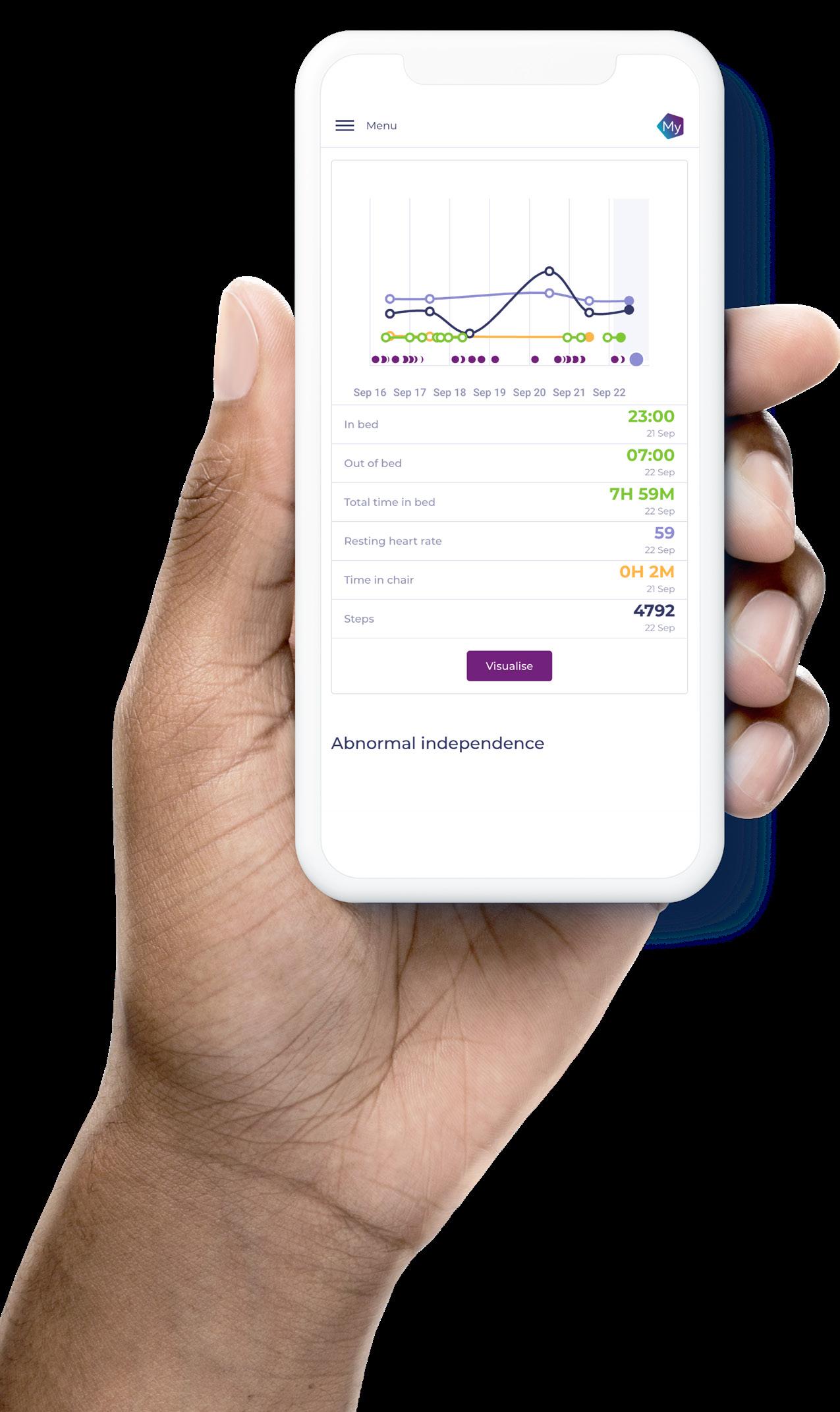
» We’ve had to build firmware for and manage deployments of various iterations of sensors over the past six years and during this time, sensor technology has moved on significantly. We are now working with – and soon to be deploying, some really exciting IoT and WiFi sensing partners to allow us to worry less about data collection and therefore focus on the predictive capabilities of the platform. We currently pick up around 20,000 data points per day per individual we support, these come from a health watch, a bed sensor and six passive sensors located in specific places across the home.
Our platform has multiple layers of algorithms and AI all orchestrated in a complex dance to ensure we can get the greatest level of understanding around the individuals’ activities and health. We then apply environmental and contextual attributes and then overlay disease models. This is critical in a home setting where lots of external factors come into play. It’s a data science and data engineering masterpiece, but it needs to be constantly fed and refined to get us closer and closer to certainty with our personalised insights.
“OUR ETHICAL APPROACH IS EMBODIED IN ALL THAT WE DO AND WE’RE COMMITTED TO AN ETHICAL DATA POLICY”

» We need to fundamentally reassess how we look after people managing conditions. Healthcare needs to be personalised, and patients need greater control over the care pathways they follow and when to engage clinicians. It comes back to that word dignity’, and the ability to make choices plays a big part in that.

The most efficient way to manage demand is to run patients through a process, limiting personalisation and choice. MySense helps two-fold. Firstly, it aims to reduce the demand by getting ahead of problems, reducing the need for emergency interventions. Secondly, it offers contextualised health insights and reports to allow a patient

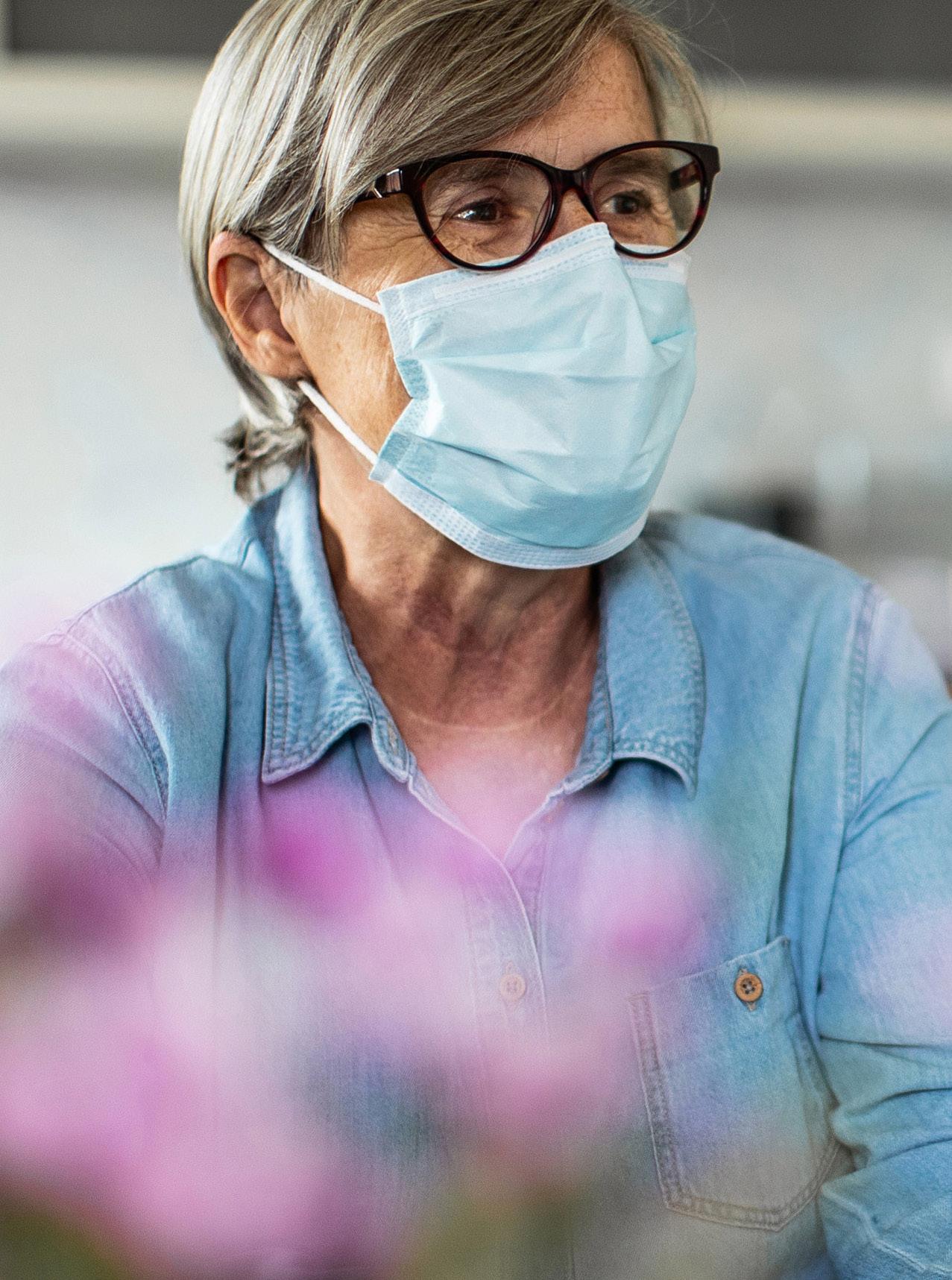
to choose when to engage, and clinicians the opportunity to offer a personalised patient experience that responds to the individual’s needs rather than the system’s.
» The above. But we won’t do it on our own. We’re naturally collaborative as an organisation and we have worked with some great academic, technology and clinical partners. We actively seek academic validation of impact for every deployment we undertake. We’re obviously quite protective of our IP, all our data science is built in-house, but we’re always looking to find partners to work with for research purposes”.

For 130 Years, Johnson & Johnson has researched and developed healthcare innovations for consumers across the world, helping people to live their lives free from pain and discomfort. Its employees mix their scientific skills with human empathy to get healthcare treatment out to the people. Johnson & Johnson’s most popular products include its iconic baby lotion, Listerine mouth wash and Band-Aids.
Joaquin Duato is Chairman of the Board and Chief Executive Officer (CEO) of Johnson & Johnson. He leads the global workforce in developing healthcare solutions across pharma, medical technology and consumer products.
A dual citizen of Spain and the United States, Duato has credited his appreciation of diversity due to his international perspective.
Duato earned an MBA from ESADE in Barcelona, Spain, and a Master of International Management from Thunderbird School of Global Management in Phoenix, Arizona. He lives in Pennsylvania with his wife and has two grown children.
Duato started working at Johnson & Johnson in 2005 as the President for Ortho Biotech Products. He then moved onto The Janssen Pharmaceutical Companies of Johnson & Johnson, as the Company Group Chairman, for the Americas.
He was promoted to Vice Chairman of the Executive Committee in 2018 and became Chairman of the Board and CEO of Johnson & Johnson early in 2023.
Throughout this time, Duato took on several different roles. In 2017, he became Chairman at PhRMA and in 2019, took on the role of Board Member for UNICEF USA.
TITLE: CHAIRMAN & CEO
COMPANY: JOHNSON & JOHNSON

LOCATION: UNITED STATES
Joaquin Duato is Chairman of the Board and Chief Executive Officer of Johnson & Johnson. He leads the worldwide workforce in transformation across pharmaceuticals, medical technology and consumer healthcare products.
In his role as CEO, Duato is dedicated to cultivating a global workforce that is diverse and inclusive.
Duato has an MBA from ESADE, Spain, and an MA in International Management from Thunderbird School of Global Management in Arizona. He is a dual citizen of Spain and the United States. He and his wife live in Pennsylvania, with whom he has two grown children.
Spanish-American business executive Joaquin Duato is the CEO of Johnson & Johnson, one of the world’s biggest


His thirst for global perspectives led Duato to Tsinghua University, in Beijing, China, where he served as an Advisory Board Member for the School of Pharmaceutical Sciences.
During COVID-19, Duato led the company’s quick response to protect employees wellbeing, manage the fraught global supply chain and get medicine out to desperate patients.
“COVID-19 exposed the racial and social injustices that communities of colour have been facing for a very long time. The disease itself took a disproportionate toll on the Black, Latinx, Indigenous and Pacific Islander communities and it forced us to revisit the way we address and provide equitable care,” he said in conversation with Latino Leaders.
The circumstances led Duato to increase efforts to solve these healthcare challenges, learn lessons from the pandemic and build a stronger global healthcare system and supply chain.
“A year on, we’re working in radically different ways,” Duato wrote in a LinkedIn post. “We’ve continued our massive shift toward digitisation as we break down silos and work in new ways. Our teams are more comfortable using data science and intelligent automation to spot and respond to changes in the marketplace, helping to ensure business continuity and foster necessary innovation.”
Johnson & Johnson: a 130 year-old startup Duato likes to think of Johnson & Johnson as a ‘130 year-old startup’, due to its characteristics, such as its diversity.
“To be an innovative company, we have to be a diverse company.”
In its 2022 DEI Impact Review, highlights included a 4% increase in minority representation in Management from 2020 and committing US$100m into helping to close the racial health gap.

At Johnson & Johnson, everyone has a responsibility to accelerate the company’s progress with diversity, equity and inclusion, to drive change within the company, the global healthcare sector and the world.
“I have always considered DEI as a core component of how I live and now as CEO of Johnson and Johnson, as a core component of our culture,” he said.

“To be an innovative company, we have to be a diverse company”
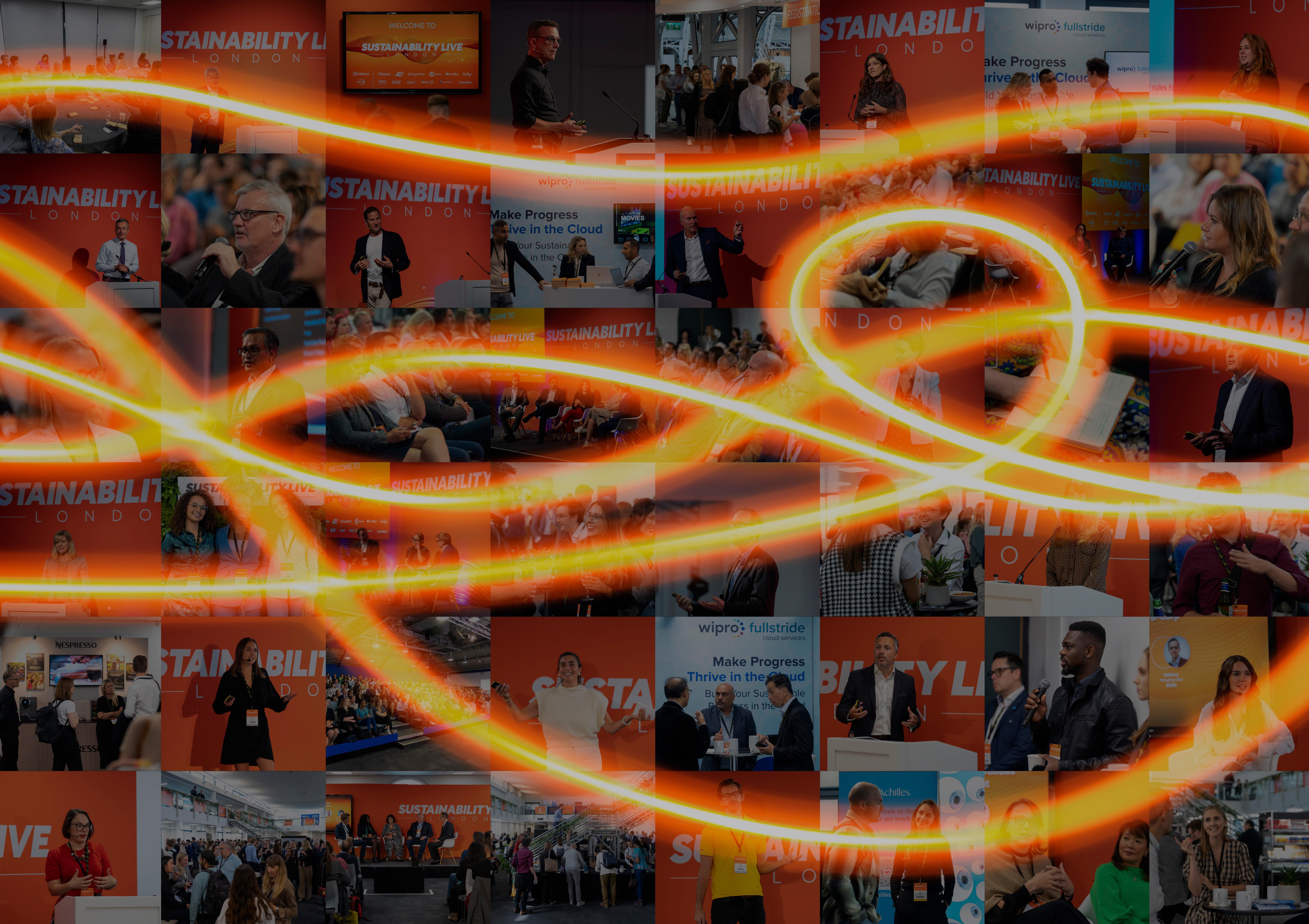
6 - 7 September 2023
Business Design Centre, London
SPONSORSHIPS GET YOUR PASS






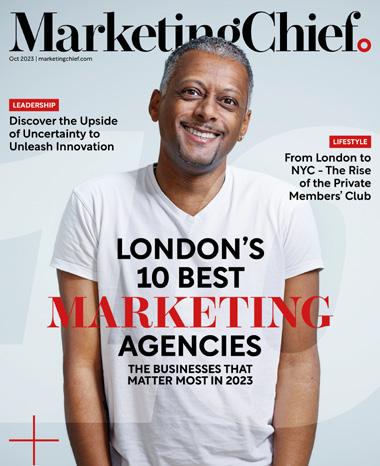



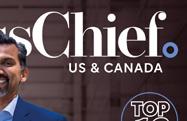







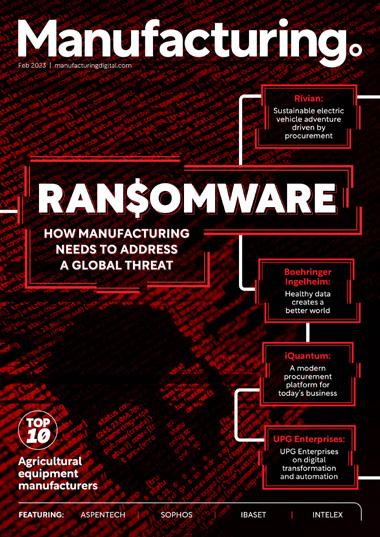
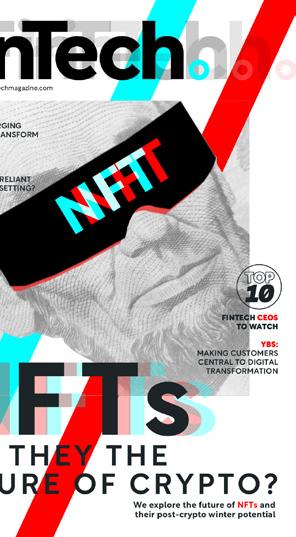


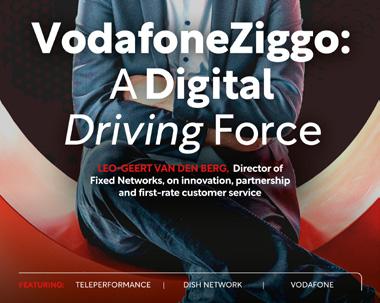
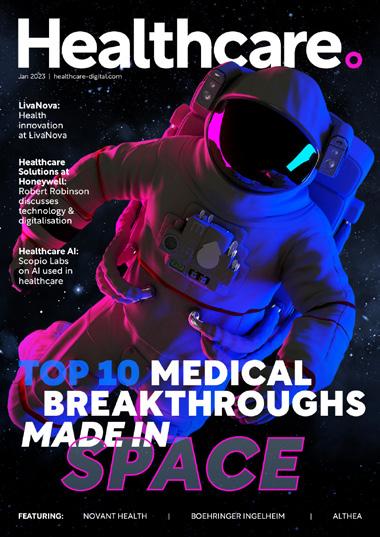
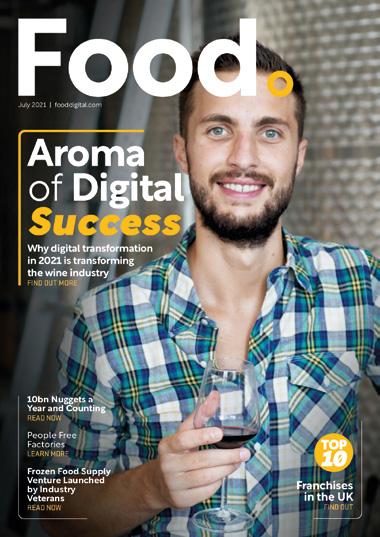
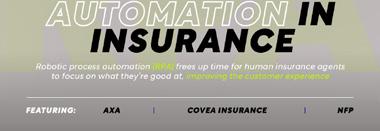
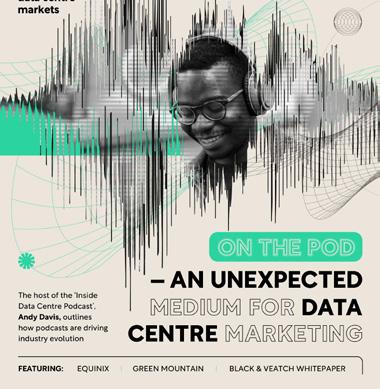
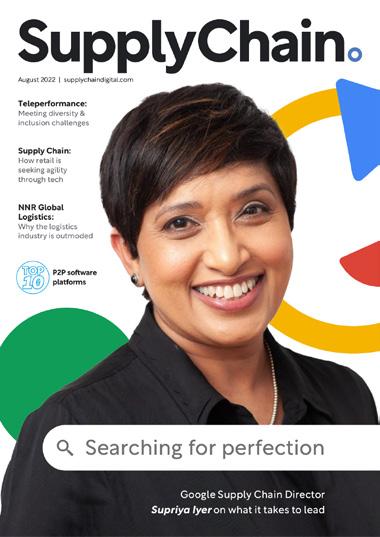
















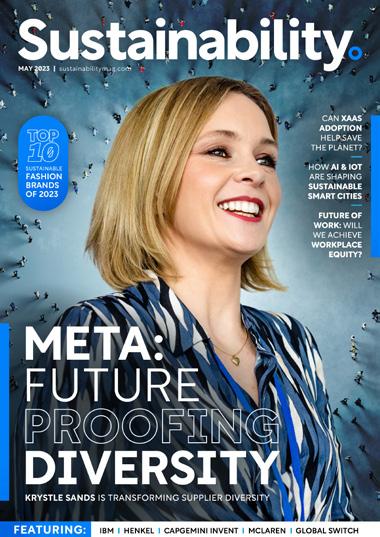

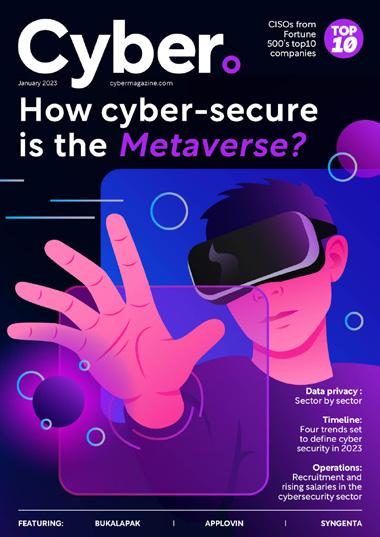
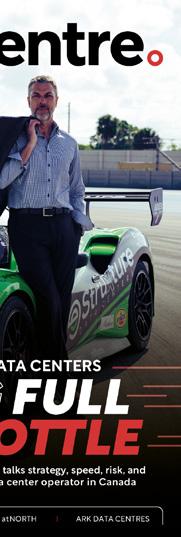

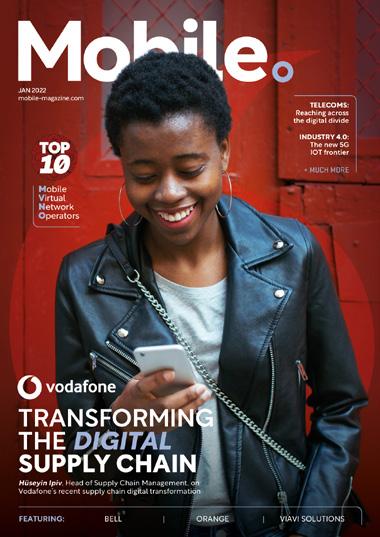
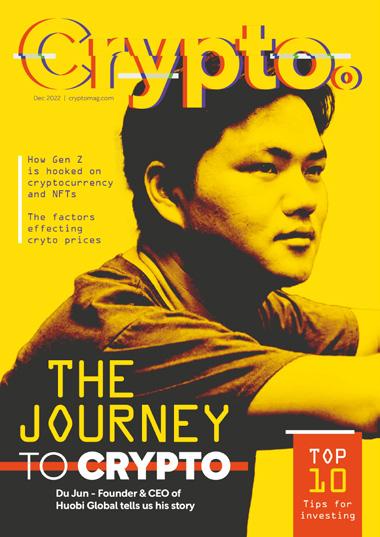
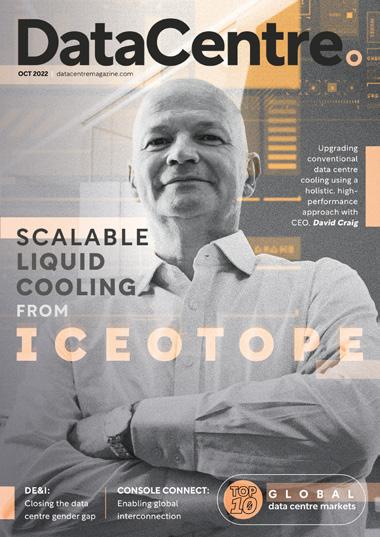
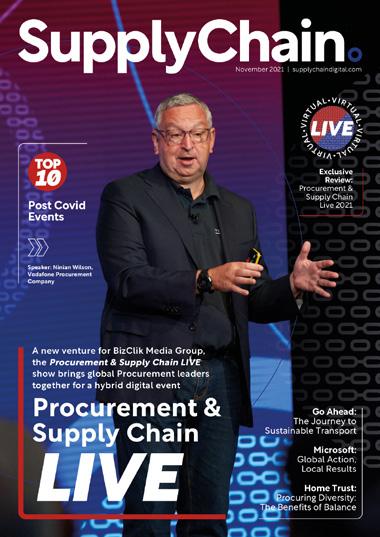

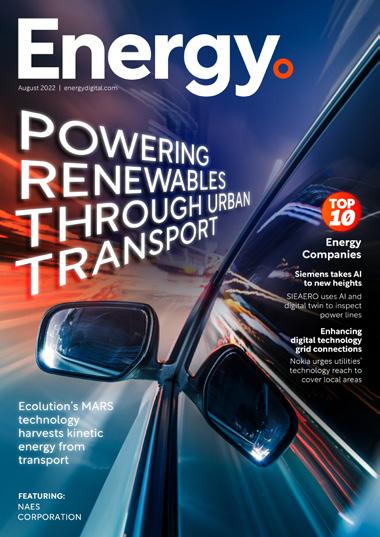





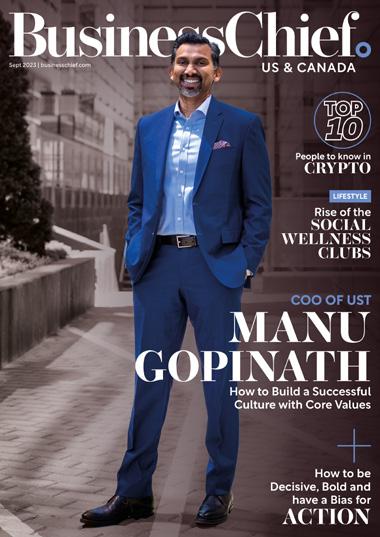


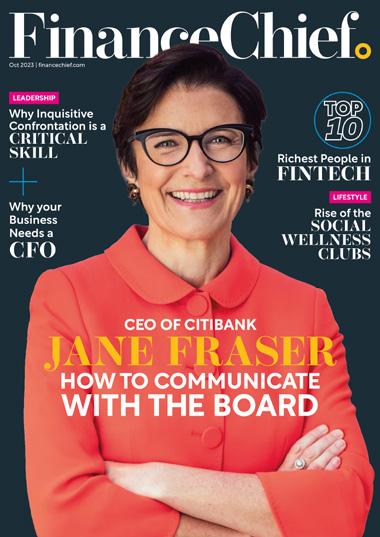
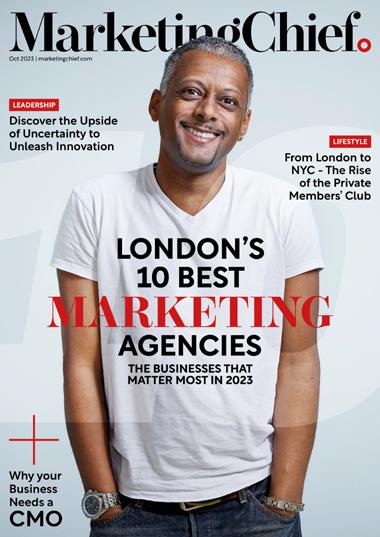

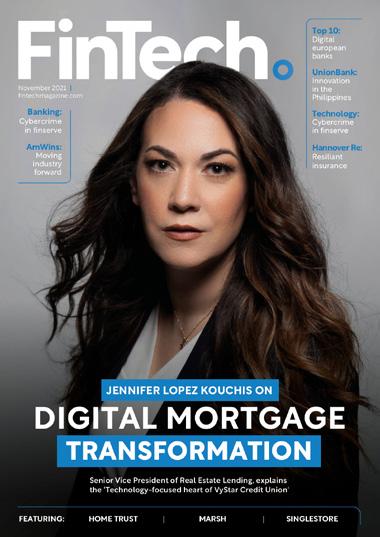

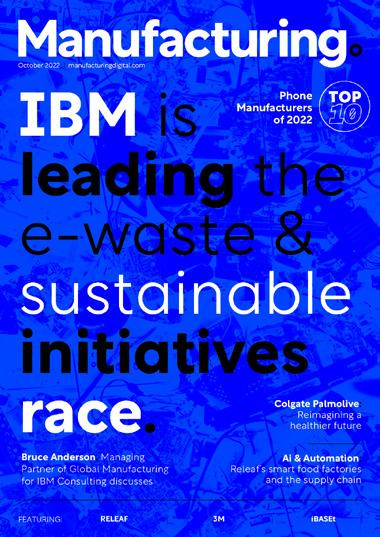



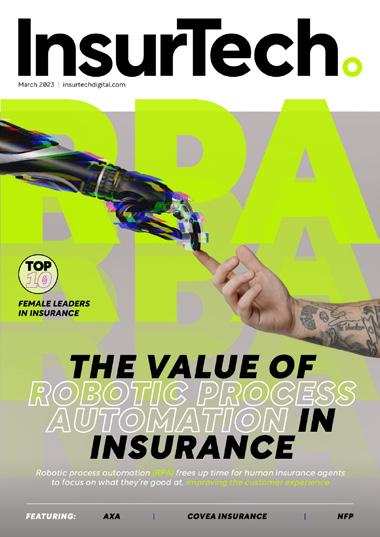




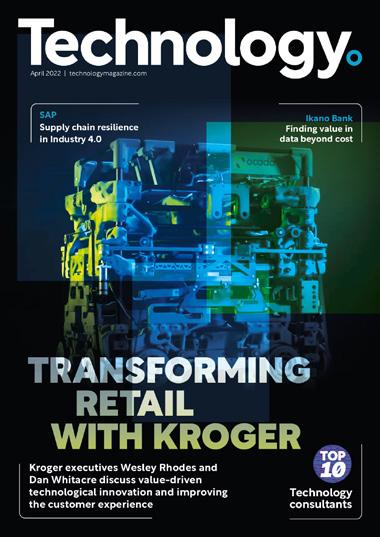
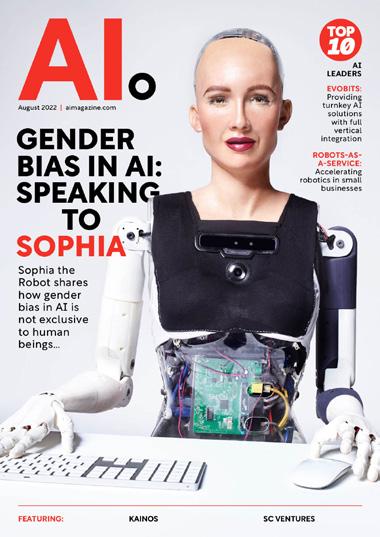

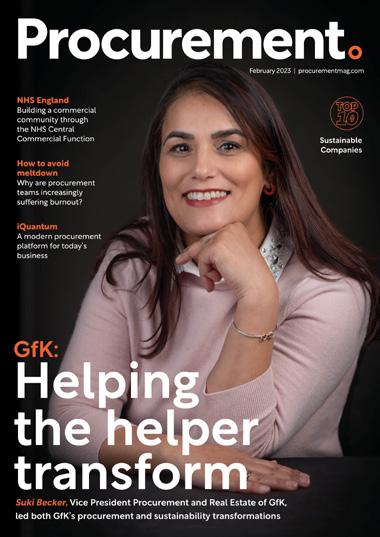

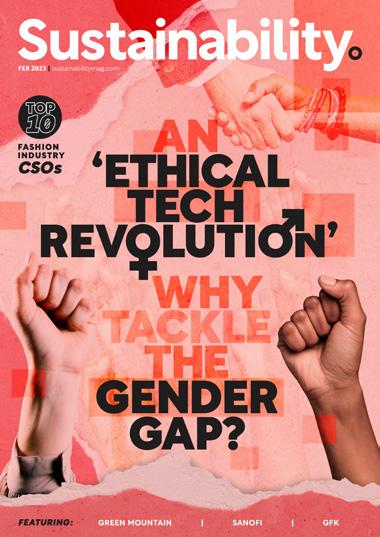

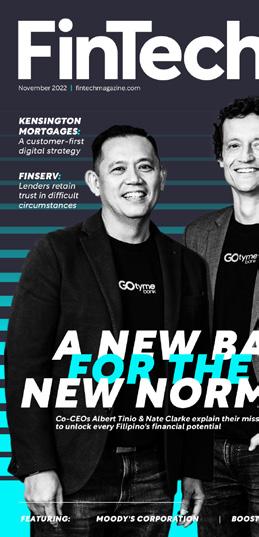
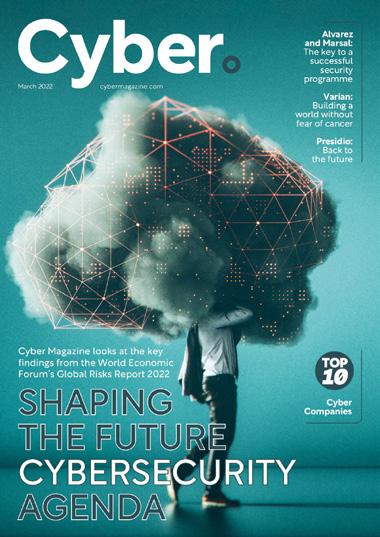

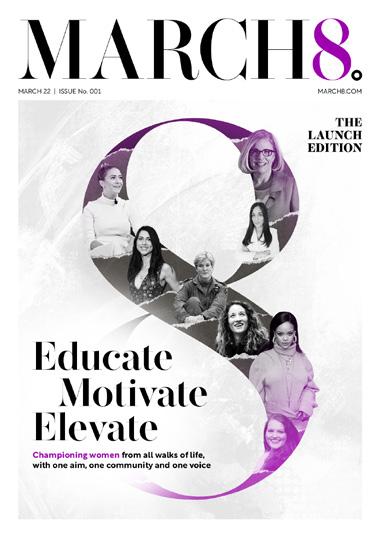




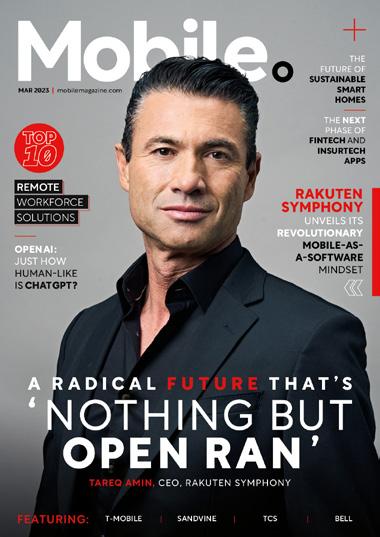
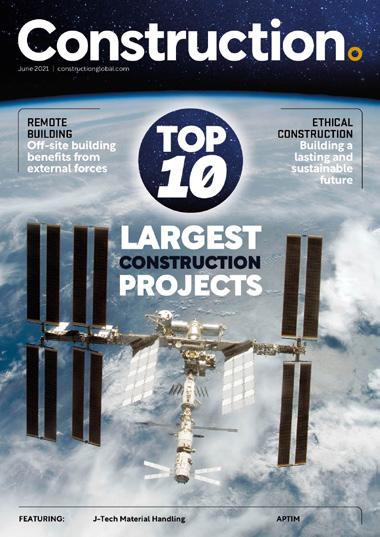


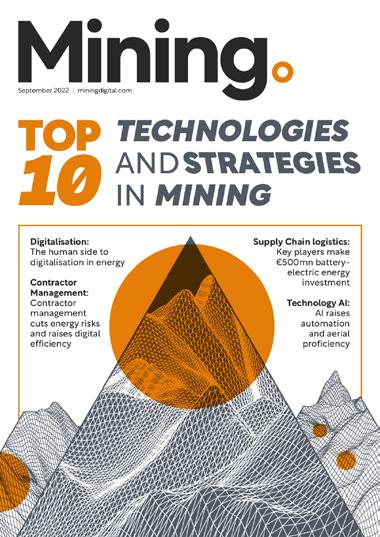



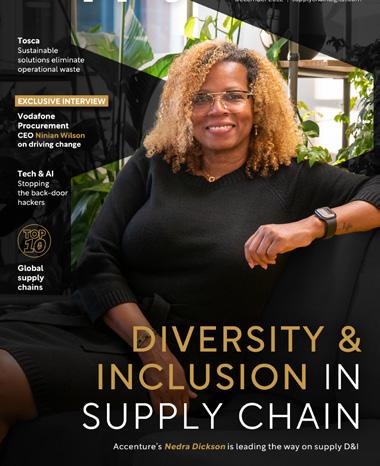

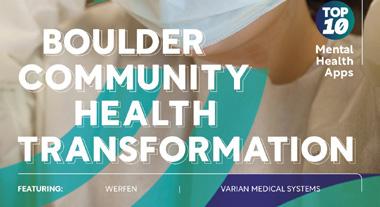
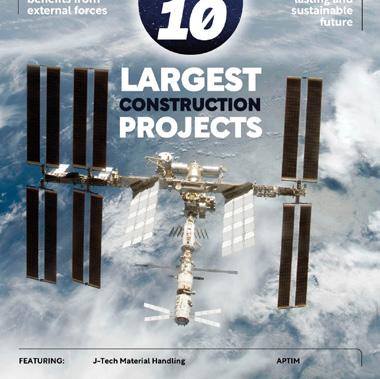



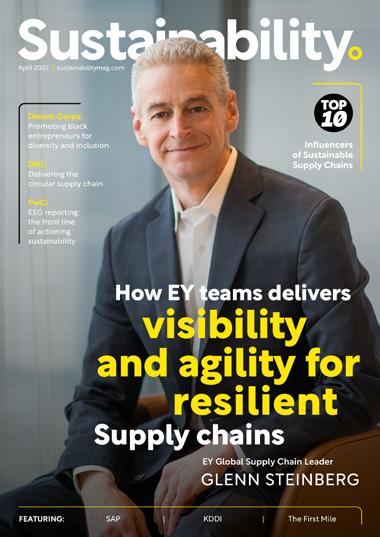


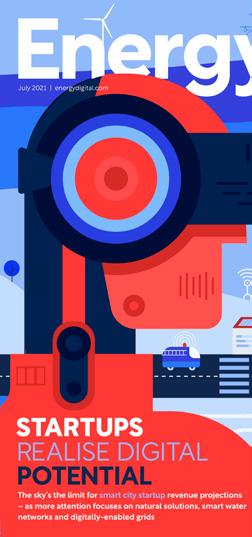
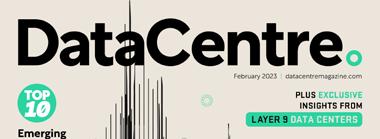




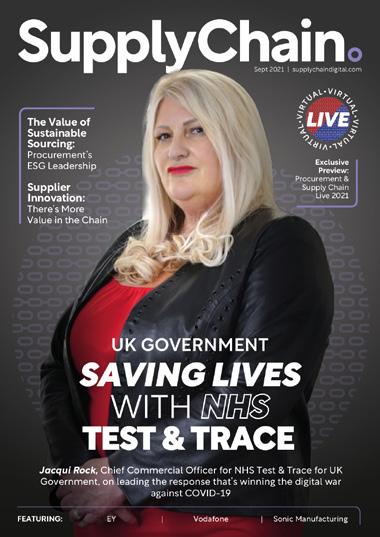

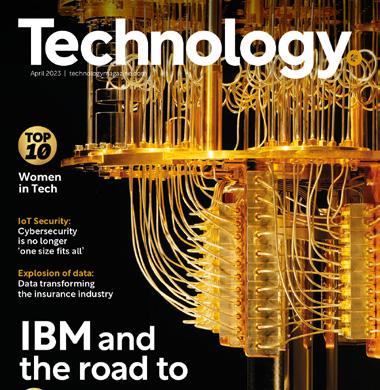



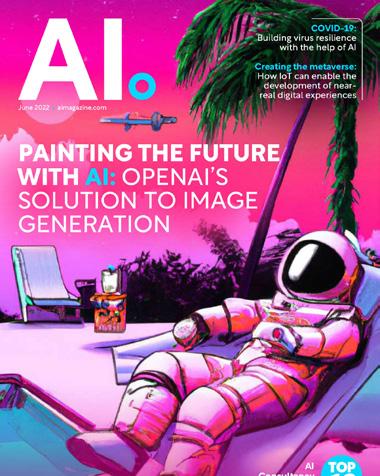
Healthcare Digital breaks down its Top 10 consumer healthcare companies including Johnson & Johnson, Pfizer, GSK, Novartis, Sanofi, Bayer and Merck

 WRITTEN BY: HELEN ADAMS
WRITTEN BY: HELEN ADAMS

In the ever-evolving world of healthcare, some developments feel like science fiction: 3D printed limbs, biometric hospital security and AI conducting surgery. Yet some things never change – there are staple household products in every home, such as Johnson & Johnson’s Calpol and Proctor & Gamble’s Vicks.

Consumer healthcare companies work hard to bring customers healthcare products that they need to manage in times of sickness and to maintain good health.


These are our Top 10 Consumer Healthcare Companies, who offer over-thecounter healthcare products to help people live their best lives.

Roche is one of the world’s largest biotech companies, a leading provider of in-vitro diagnostics and a global supplier of transformative innovative solutions. Founded in 1896, the company is headquartered in New York, the company has been recognised as the most sustainable company in the Pharmaceuticals index of the Dow Jones Sustainability Indices (DJSI). Its consumer healthcare products include dietary supplements. Roche follows a holistic approach in managing its sustainability and focuses on social responsibility, environmental protection and supply chain sustainability.

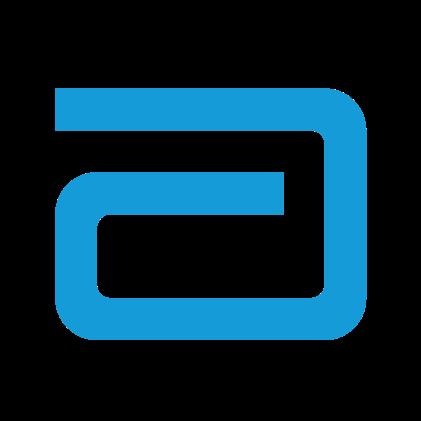

Abbott Laboratories is the fourth biggest producer of medical devices in the world. The company is headquartered in Abbott Park, Illinois, and has a revenue of US$34bn. In 1985, Abbott started investigating the HIV virus and is the first healthcare organisation to create a licensed test to identify it in blood.
Its consumer healthcare products include baby formulas by Similac as well as FreeStyle which monitors glucose levels. Peptidebased therapeutic nutrition VITAL provides balanced nutrition for patients who require tube feeding.

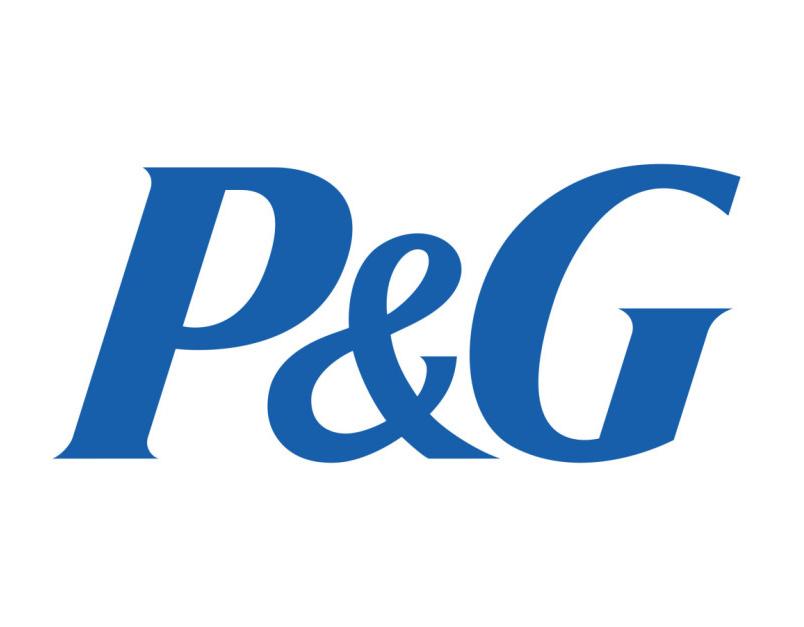
Procter & Gamble started out as a soap company in 1837 and has gone on to become the force behind household brands such as Always, Braun, Fairy and Febreze. However, Procter & Gamble is probably best known for its dental-hygiene focused consumer products from Crest and Oral-B.
“Crest and Oral-B are on a mission to unlock the lifechanging power of healthy oral care habits, because everyone deserves a healthy smile,” said

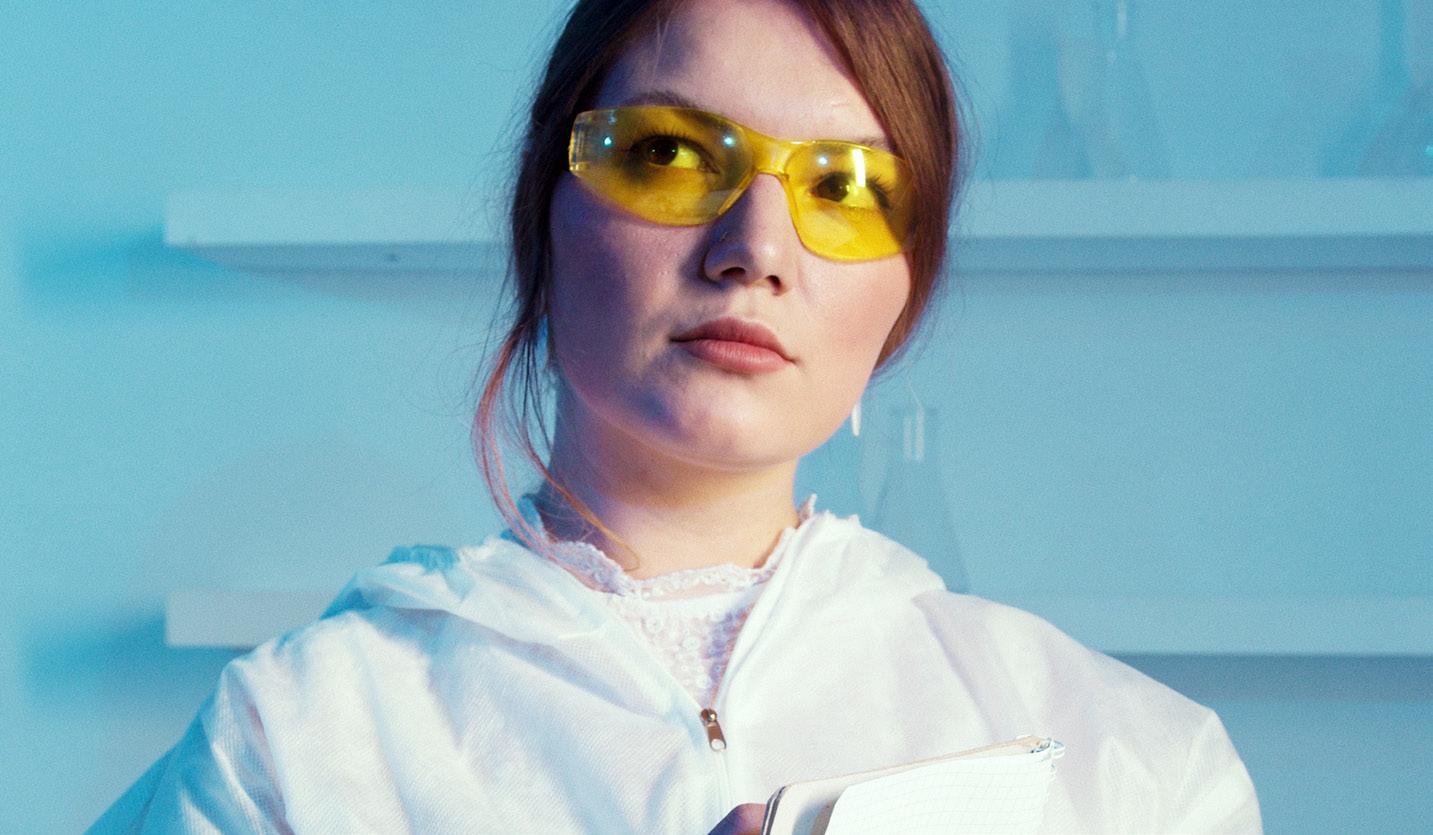 Carlos De Jesus, Senior Vice President of Oral Care at P&G.
Carlos De Jesus, Senior Vice President of Oral Care at P&G.
Merck is a global pharmaceutical company known for its contributions in developing vaccines. The company licensed vaccines for MMR, Hep A, Hep B and Chickenpox. Across healthcare, Merck develops innovative health solutions that increase the prevention of diseases in people and animals. Its consumer healthcare products include Apaisyl’s After-Stings Roll-On Gel and molefoam padding for sensitive feet. Merck also sells an assortment of products for animal health used by vets and pets owners.


• Real time data monitoring

• Real time hyper scaling
• Protecting data loss
• Securing Public Cloud Workloads
• Securing Vital COVID-19 Applications
 WATCH NHS SCOTLAND CASE STUDY
WATCH NHS SCOTLAND CASE STUDY
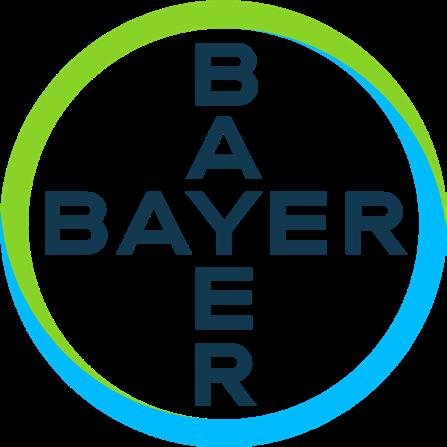
Global life-sciences enterprise Bayer was founded in 1863 and is headquartered in Leverkusen, Germany. Bayer uses AI and machine learning to maximise its Real World Data, which can be shared to the right healthcare source to assist patients. Its consumer healthcare products range from skincare to heart health. Bayer’s allergy brand Claritin helps consumers to manage reactions. Bayer’s Canesten can treat intimate skin conditions and Aspirin helps people live free from pain. Bayer’s consumer healthcare products aim to help people live full lives.


Sanofi is a global healthcare company which aims to transform medical practices and offer lifechanging treatments. In addition, they develop vaccines to improve people’s lives and to work towards infectious disease prevention and control. AI and machine learning is used to collect and analyse large amounts of information to aid in their work against pathogens. Its consumer healthcare products support good digestive health with DulcoLax and general wellness products with items such as Unisom and Nature’s Own.

For over 40 years, Novartis International has helped to improve the health and wellbeing of people living in low-income communities across the world. The company started out supporting the elimination of diseases like leprosy and malaria. Now, the company is taking on cardiovascular diseases and health inequity, with a strong approach to population health. Its consumer healthcare products include cough syrups and items for personal relief, as well as soothing skin lotion and probiotics.

Pharmaceutical manufacturer GlaxoSmithKline (GSK) was founded in 2000 and is headquartered in Middlesex, with a global presence in over 150 countries.

In 2009, the company was approached by the London Organising Committee of the Olympic and Paralympic Games (LOCOG) to assist in providing anti-doping services for the London Olympics. In 2017, Dame Emma Walmsley was made CEO of GSK, becoming the first woman to run a major pharmaceutical company.

GSK’s Consumer Healthcare focuses on pain relief, oral health, respiratory care, nutrition, gastrointestinal and skin care.

In 1849, American-German cousins Charles Pfizer and Charles Erhart founded Charles Pfizer & Company in Brooklyn, New York. Following the Civil War, the company saw its revenues double and started to expand across the country. Now, Pfizer has 35 manufacturing sites and 30,000 employees in over 180 countries.
Supported by Moderna, OxfordAstraZeneca and Johnson & Johnson, Pfizer-BioNTech invented the COVID-19 vaccine in 2020.



Its best known drugs include Viagra, Xanax and Advil, while Pfizer’s consumer healthcare products range from Chapstick and Preparation-H. Multivitamin brand Centrum is the most doctor- and pharmacist-recommended in the USA while ThermaCare Heatwraps can warm muscles right where it hurts.
Yet at the time of writing, one of Pfizer’s factories in North Carolina which makes almost 25% of Pfizer’s sterile injectable medicines has just been hit by a tornado. While no members of staff were injured, this could cause a severe supply chain disturbance.
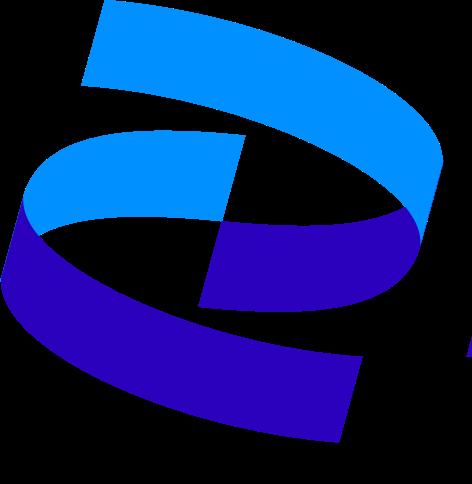

















Johnson & Johnson (J&J) has been developing, manufacturing and selling life-changing healthcare products for 130 years. Founded in New Brunswick, New Jersey, USA, the company remains headquartered there, with 134,000 employees working in 60 countries across the world.

In 1888, one of J&J’s founders, Robert Wood Johnson, was on a train trip to Colorado where he learned from a railway surgeon about the high rate of injuries for railroad workers. He came up with the idea of the First Aid Kit - a box of medical items which people could use on themselves and on each other in health emergencies.
Fast-forward to 2023 and J&J uses AI in its pharmaceutical research and is 3D printing titanium plates to be used in bone fracture recovery. Over the counter, its consumer healthcare products include icons such as Talcum Powder, Band Aid, Baby Shampoo, Listerine and not forgetting Imodium.

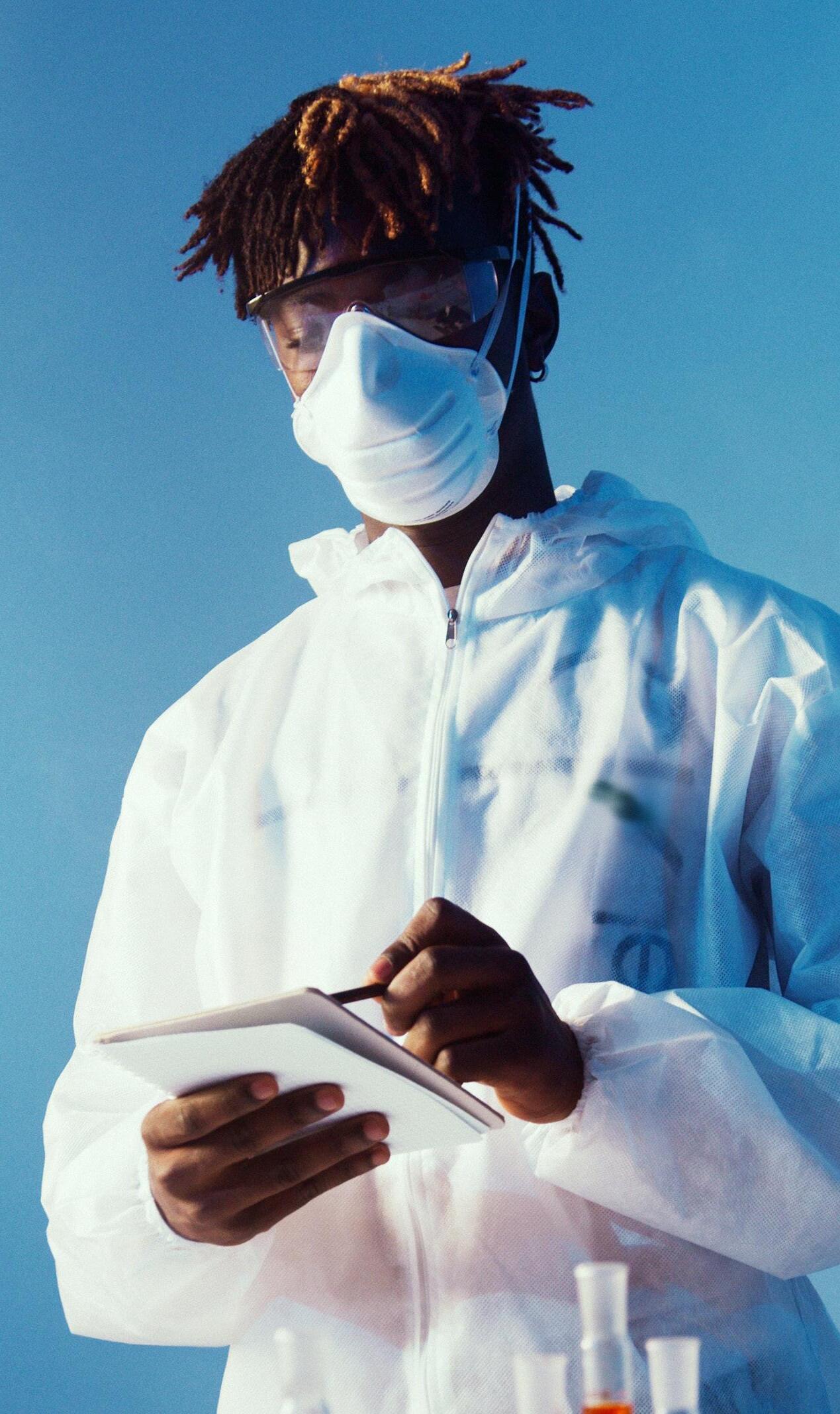








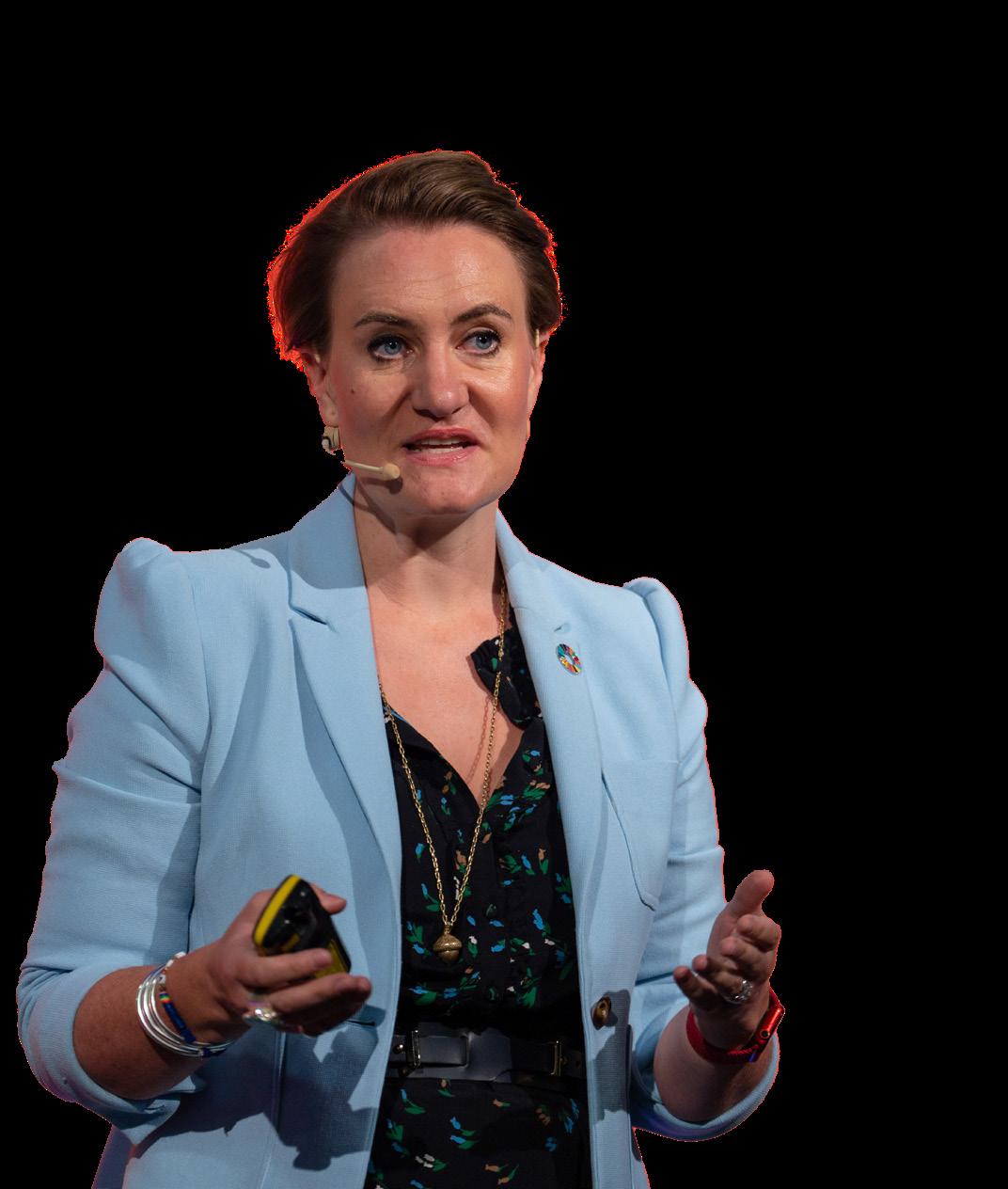
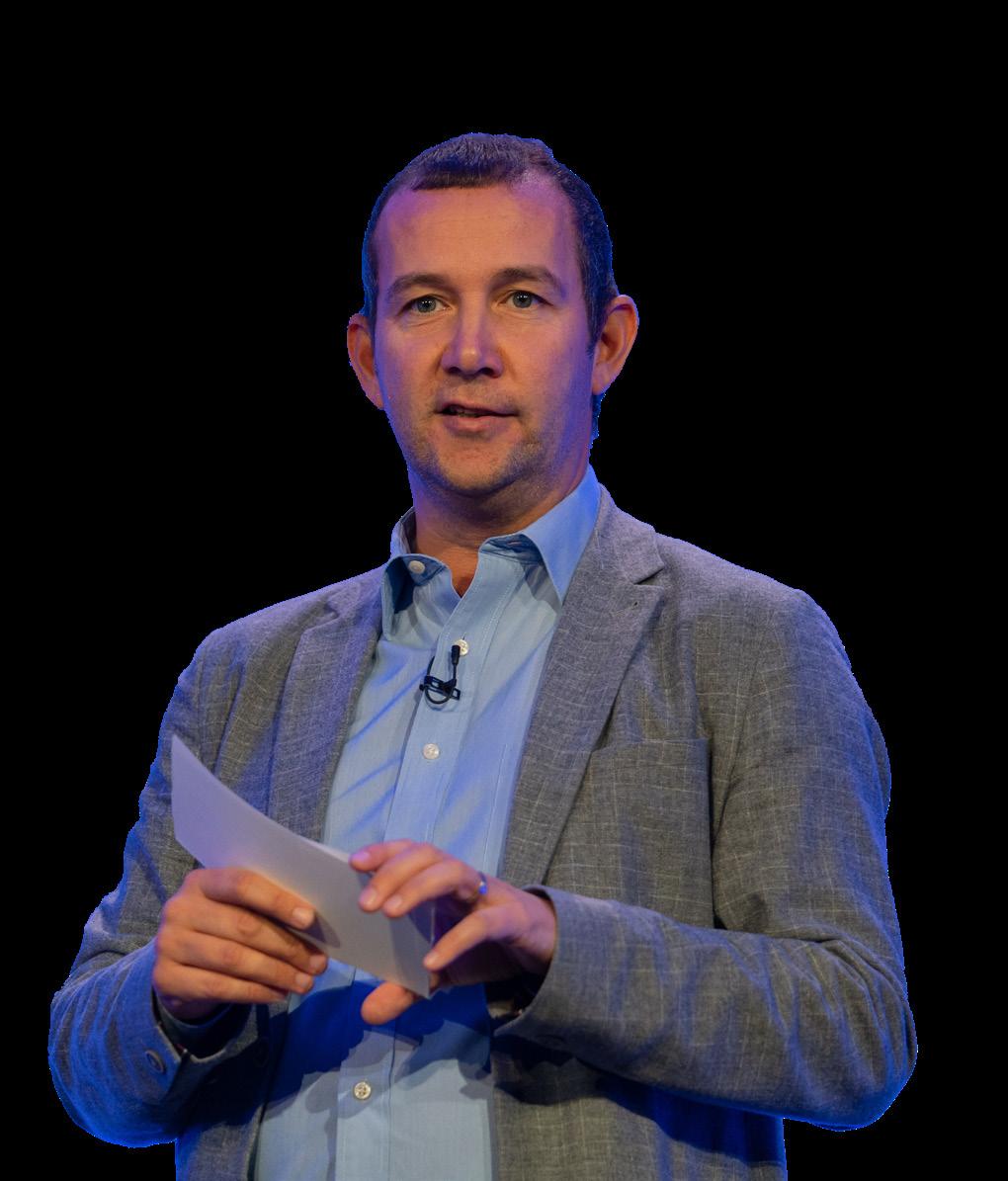
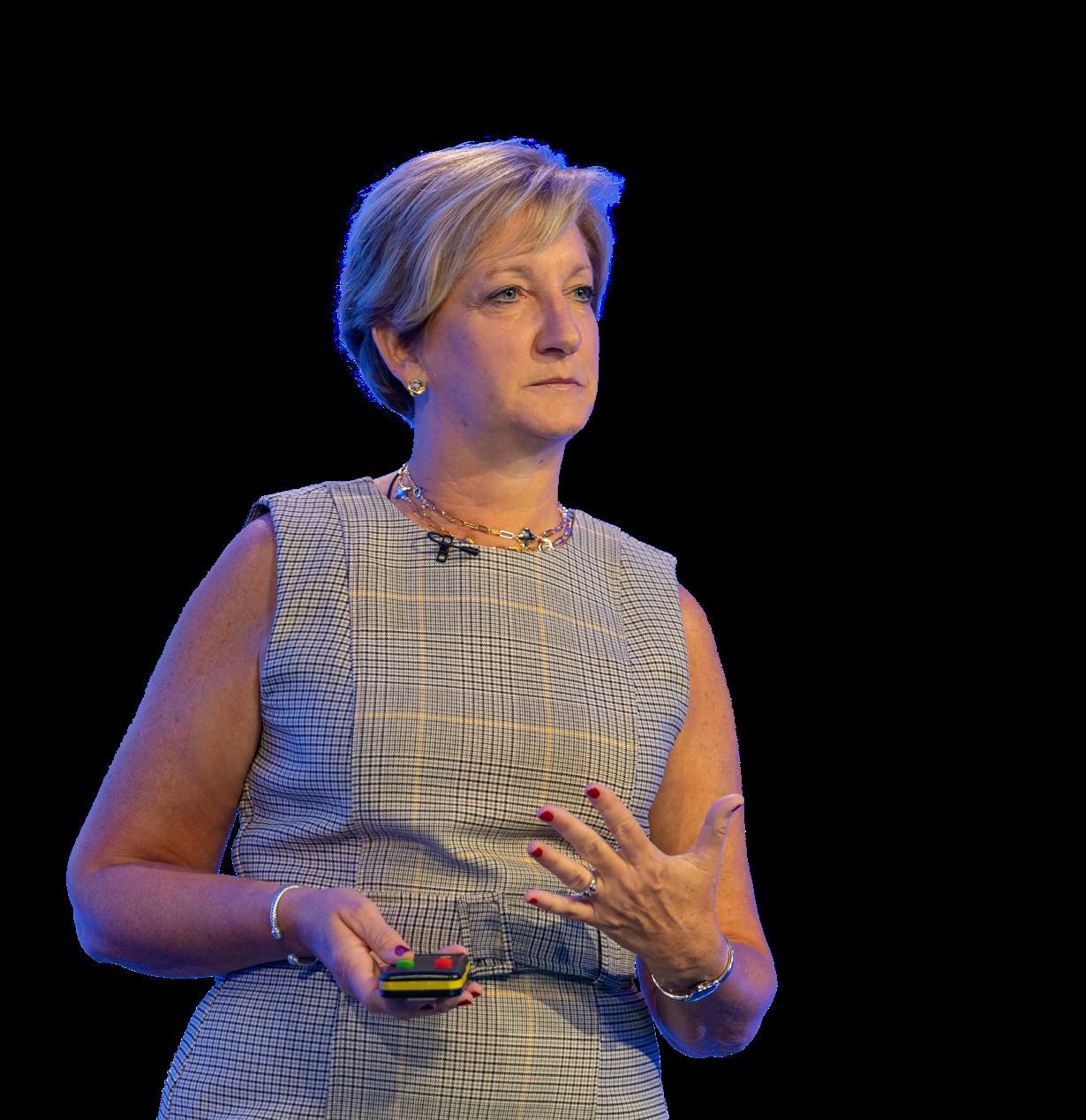






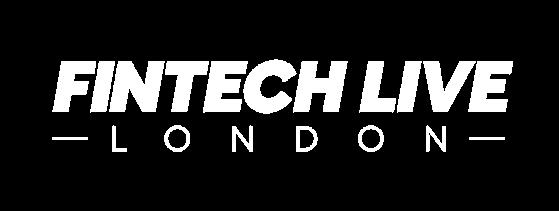




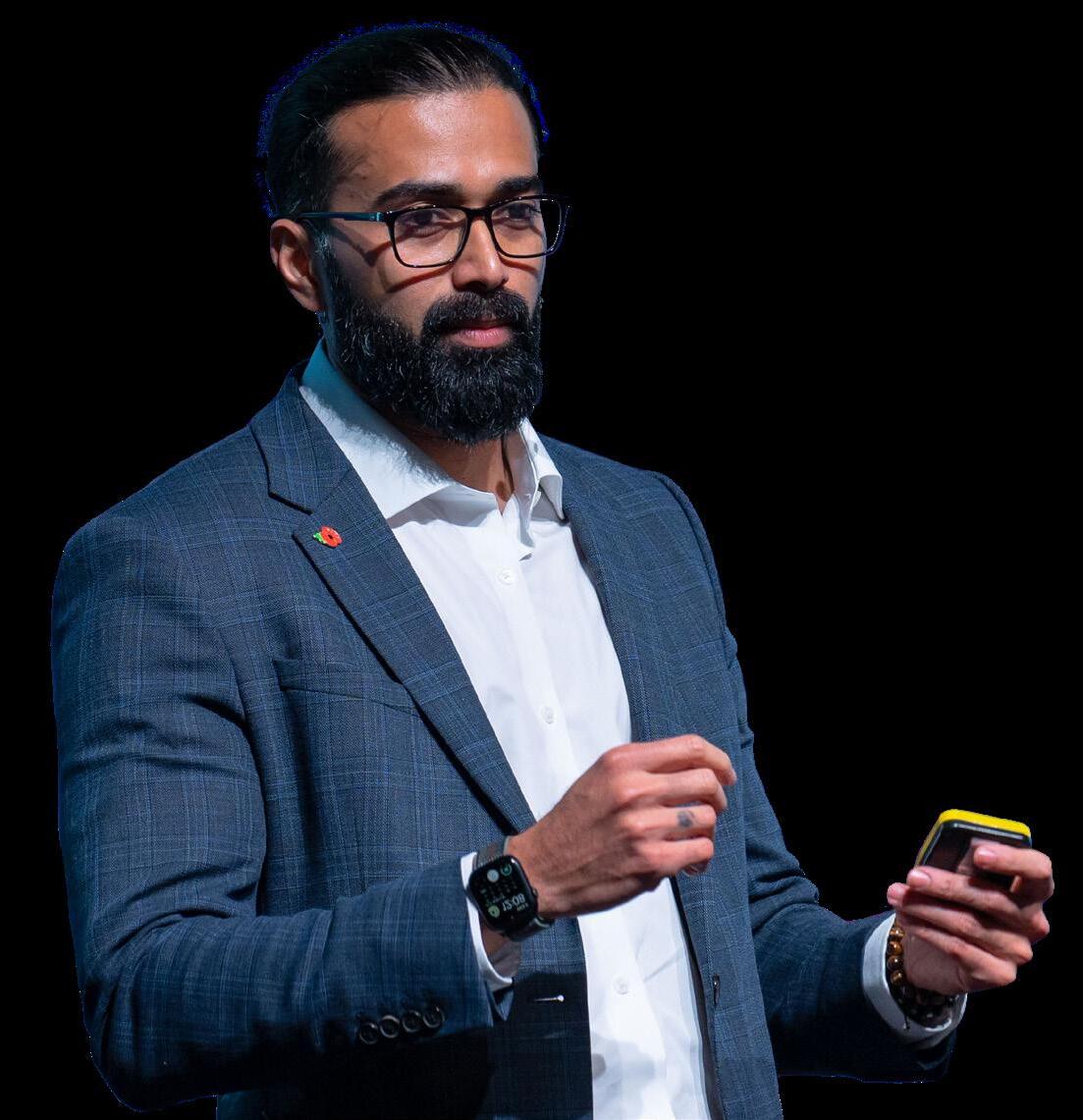
Jessica Lindl, Unity’s VP of Education and Social Impact, explores the possibilities of digital twin technology & video games in the healthcare sector
 WRITTEN BY: HELEN ADAMS
WRITTEN BY: HELEN ADAMS

espite video games being notorious for causing health problems – promoting bad posture, causing poor emotional regulation, and bringing out addictive personalities – software development company Unity is looking to change this view by harnessing the best qualities of gaming technology to make healthcare more accessible.
Jessica Lindl serves as the Vice President of Education and Social Impact at Unity, where she empowers Unity’s creators and employees to leverage the power of real-time 3D (RT3D) technology, to make a positive difference in the world.
“Having spent more than 15 years driving social impact at for-profit and non-profit organisations, largely in the education industry, I made the transition into technology as I was attracted by the power and scale it has to make a profound difference in the world,” she explains.
During her time at Unity, Lindl has spearheaded the founding of Unity’s social impact initiatives.
“I’m particularly motivated by empowering creators to build impactful healthcare experiences because everyone will at some point need physical and mental health support for themselves or their loved ones,” says Lindl.

At Unity, gaming technology advancing healthcare by making it more accessible and empathetic. In particular, the use of real-time 3D content, originally developed for video games, is already transforming the healthcare sector.
“In a human-centric industry, real-time 3D enables boundaries to be pushed from the real world into the virtual, developing






Founded in 2013, Telstra Health works to improve lives by delivering digitally-enabled care to its communities by providing software products, solutions and platforms to governments and healthcare providers throughout Australia.
can monitor patients’ blood pressure, pulse oximetry, temperature and weight remotely. These baseline metrics are then combined with a virtual appointment in which the clinician can follow-up with the patient to discuss and provide results.
• Upskilling medical professionals on new approaches and discoveries
• Augmenting medical procedures
• Supporting telemedicine
• Improving mental health and well being
• Increasing engagement and completion for physical therapy and rehabilitation.
Unity’s technology powers Embodied Labs, a VR upskilling app that helps caregivers step into the shoes of the person they’re caring for and deeply understand their lived experience. Because of this, caregivers know what to expect, how to relate and how to respond more clearly, support more confidently and serve with greater purpose.
Telstra Health was chosen as a key partner of Gold Coast Health Services, providing their virtual health consultation platform as a way to deliver patient care remotely. “Traditionally, you might go to see a specialist at a hospital and, after a five minute conversation, be sent home,” Jamie Spencer, Regional General Manager Business Development at Telstra Health says. “Someone living in rural Queensland might drive for up to four to six hours for that five minute appointment. Now, rather than people having to make those long journeys to see a specialist, we can provide that consultation to people in their own homes, in a way that leads to a richer conversation, which results in better feedback and, ultimately, a better standard of care.”
Telstra Health’s virtual care technology adopts a twofold approach. First, using Bluetooth connected devices, clinicians
“We’ve found that our service has helped to dramatically reduce readmission rates, and enabled early discharge, which means that patients get to be at home sooner,” enthuses Spencer, who also notes that, “The overarching monitoring aspect can also help people who need readmission get back into hospital sooner, which can make a huge difference in some cases.”
TITLE: VP OF EDUCATION AND SOCIAL IMPACT
COMPANY: UNITY
LOCATION: USA
Spencer, who works closely with Sandip Kumar, Gold Coast Health’s Executive Director of Transformation and Digital, emphasises that the relationship between Telstra Health and Gold Coast is far more than that of vendor and client. “We’re looking for a real partner, not just a customer.”
Jessica Lindl is the Vice President of Education and Social Impact at Unity, where she uses real-time 3D (RT3D) technology to make a difference to the lives of others. She has worked at forprofit and non-profit organisations and is fascinated by the potential of technology.

“For example, if you’re caring for someone with hearing or vision loss, the immersive experience will effectively simulate what that experience feels like so that you can learn first-hand how difficult it is to keep up with tasks that would otherwise feel very easy for you,” says Lindl. “This fosters a greater understanding and connection with those being cared for which can create a more harmonious patient-carer dynamic.”

Another healthcare application that Unity technology enables is Augment Therapy, an AR experience that engages patients of all ages in immersive, gamified technology to improve rehabilitative healthcare.
“The AR experience is designed particularly to help children in hospitals, often those with intense pain, to get out of bed to conduct physical therapy and ultimately become well enough to go home,” she explains.
Beyond helping patients, the tech also helps the healthcare industry by reducing patients’ length of stay, the cost and staffing pressures.
In partnership with Level Ex, Unity is designing state-of-the-art medical video games to train physicians on the most modern techniques and technologies for practising medicine.
“Their high quality immersive content trains doctors in cardiology, pulmonology, gastroenterology and anesthesiology, with more specialties on the way,” says Lindl.
She adds: “While mobile game Apart of Me helps youth cope with loss or grief through the expression and management of emotions ranging from loneliness to anger, overwhelm and fear. Cincinnati Children’s Hospital and Unity are co-developing a virtual reality-based surgical simulation platform to connect surgeons worldwide to collaboratively plan complex paediatric heart surgeries using real-time anatomic digital twin data.”
Finally, XR Peds works within the department of Pediatrics at the Yale School of Medicine using extended reality and game technology in applications, interventions and research with the goal of improving lives and reducing disparities among youth and their families.
“They build applications for youth to aid them in experiencing health disparities associated with race/ethnicity, age, gender, sexual identity, socioeconomic status and disability,” notes Lindl.
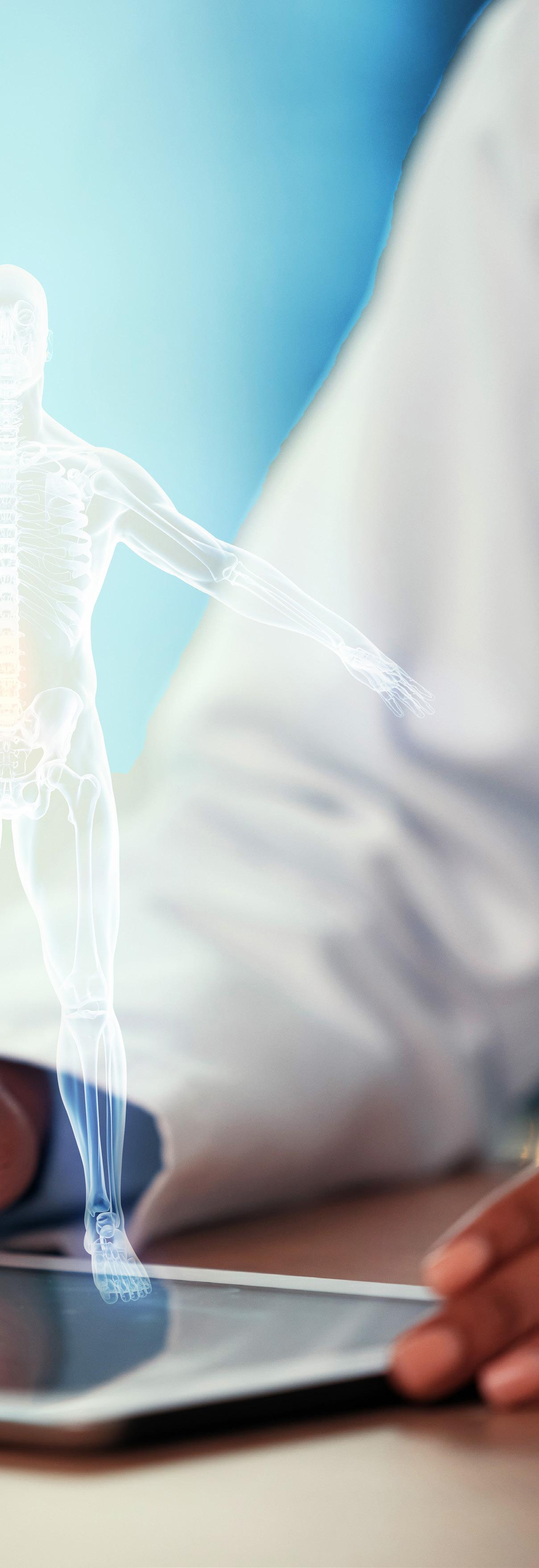
A digital twin is a dynamic virtual copy of a physical asset, process, system or environment that looks like and behaves identically to its real-world counterpart. Lindl sees potential for digital twin technology to help alleviate skill shortages in the healthcare industry.

“Digital twin technology can support healthcare in a range of ways, like creating realistic training environments for healthcare professionals. For example, enabling medical students and practitioners to trial complex procedures, surgical techniques, and emergency scenarios in virtual environments,” she explains.
“This allows for repetitive and immersive training without the need for physical resources or live patients.”
“I transitioned into technology as I was attracted by the power it has to make a difference in the world”
JESSICA LINDL VP OF EDUCATION & SOCIAL IMPACT, UNITY
Digital twins can also be applied to optimise healthcare processes and workflows. By analysing data from various sources, including electronic health records, wearable devices, and sensors, digital twins can identify bottlenecks, predict potential issues and optimise resource allocation.

“By helping healthcare organisations streamline operations and efficiencies, this enables healthcare professionals to focus on their most important role, patient care and interaction,” says Lindl.
However, many challenges still exist within the industry that are preventing the widespread adoption of these technologies. Healthcare professionals require training and education to effectively use mixed reality technologies. Adoption may be hindered if healthcare providers are unfamiliar with the technology or lack confidence in its use. Lindl believes that overcoming resistance to change and fostering user acceptance is crucial for widespread adoption.
“Mixed reality technologies can also be expensive to implement, requiring hardware, software and infrastructure investment,” says Lindl. “The cost of acquiring and maintaining the necessary equipment can pose a barrier for healthcare organisations, particularly smaller facilities or those with
limited budgets. What’s important to note is that, in the long run, these technologies have the potential to provide a huge return on investment as they simplify workflows, foster a more personalised understanding of patients and in turn provide better healthcare for all.”
Lindl’s advice for bodies within the healthcare industry looking to benefit from the use of mixed reality technologies, is to provide comprehensive training and support to healthcare professionals and end-users who will be utilising mixed reality technologies.
“A great starting point for healthcare professionals is understanding how technologies can benefit existing operations and build on their medical practices, rather than replace them,” concludes Lindl.
“In a human-centric industry, real-time 3D enables boundaries to be pushed from the real world into the virtual”
JESSICA LINDL VP OF EDUCATION & SOCIAL IMPACT, UNITY
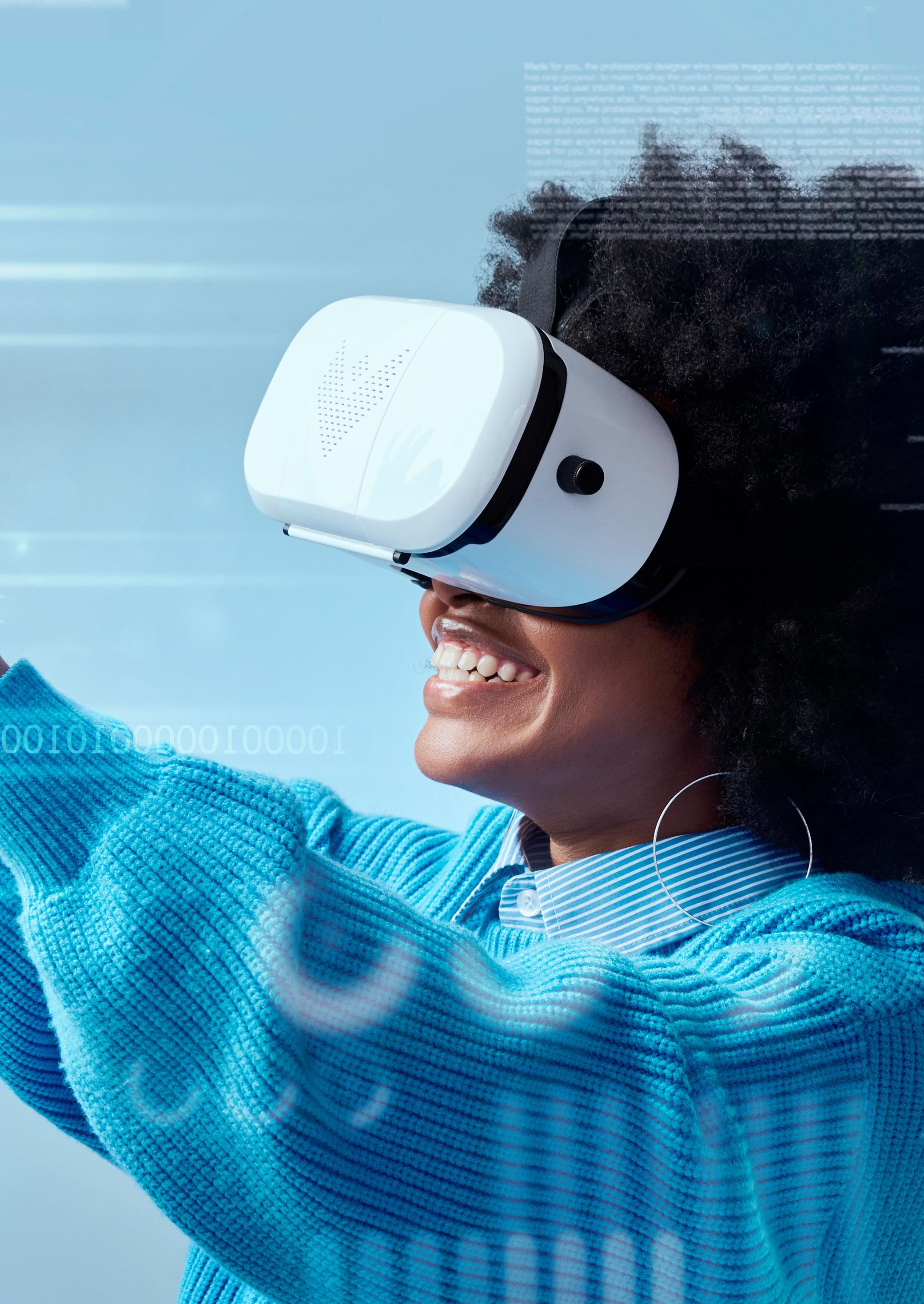
 WRITTEN BY: HELEN ADAMS
PRODUCED BY: JAMES BERRY
WRITTEN BY: HELEN ADAMS
PRODUCED BY: JAMES BERRY



Monette Knapik is the Executive Director of Procurement Supplier Diversity for CVS Health. Knapik oversees all areas of the company’s Supplier Diversity programme. Up until 15 years ago, most of Knapik’s career was spent as an IT Program Manager at CVS Health. Then, until a role presented itself in enterprise procurement.
“My IT background came forward, but I quickly transitioned into more of a procurement operations role, where I had categories like wireless and wireline, travel, credit cards, contingent labour, store supplies and print operations.”
Knapik also inherited CVS Health’s Supplier Diversity programme, which became something she was most passionate about.
“Three years ago, I was told that I was going to be 100% dedicated to Supplier Diversity. I’ve often had responsibilities for this, but by making me 100% dedicated to Supplier Diversity, our leadership showed their commitment to the role of inclusion for women-owned, diverse, small businesses in our supply chain.”
CVS Health may not have an official office dog policy, but when Monette Knapik works from home, she’s joined by three pugs.
• Compliant with HITRUST CSF Certifications and SOC 2 Reports

• Providing on-demand reporting and communication storage solutions for transparency in data and processes
• Hiring and keeping seasoned employees who understand the specific requirements and demands of the healthcare industry
• Continually investing in cutting-edge equipment and technology to facilitate automation and speed of delivery LEARN MORE


Universal Printing Company delivers data-driven excellence in compliance and marketing printing under CEO Margi McGrath’s leadership
Universal Printing is a full-service document solutions business, which specialises in printing and mailing high-volume, data-driven compliance and marketing materials. The company operates 24/7 from secure facilities staffed by seasoned employees.


All of its work, including IT, is performed on site. 80% of Universal Printing’s business includes 50 healthcare companies, with hundreds of plans in every state. Most of the Service Level Agreements are 24-48 hours and an increasing amount of programme work has sameday turnarounds.
Margi McGrath has been the owner and CEO for 28 years. Her role is to ensure that Universal Printing does everything they can to meet or exceed clients’ expectations. The team is also obsessed with Quality Assurance. “People touring our plants ask how we keep production moving with so much QA, but it’s critically important - and the proof is in our results,” says McGrath.
Universal Printing’s diversity and inclusion
The fact that Universal Printing is owned by a woman has naturally led the company to prioritise Diversity and Inclusion.
“I think people are empowered to do their best work when they’re recognised and welcomed for who they are in the workplace,” she says. Universal’s relationship with CVS began over ten years ago, when Universal Printing attended a Supplier Diversity meeting at CVS headquarters.
“Monette Knapik and her team learned about our experience with high volume regulatory printing and mailing - work that’s data-driven, targeted, customised.” Universal Printing had the expertise and the security certifications that CVS was looking for. A few months later, Universal Printing secured their first job. Since then, business with CVS has continued to grow. “CVS has mentored us as a diverse supplier and made us a better company,” says McGrath.
At Gardner Resources Consulting, we are a proud NGLCC-certified Owned Business Enterprise staffing partner.

We value and prioritize an environment of diversity, equity, and inclusion. With over 25 years of experience in IT & Life Sciences staffing, we strive toward your definition of success.
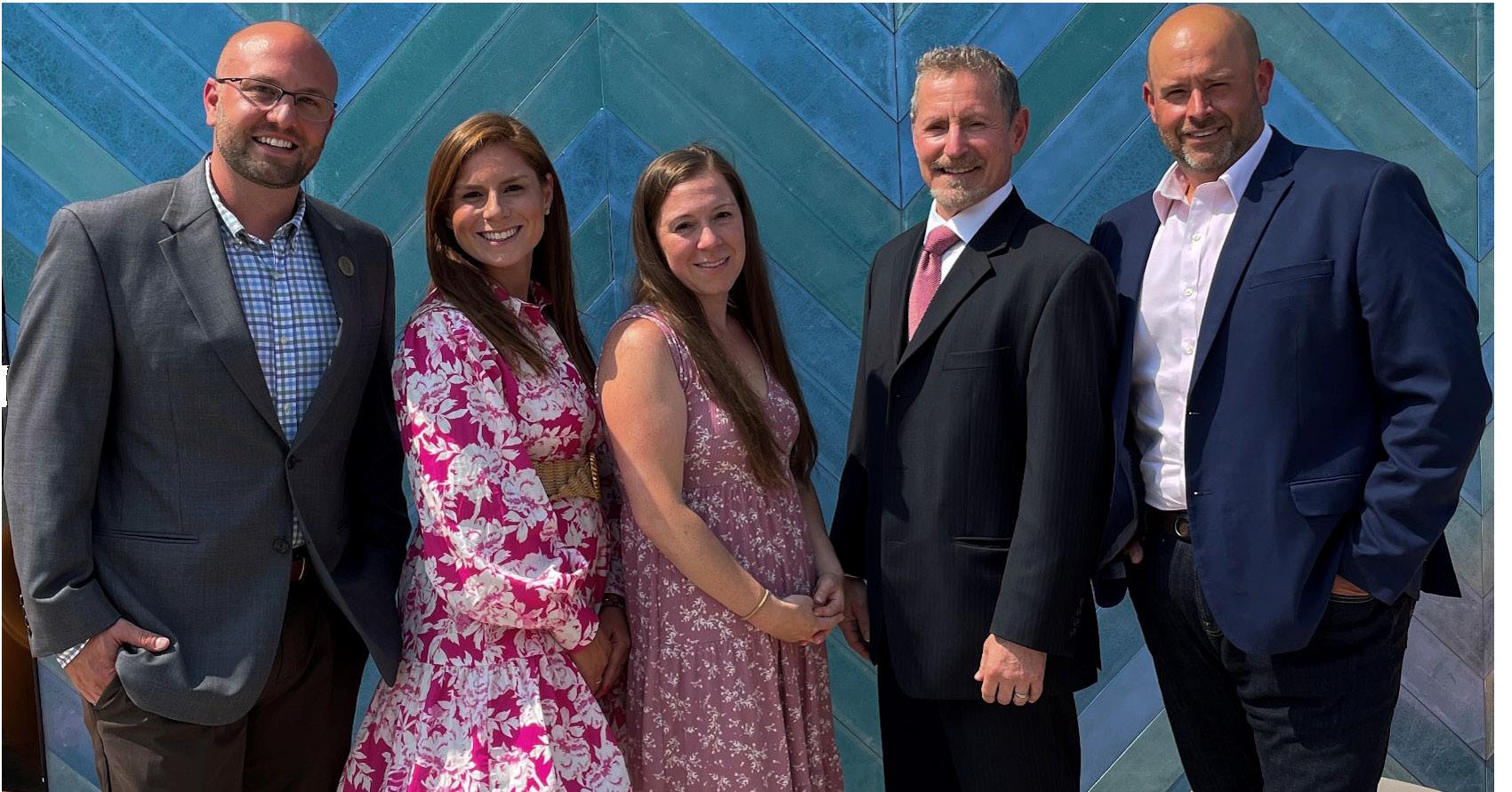

Knapik takes her passions to the highest level, whether as a ‘dog mom’ or as Executive Director of Supplier Diversity. Knapik ensures CVS Health’s supply chain is sustainable and diverse.

CVS Health’s Supplier Diversity programme is broken down into four pillars:
This pillar represents all the Supplier Diversity initiatives that are based around the organic growth of existing and new diverse suppliers. For example, this pillar includes our CVS Health and Roger Williams University Executive Learning Series, which is a programme that provides business skill development through a course curriculum developed by RWU, executive coaching,
supplementary workshops and networking opportunities.
The purpose of this pillar is to aid the Supplier Diversity team in determining in which ways we can communicate what we are currently doing as part of Supplier Diversity as CVS Health, as well as our future plans.
“This pillar includes strategies such as our CVS Health Business Building Events, which communicates to all of our 150+ Prime General Contractors the benefits of doing business with diverse suppliers and why it is important to include diverse suppliers in their supply chain,” says Knapik. “This pillar also includes our Supplier Diversity campaign, which started in 2020 to help educate our internal
TITLE: EXECUTIVE DIRECTOR, SUPPLIER DIVERSITY

COMPANY: CVS HEALTH
Monette Knapik is a dynamic, thought leader responsible for Supplier Diversity at CVS Health who brings an unparalleled energy to the table. She is responsible for spearheading the four Supplier Diversity Strategic Pillars, which is comprised of, Supplier Education and Development, Communication & Program Branding, Community & Industry Relationship Building, and Performance & Process Management. Within these strategic pillars, Knapik is held accountable for the execution of these strategies, fostering strong external relationships and partnerships with both national and regional advocacy organizations, as well as cultivating internal business department buy-in with Senior leaders and executives.
One of Knapik’s many goals is to build robust supplier partnerships by promoting an enterprise-wide culture of diverse supplier inclusion by affording opportunities to those that can bring innovation to our leading healthcare solutions company.
With a strategic and innovative mindset, Knapik has developed several internal programs to support the strategic pillars of Supplier Diversity such as the Executive Learning Series partnership program with Roger Williams University, the Business Development and Community Engagement Program Series in partnership with Florida A&M University, North Carolina A&T University, and Morehouse College.
Each of these programs support the business growth and development of diverse suppliers. Knapik also encouraged the creation of the Construction Business Building Event fostering relationships between CVS Health General Contractors and diverse subcontractors to ensure diversity goes beyond the first tier of the supply chain. Lastly, the Supplier Diversity in Merchandising program was created to provide diverse suppliers direct access to merchandising decision-makers and provide them an opportunity to take part in one of the Merchandising pilot programs, either Test & Learn, or the Merchandising Launch Pad.
Knapik was also instrumental in the induction of CVS Health into the Billion Dollar Roundtable in 2017. Knapik is continually in search of ways CVS Health can continue to promote an inclusive culture, whether it be by growing diverse suppliers organically, welcoming new diverse suppliers into the supply chain, through the emergence of business skill development programs, or offering diverse suppliers direct access to decision makers. By evolving the Supplier Diversity Program, we can build supply chain excellence, add distinctive goods and services to our business offerings, and enhance our brand among customers.
As Knapik would say, “It takes a village,” and with the support of our Senior Leaders, we are able to effect change in the communities we serve!

colleagues about what Supplier Diversity is as well as the importance of Supplier Diversity and how we can work together towards a common goal. Additionally, this includes our marketing and advertising strategy as well our communication, alignment and engagement, with sourcing and business departments across the enterprise.”
“This pillar is where we continue to build new and existing relationships with advocacy councils through memberships, sponsorships and other types of engagement, such as national and regional conferences and events, where we can network with diverse suppliers across the country, as well as other corporations and organisations.”

MONETTE KNAPIK EXECUTIVE DIRECTOR, CVS HEALTH
“Whether I’m talking to a diverse supplier, engaging with a business stakeholder or talking to an advocacy group, I want to ensure that those behaviours are intentional in all the work that we do”
The Supplier Diversity team utilises this pillar to be able to track current spend from Tier 1 and Tier 2 suppliers to be able to benchmark and continue to grow that spend year over year through the support of business stakeholders and decision makers.

“We also utilise this pillar as a foundation to manage our processes, such as the review of Pharmacy Benefit Management and Health Care Benefits Requests for Proposal (RFPs), which may include diversity requirements for the utilisation of diverse suppliers,” says Knapik. “This pillar is also where we build upon different initiatives throughout the enterprise.”
Knapik and her team are accountable for these strategies. The key to all of them is fostering strong external relationships with national and regional advocacy groups like
NMSDC (National Minority Supplier Development Council) and WBENC (Women’s Business Enterprise National Council), as well as cultivating a strong internal business department relationship.
“Although I have senior leadership’s commitment to supplier diversity and inclusion, I really need to show the value of the programme to all of the business stakeholders, because at the end of the day, we’re influencers – not decision makers,” says Knapik.
So how does she get business stakeholders to include diverse suppliers in their supply chain?
“We share with them the value proposition of supplier diversity. For example, customer
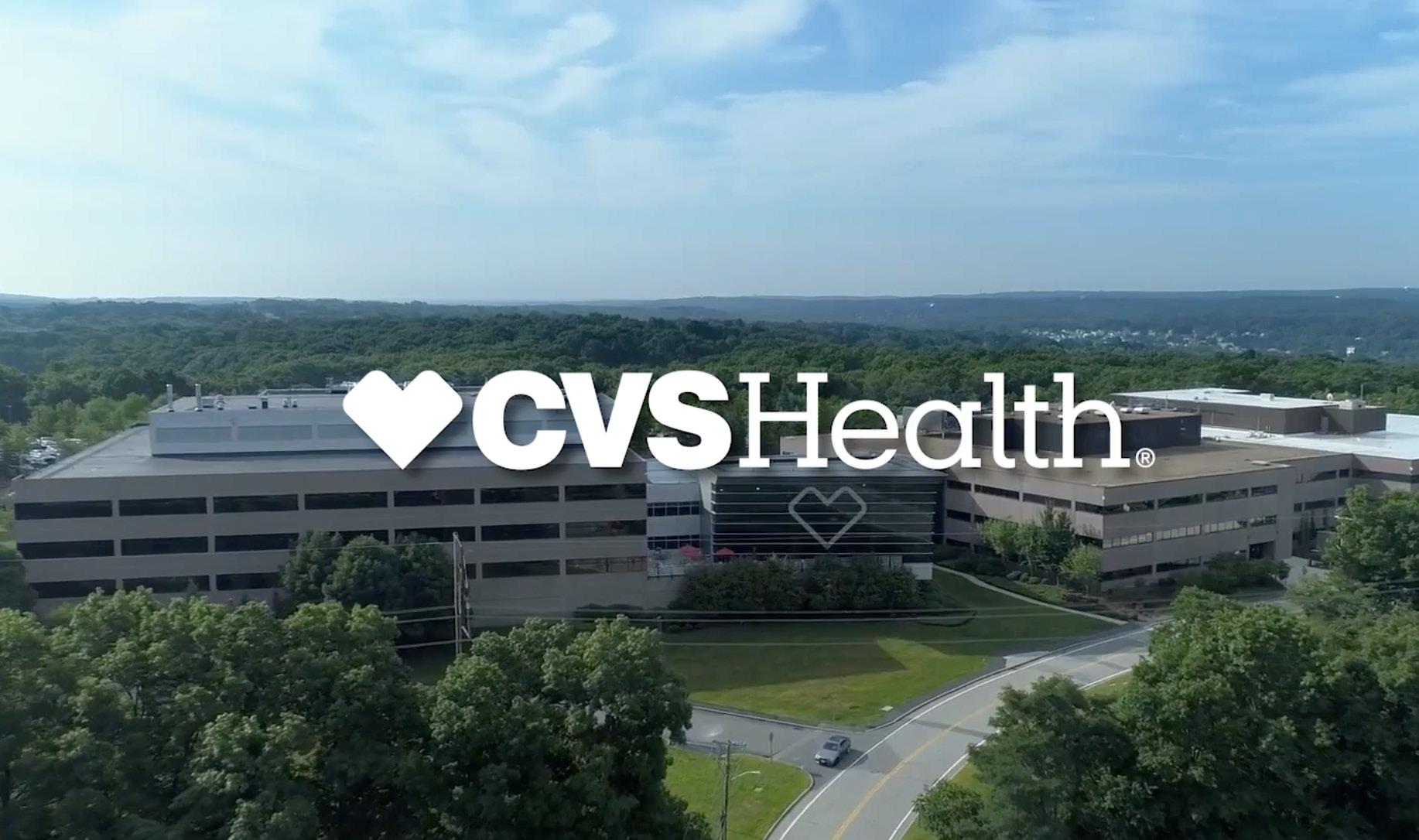
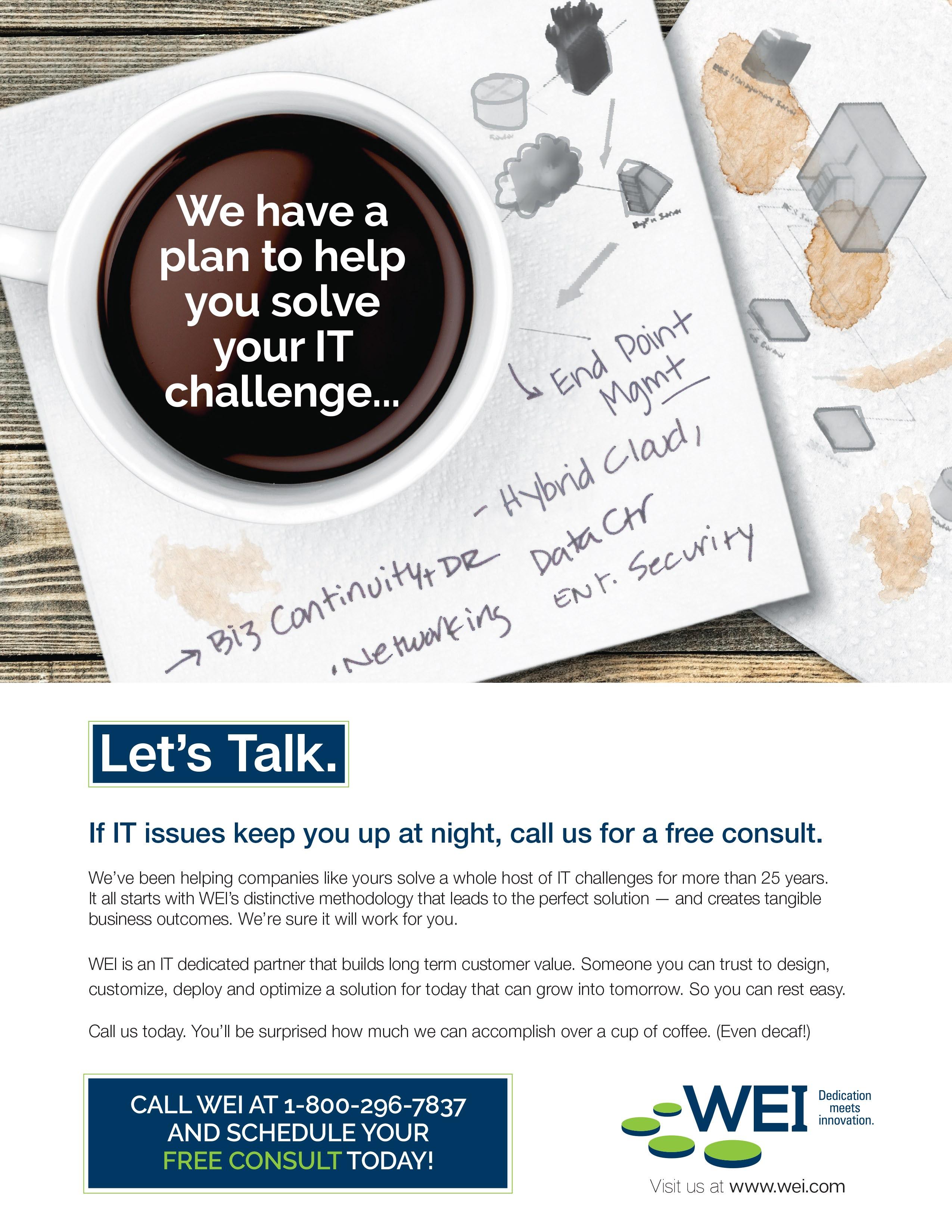
and colleague representation, economic impact, innovation and support of our Aetna and Caremark client relationships.
“More and more clients are looking for us to be inclusive by having diverse suppliers support our Aetna and Caremark contracts,” she says. “There’s a significant emphasis on the Supplier Diversity strategy and how we’re going to support any diversity requirements in each contract.”

CVS Health is championing growth and new standards with its purpose driven programmes. This is going to be the ninth year that CVS Health has partnered with a local university to create a learning programme for 20 diverse suppliers.

“It covers topics including finance, social media and marketing, ESG matters and capital growth investment, to name a few. This helps the growth and development
of diverse supplier’s businesses. CVS Health has partnered with Historically Black Colleges and Universities to support the growth and development of diverse suppliers in their communities.”
CVS Health is a purpose driven company, making healthier things happen, together with millions of patients, members and customers.
“Our goal is to improve the health of the communities, with local presence, digital channels and dedicated colleagues,” says Knapik.
CVS Health puts people first, rises to the challenge, joins forces, creates simplicity and inspires trust.
“Hard work is fundamental to everything we do, so whether I’m talking to a diverse supplier, engaging with a business stakeholder or talking to an advocacy
PPOIC is a full-service national distributor of shipping and packaging materials, a manufacturer of wooden pallets and crates, and a logistics & warehousing company. Servicing businesses throughout North America.


LEARN MORE


PPOIC provides the most consistent service, cutting edge strategies, and comprehensive solutions for your packaging needs
group, I want to ensure that those behaviours are intentional in all the work that we do.”
In 2017, CVS Health was inducted into The Billion Dollar Roundtable (BDR). The BDR members are comprised of Fortune 100 companies, whose mission is to continue the growth and development of diverse suppliers, as well as to share best practices in Supplier Diversity.
CVS Health has long gathered data for its annual ESG report, however we have become more intentional in 2023 in partnering with the company’s ESG team. Some examples of this are, including ESG questions in our RFPs and updated our Supplier Diversity policy and training module to include ESG language.
Our next step is to include language in our Master Services Agreement in which suppliers may be required to report their sustainability efforts.
Community business focus
CVS Health’s Supplier Diversity team has partnered with the company’s Project Health team in bringing Project Health to various advocacy group conferences to provide free health screenings to their attendees. The company is bringing Project Health to the National Gay Lesbian Chamber of Commerce (NGLCC), as well as the US Hispanic Chamber of Commerce (USHCC) and the Center for Women and Enterprise (CWE), in the coming months.
CVS Health works with several diverse and/or small vendors, including WEI, GARDNER Resource Consulting and Universal Printing Company.
“WEI is a technology reseller and innovator that has brought innovative solutions to the table, primarily for our retail business.
The Gardner Resource Consulting Group is an IT contingent Labour IT and digital
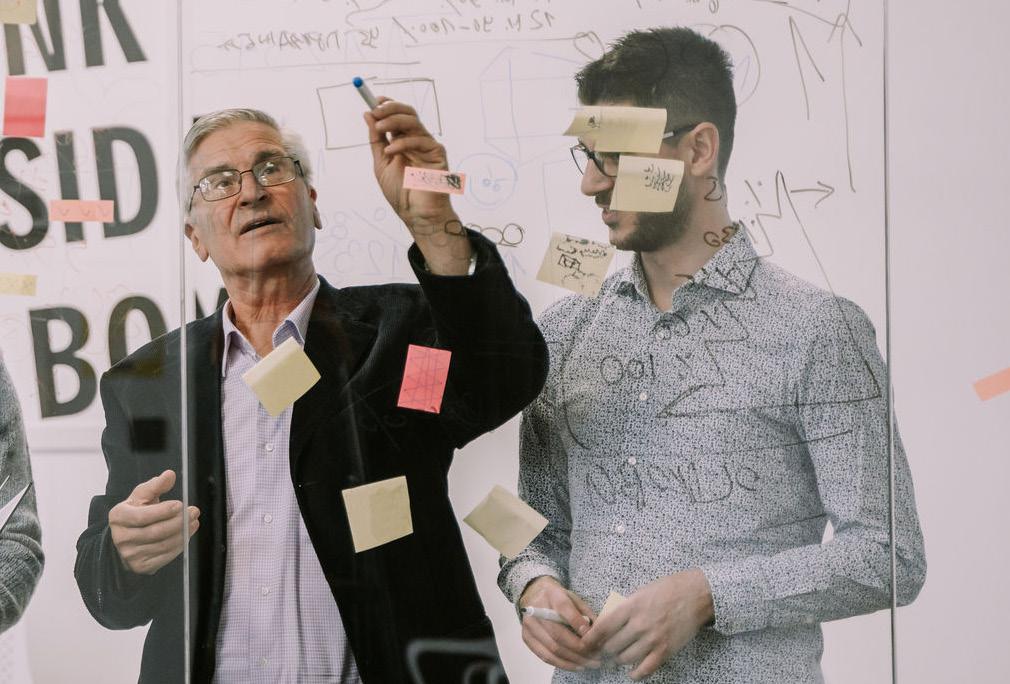

“Our goal is to improve the health of the communities, with local presence, digital channels and dedicated colleagues”
MONETTE KNAPIK EXECUTIVE DIRECTOR, CVS HEALTH
contingent labour vendor, which provides diverse talent and resources to support CVS Health’s IT and digital needs.
“Universal Printing supports our pharmacy benefit management side of our business to support the printed member communications for our Caremark clients. Planned Packaging of Illinois supports our packaging needs for our mail order pharmacies, as well as many of our distribution centres across the country.”
Gardner Resource Consulting GroupOver the next 12 months, the Supplier Diversity team will break down barriers, knowing that it is difficult for small and diverse businesses to be onboarded and do business with a company as large and complex as CVS Health.
“We’re looking at different ways to make it easier for them to get through the contracting process, to be set up in our accounts payable system and provide better payment terms.”

The company is also working on a supplier diversity professional mentorship program. CVS Health’s goal is to spend US$5bn with small and diverse businesses by 2030.
“In the next year, we want to create a supplier diversity advisory committee,” she continues. “This would involve various business advocates from across our enterprise to work towards a common purpose to grow our inclusion of diverse suppliers in our supply chain.”

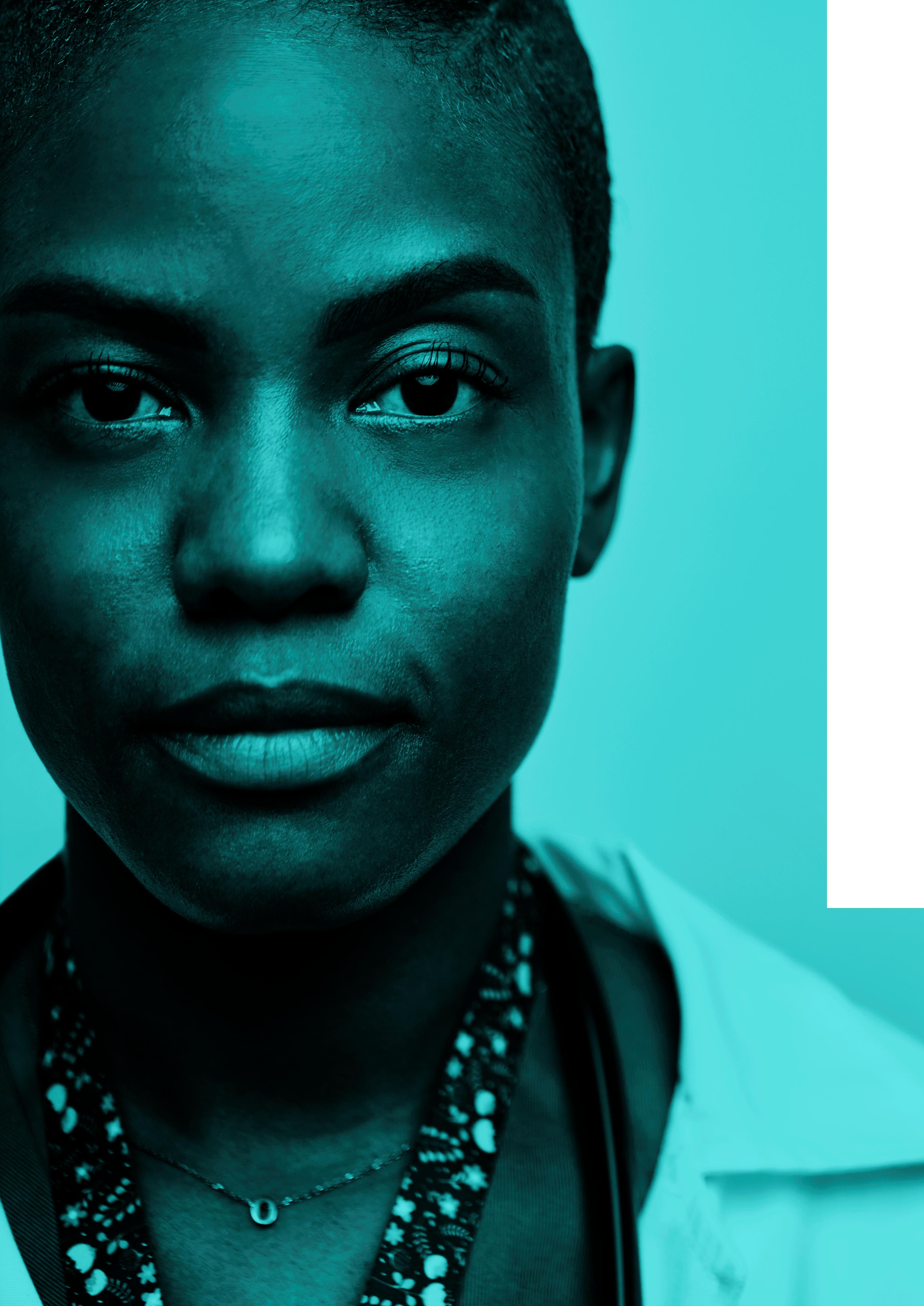





AI-driven technology can build solutions for medical providers. Penny Pinnock, Business Development Manager at Siemens Financial Services, tells us more
WRITTEN BY: HELEN ADAMSIn recent years, digital capabilities in healthcare technology have been shown to enable greater access and productivity, early diagnosis and contribute to better outcomes in healthcare systems. Most healthcare organisations have already embarked on digital transformation, but many are finding that the necessary investment in healthcare technology is substantial and cannot generally be afforded through available capital expenditure budgets in healthcare systems.
“This is the case both for ageing equipment that needs replacement and upgrading, as well as for newer technologies on the market whose benefits have only recently emerged,” says Penny Pinnock, Business Development Manager at Siemens Financial Services. “To boost the availability of capital with which digital transformation can be achieved, private sector finance can help the healthcare sector enable a digital, commercial, clinical and sustainable transition. This is where we come in.”



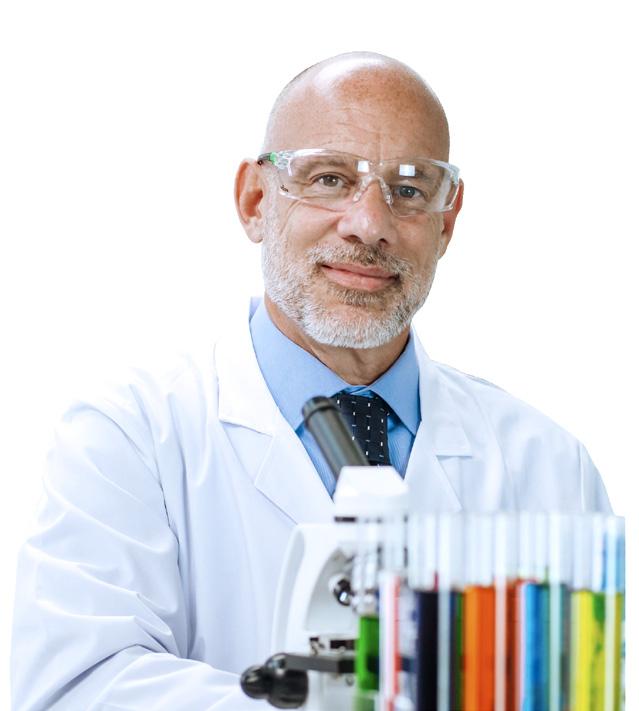





TITLE: BUSINESS DEVELOPMENT MANAGER


COMPANY: SIMENS
LOCATION: UNITED KINGDOM
Penny Pinnock has previously worked at CIT and Lombard. She joined Siemens Financial Services in 2012 and strengthens relationships with customers to build value in the healthcare sector.


Before joining Siemens in 2012 as the Public Sector & Healthcare Finance Account Manager, Pinnock’s career journey includes Customer Service Team Leader and Relationship Manager roles. In her role today as Business Development Manager, Pinnock builds working relationships with customers to understand their specific requirements, so Siemens can tailor its solutions to deliver value.
“In a nutshell, we finance what matters,” says Pinnock. “We are a specialist financing partner to many private medical providers and equipment suppliers as well as many NHS trusts, with in-depth knowledge of the healthcare industry and its technology and equipment. We provide finance solutions for all healthcare sectors including hospitals, diagnostic clinics, patient transport, laboratory and pharmaceuticals, veterinary, practices and surgeries.”



Pinnock previously spoke to Healthcare Digital about the advantages of adopting digital technology in the healthcare industry: “Whether it’s replacing equipment to enhance diagnostic capabilities or digitising the technology in infrastructure and buildings to drive down energy costs and emissions, by establishing a cohesive and consistent ‘digital thread’ throughout your organisation, you can ensure your system is aligned in its digital capabilities all the way along the patient pathway. Once this is established you will be able to reap the rewards of significant outcome improvements, clinical effectiveness, and cost reductions.”
However, in reality, there are many barriers to investing, but specialist in finance like Siemens Financial Services can provide the necessary guidance to help providers achieve the best possible outcome for patients.


AI-driven technologies can support healthcare providers The use of artificial intelligence in medical imaging is resulting in more efficient processes and subsequently greater productivity, so naturally Siemens Financial Services has been seeing a lot of demand in this area.
“Take radiology for example,” says Pinnock. “Machines equipped with the latest tech can use AI-based algorithms for diagnostic purposes, speeding up workflows and highlighting abnormalities with greater precision than ever before.”
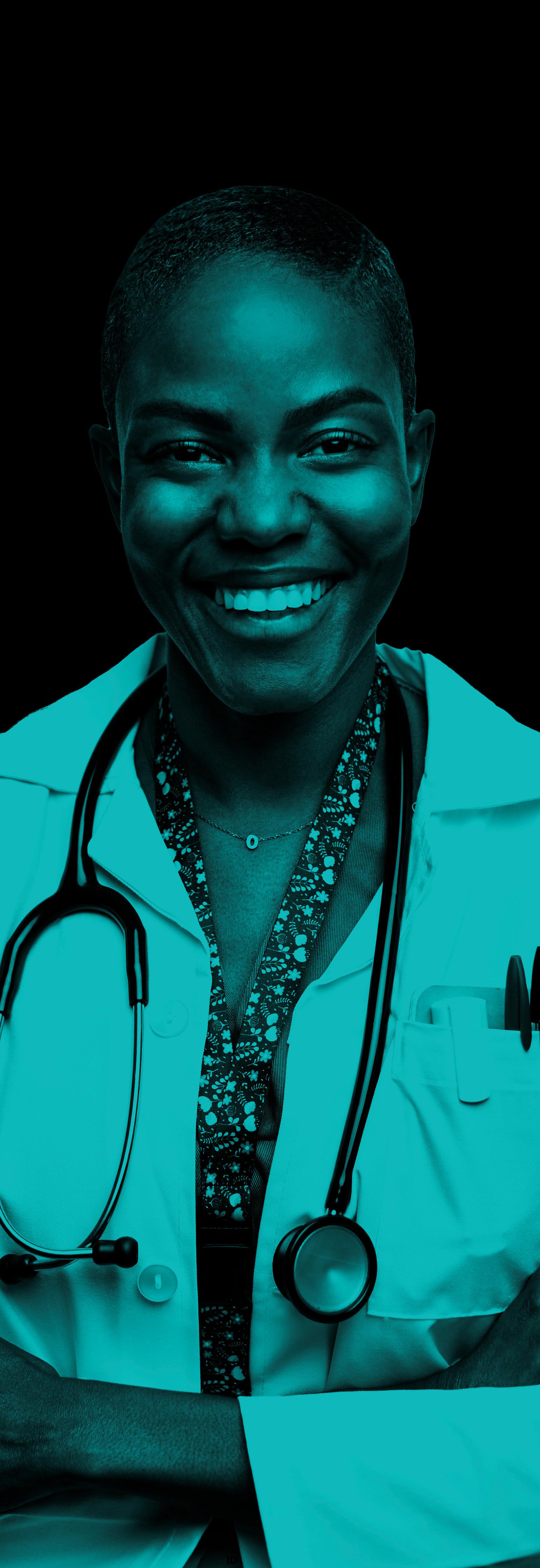
Siemens Financial Services can help healthcare providers acquire this equipment in a number of ways, through the use of a hire purchase agreement for example where the cost of the equipment is spread over an agreed period of time, at the end of which the customer has an option to own it outright.
“Alternatively, a finance leasing arrangement can be a cost-effective alternative, where we retain ownership of the equipment and the customer leases it at no up-front cost, instead spreading payments over an agreed period and returning the equipment at the end of the term,” adds Pinnock.
By impacting the delivery of care, patient outcomes and operational costs for healthcare systems the world over, Siemens Financial Services can enable these digital investments to make a positive contribution to efficiency and effectiveness in healthcare delivery and access, as well as patient outcomes both short-term and long-term. This can reduce the social cost of rising overall demand and lifetime healthcare costs.

“Upgrading ageing or obsolete equipment and technology can provide clinicians, care staff and administration with greater productivity, efficiency and healthcare effectiveness,” says Pinnock. “As well as existing equipment, new digital technology can make a step-change difference in the effectiveness of healthcare access and delivery.”
Where the additional benefits and improved outcomes from new technology will be gained over time, smart financing arrangements can be structured to reflect the impact of those benefits.

“Such smart financing also aligns payments with the rate and value of benefits gained, which means healthcare organisations can acquire the best equipment and technology option for their clinical and care needs, because flexible financing makes all options affordable,” says Pinnock.

Sustainability benefits also positively impact operational costs. Having a fully digitally aligned hospital means having buildings with more intelligent and energy efficient operations, saving money as well as reducing emissions.

Beyond the healthcare sector, Siemens Financial Services is empowering its global customers on the path to decarbonisation and offers a variety of financing solutions. The company has supported projects with a total installed capacity of more than 25,000 MW of wind energy, 12,000 MW of solar energy and 480 MW of other renewable energy production (including battery storage) across the world.
According to Pinnock, digital platforms are proving the essential enabler of achieving sustainability goals in the healthcare sector.
“Looking forward, we want to continue supporting the healthcare market with innovative financial solutions to enable digitalisation, allowing for more efficient processes and the best patient experience possible,” she concludes.
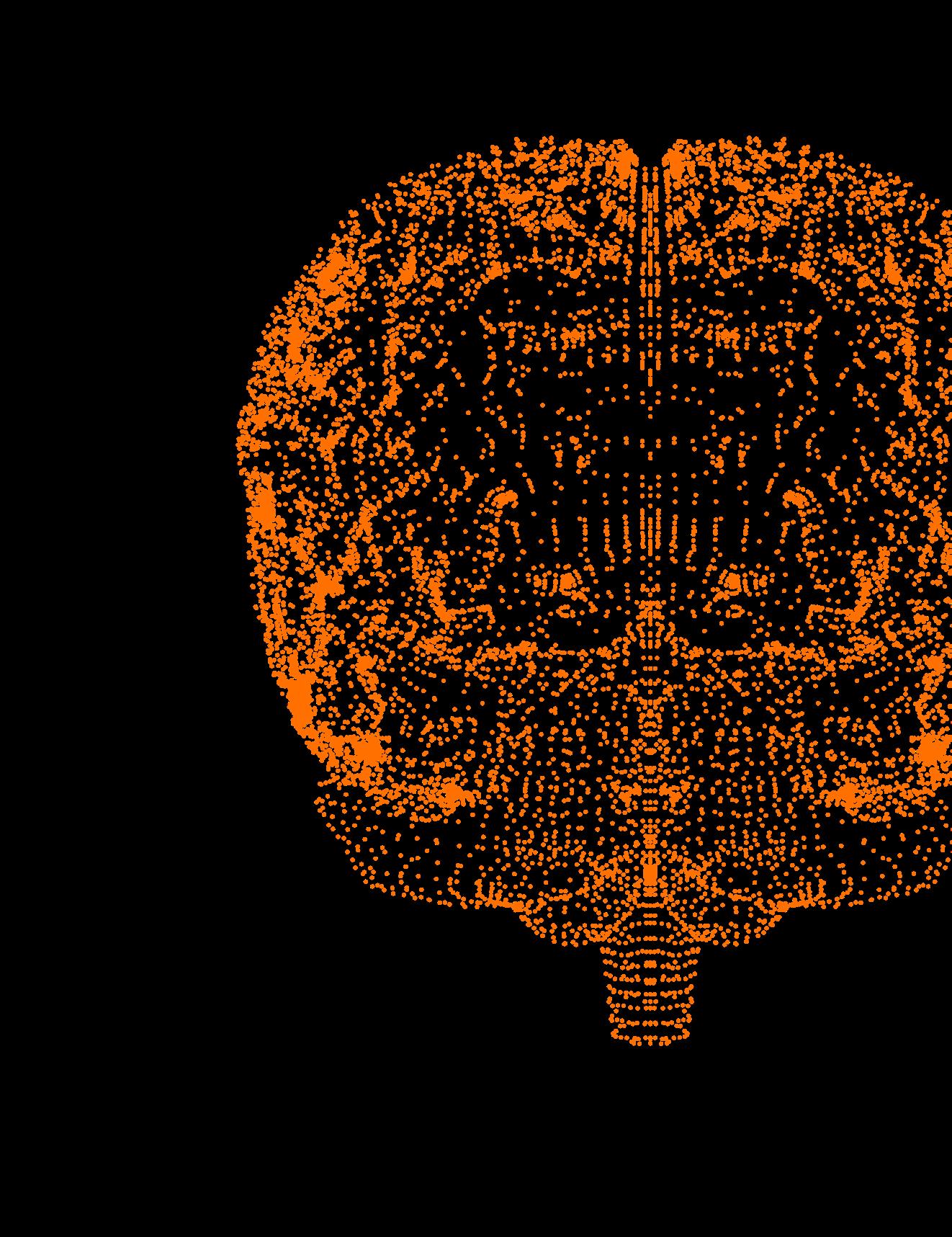
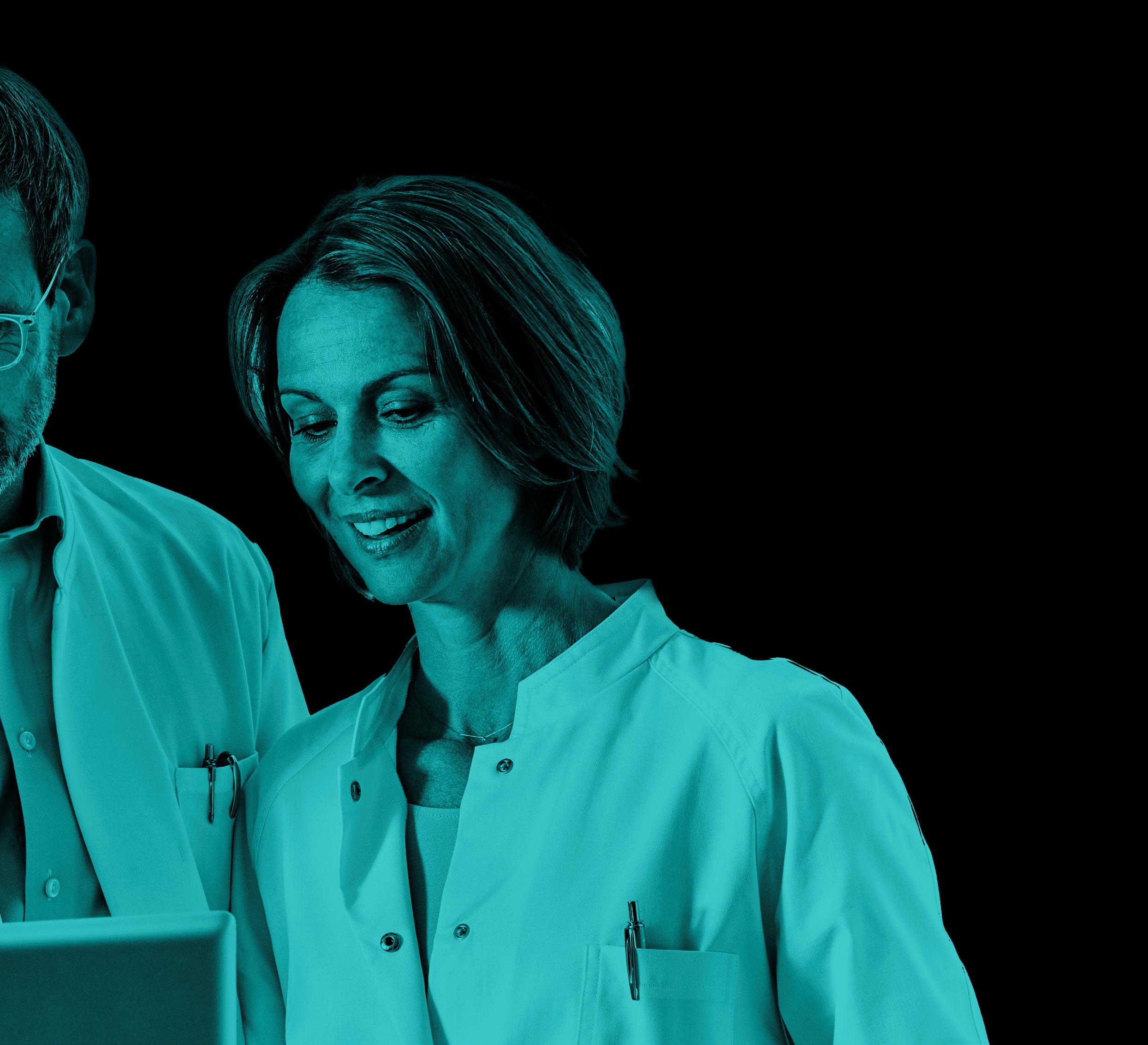
PENNY PINNICK BUSINESS DEVELOPMENT MANAGER, SIEMENS FINANCIAL SERVICES
“Machines equipped with the latest tech can use AI-based algorithms for diagnostic purposes with greater precision than ever before”
 WRITTEN BY: MARCUS LAW
PRODUCED BY: TOM VENTURO
WRITTEN BY: MARCUS LAW
PRODUCED BY: TOM VENTURO

The world of healthcare is experiencing a rapid transformation. As organisations look to embrace digital tools, the possibilities are endless: from enabling care closer to home to reducing costs and decreasing patient wait times.
Formed in April 2022 with the consolidation of three diagnostic imaging repository programmes, the Ontario Clinical Imaging Network (OCINet) was created to execute Ontario’s medical imaging digital health strategy.
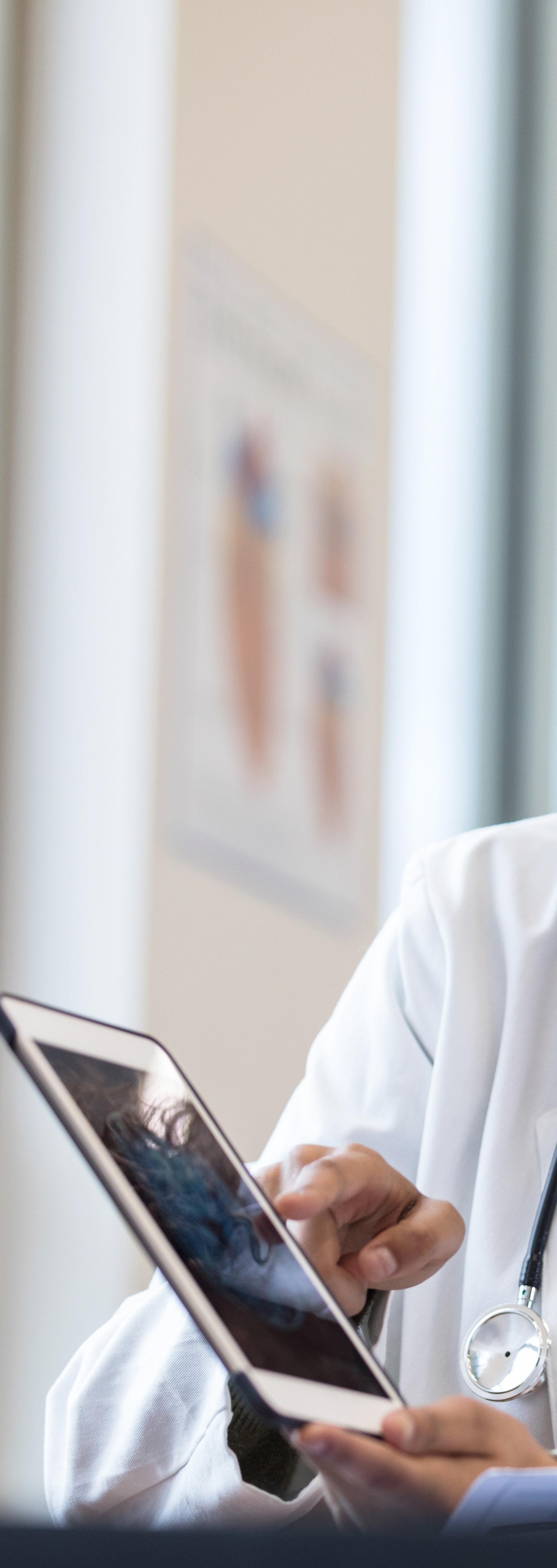
Building on efforts from the past decade, OCINet enables the secure storage and retrieval of image records, supports hospitals and independent health facilities (IHFs), and connects radiologists, referring physicians, and specialists with their patients’ images province-wide.
“In the early 2000s, there was an organisation in Canada called Canada Health Infoway, which had the mandate to digitise healthcare and bring value through technology,” explains Shafique Shamji, OCINet’s President and CEO. “They created a blueprint of how to digitise healthcare in the next century. Imaging was a large part of this, primarily because imaging tends to be a leader in digitisation and technology and innovation in general within the healthcare space.”
“GE HealthCare has been a very strong collaborator for a long time, and they understand the market extremely well”
SHAFIQUE SHAMJI PRESIDENT & CEO, OCINET
 DAVID VEENEMAN
TITLE: VICE PRESIDENT OF OPERATIONS
DAVID VEENEMAN
TITLE: VICE PRESIDENT OF OPERATIONS
COMPANY: ONTARIO CLINICAL IMAGING NETWORK (OCINET)
Veeneman works in partnership with healthcare providers in Ontario in the delivery of Diagnostic Imaging Repository services, shared Picture Archive and Communication Systems (PACS), and the Provincial Emergency Neuro Image Transfer System (ENITS).
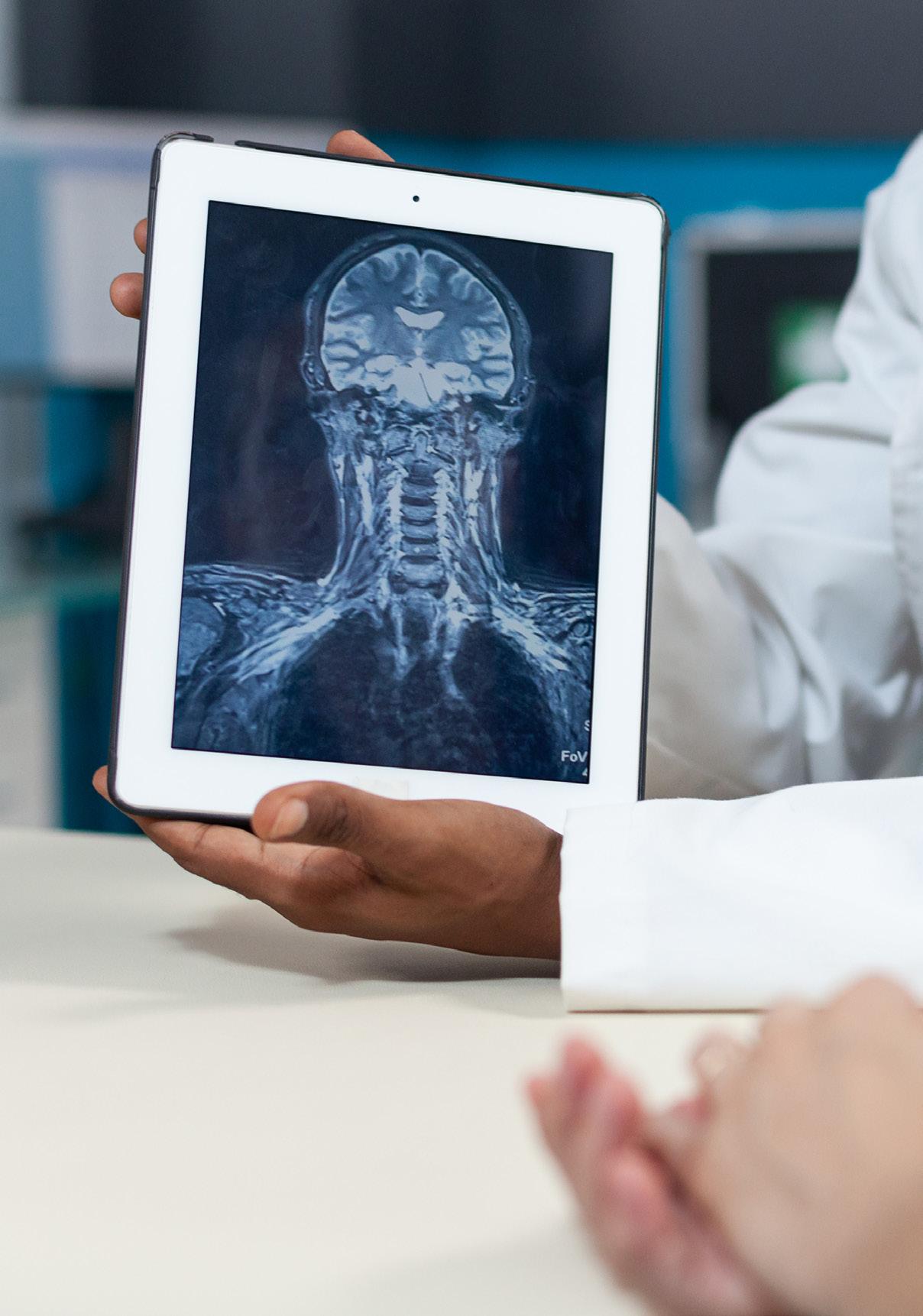
With 28 years of healthcare experience both locally and abroad, Veeneman brings direct clinical experience from a wide array of healthcare environments ranging from large multi-facility academic/research centres to rural medical aid stations.
Throughout his career, Veeneman has been at the forefront of transformational change through enabling technology and has successfully transitioned several large-scale multi-facility initiatives from the project phase to sustainable operational models.
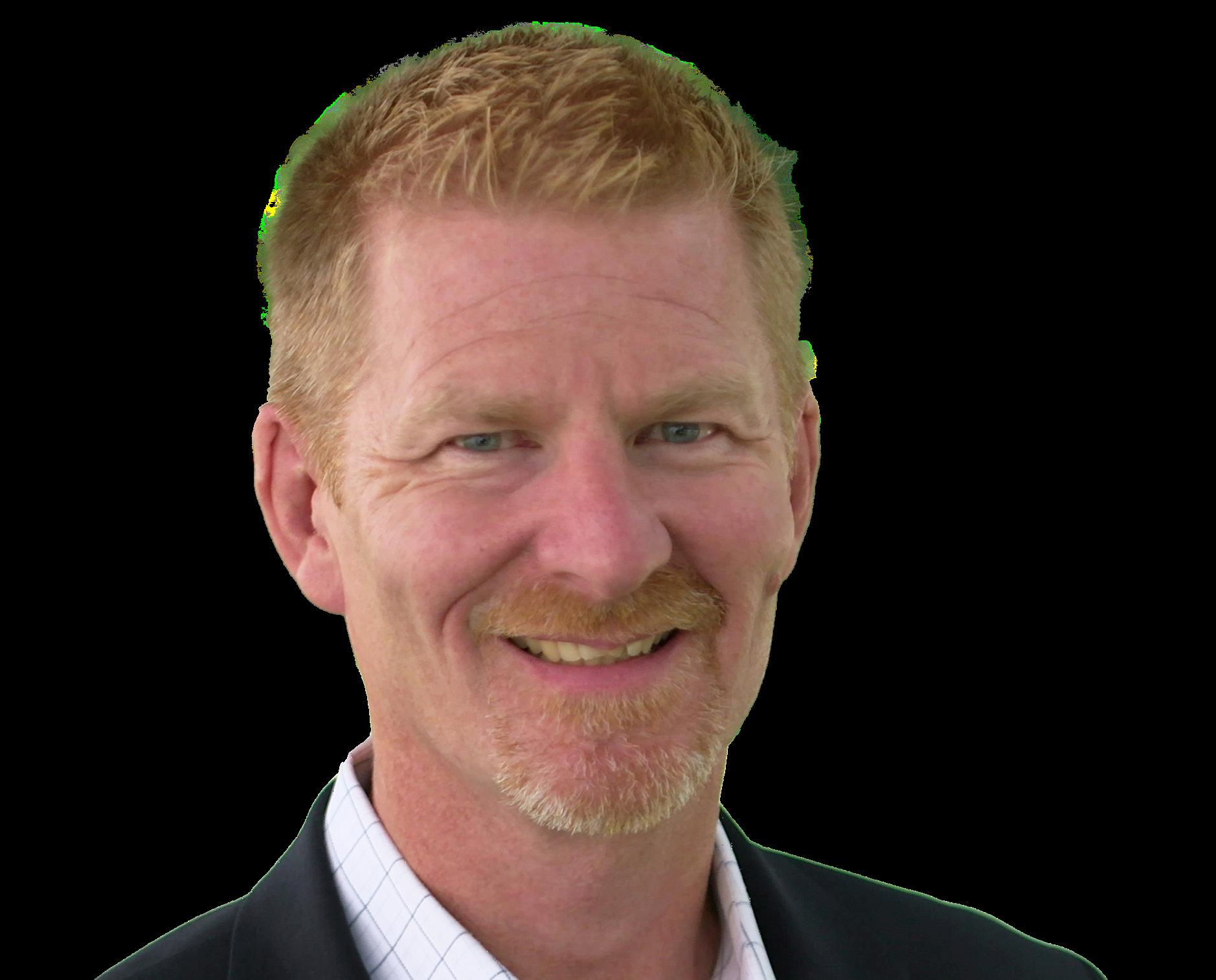
As Shamji describes, one of the recommendations for imaging from that blueprint was to centralise images and make them available regionally. “The Ontario government took that to heart, and in 2010 started the four imaging repositories in Ontario.”
The main objective was to increase speed in the imaging process, ultimately providing a better experience for patients.
“When you go to the hospital and you get an image taken, if there is something detected you have to go see a specialist who often works at a different hospital. If there’s a suspicion of cancer, you go to the cancer centre for example.
“If they have your images available to them, you get treatment much faster,” adds Shamji. “In the old days, they would have to repeat that image. You would have to wait for availability for that image to be taken and then wait for the reading.
“As you can imagine, when you’re going through something that traumatic, the anxiety level is quite high, and there is a high human impact. So, for the patient, this was a phenomenal transformation because that specialist had access to that image and could actually read it and bring a diagnosis a lot sooner.
“That was the idea: to reduce repeat imaging to help patients and to make these systems available centrally and not require local hospitals to make those significant investments.”

Fast forward to 2018, changes in patients’ behaviour were becoming apparent as services became increasingly centralised. “We began noticing that the patients within the province were moving a lot more than they were in the past,” Shamji explains.
TITLE: PRESIDENT & CEO
COMPANY: ONTARIO CLINICAL IMAGING NETWORK (OCINET)
Shamji has over 25 years of experience in Technology, Business, Healthcare, Software Development, Telecommunications, and Information Services. Shamji was previously the EVP and CIO at The Ottawa Hospital; Chief Operating Officer at Macadamian Technologies, President of Privasoft Corporation, and President of Time iCR in Ottawa, which was acquired by Rogers Communications where Mr. Shamji served as the Vice-President of Professional Services.
Shamji has also spent several years in the US where he was Chief Operating Officer of TeleHub Network Services in Chicago; President of LD Exchange in California; and Vice-President of Network Services for Fidelity in California. Prior to that, Shamji held several senior level positions in Toronto with AT&T Canada, Unitel Communications and Nortel.
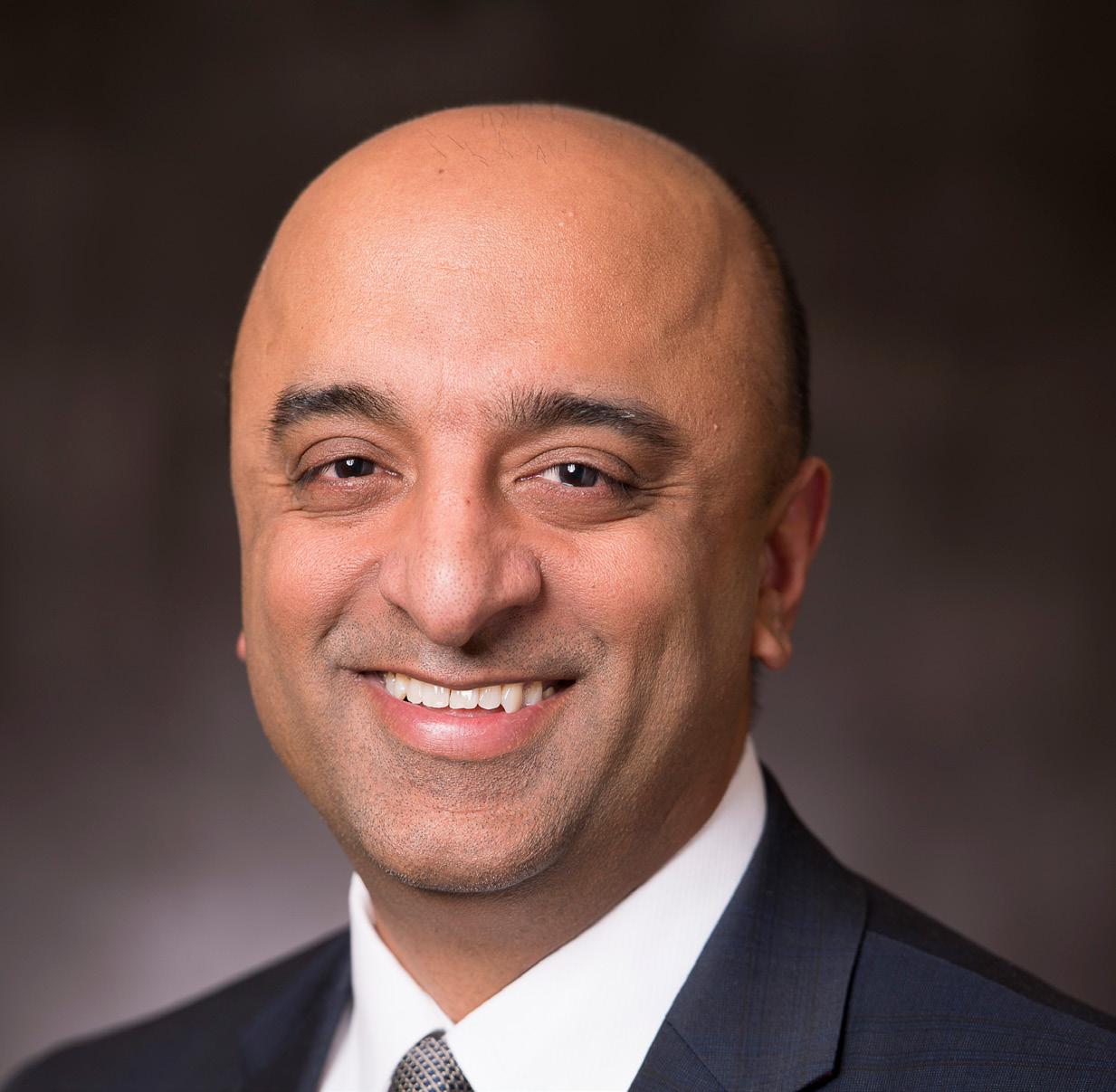
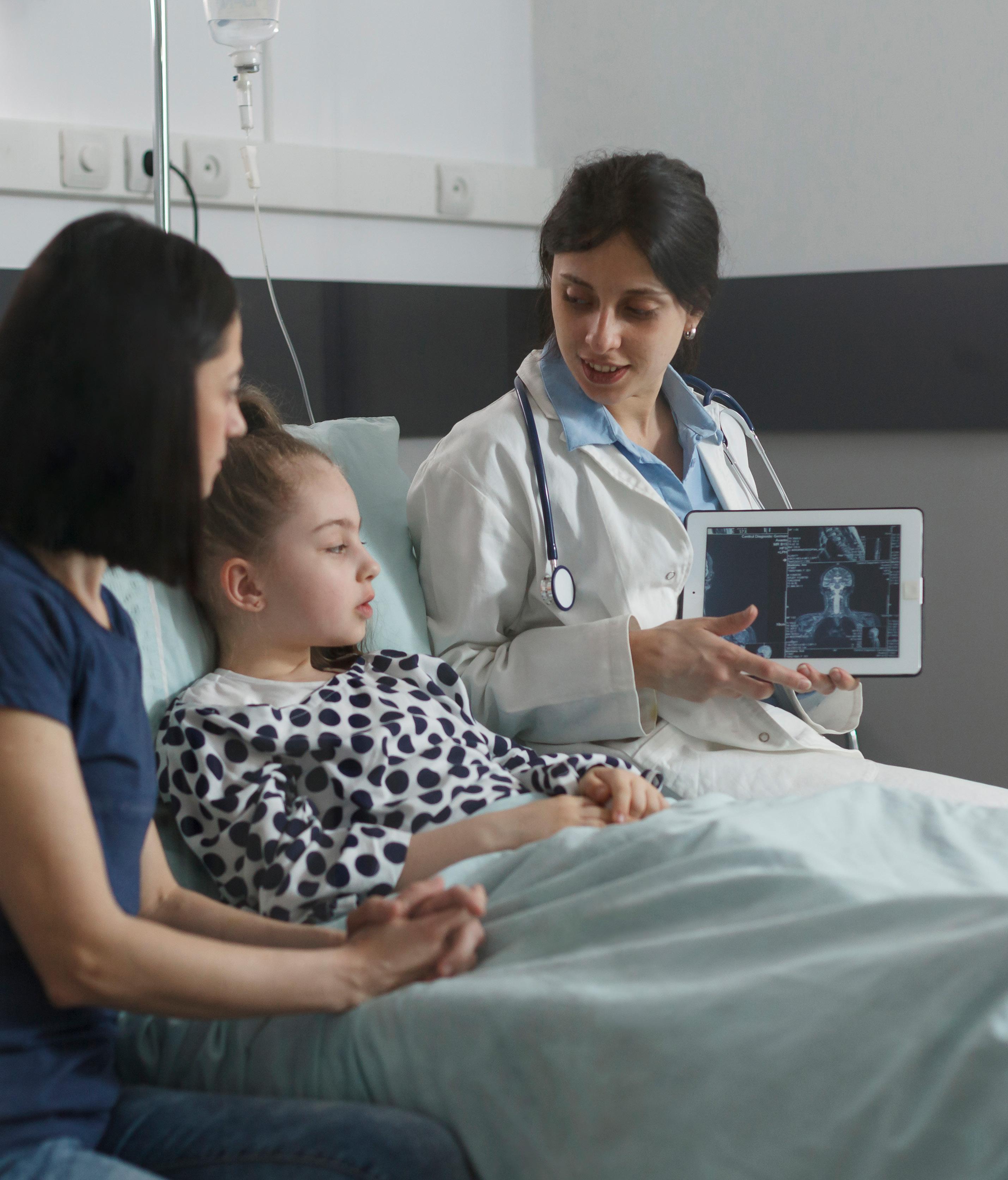

In a collaboration spanning 15 years, GE HealthCare and OCINet work with expertise and mutual trust to solve problems and create innovative solutions

GE HealthCare is focused on providing hospitals with new technologies and innovations to help them deliver a world that has no healthcare limits. As John Insko, Chief Commercial Officer for GE HealthCare’s Solutions for Enterprise Imaging (SEI) business, explains, its work with the Ontario Clinical Imaging Network (OCINet) is no exception.
“We’ve worked with OCINet for over 15 years and have had the opportunity to grow together – building experiences and thought leadership,” Insko comments.
The collaboration between GE HealthCare and OCINet started in 2005 with the building of the DIRs, and today, the repositories hold 185 million exams. With sights now turning towards consolidating these repositories, the long-standing relationship between these two organisations has enabled a healthcare transformation.
“OCINet is a tremendously important customer to us,” adds Mike Hamilton,
President of GE HealthCare in Canada. “We’ve had a longstanding relationship with them in the area of digital imaging repositories, and we’re excited to continue to be part of this digital imaging repositories evolution in Ontario.”
“One thing that’s really special between GE HealthCare and OCINet is the fact that we’ve had extraordinary continuity of resources on our teams on both sides,” Hamilton explains. “When you’ve worked so closely with a collaborative partner like OCINet, there’s an incredible level of expertise, mutual trust and openness to solve problems and create solutions as one team.”
GE HealthCare will continue to support OCINet’s strategic goals, particularly around connected, convenient, patient-centred care. As Insko concludes, GE HealthCare will help OCINet continue to evolve and incorporate other specialties into the digital imaging repositories, exploring cloud and AI-enabled technologies. “As to the future, we’re excited about our ability to continue to evolve this and continue to utilise these learnings and technologies.”

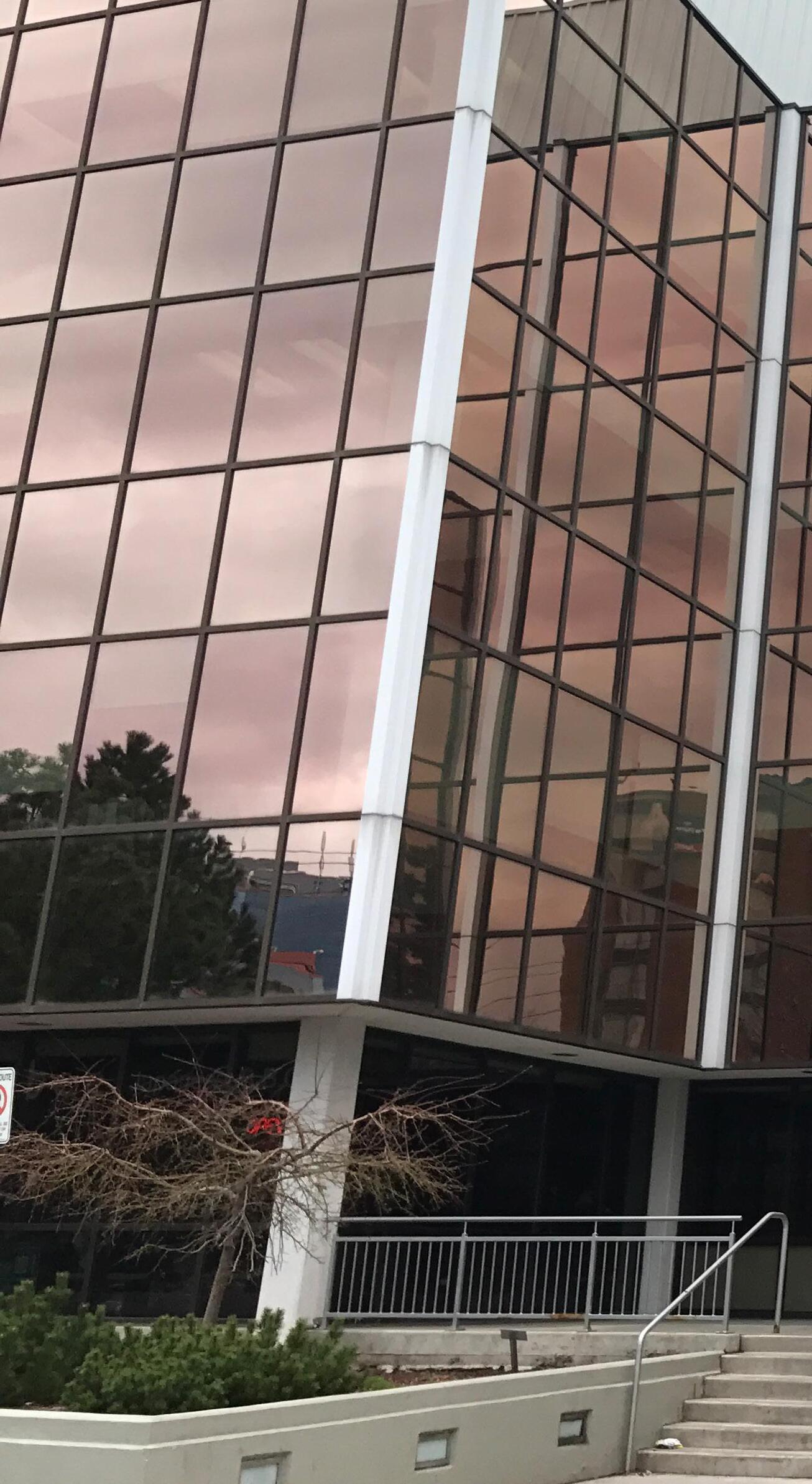
“As services became more centralised, specialists were merging into these centres. And so, patients started travelling to these often very hard-to-find specialists.”
As a result, patients’ health records needed to follow them, and centralisation was the way to go. This is where OCINet comes in: managing all these repositories. Today, these Diagnostic Imaging Repositories (DIRs) hold 185 million exams.
“We have merged into three repositories instead of four. Eventually, the mandate for us is to merge all of them into one DIR, because the technology is now available to do that and do that at scale.”
As David Veeneman, OCINet’s VP of Operations, explains, this goal to merge into one DIR is an exciting strategic move.
“Two of those three were already based on GE HealthCare’s enterprise archive, and the third one was on another vendor’s product. So, we were at a point where that product needed to be substantially upgraded, both software and hardware.”
This, Veeneman adds, was used as an opportunity to align technologies across the province. “This is a significant enabler for us because now converging the entire province, not yet to one DIR, but to one common vendor and to one common technology
stack. This has presented a huge opportunity for us to start stitching those technologies together, and to transition to a common patient-matching algorithm across three DIRs to create consistency from an end user experience, and from a patient-matching experience.
“We’re not a big company; we’re 40 people strong,” comments Veeneman. “So to be able to align on a singular technology stack creates a huge synergistic opportunity for us. Upgrading that to cloud services, going from a single vendor solution, it is going to be materially simplified, a common database, common patient
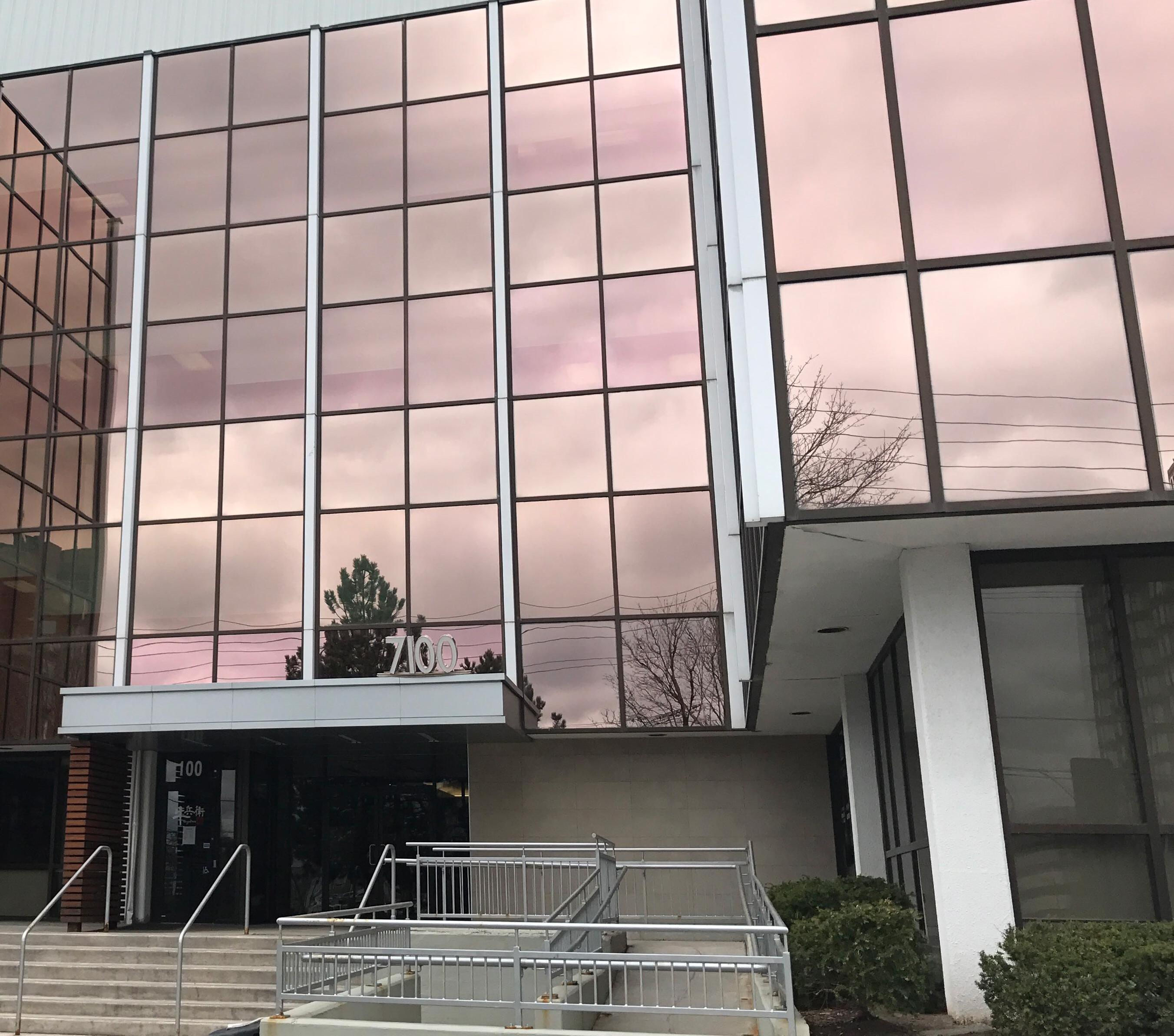
“When you’re dealing with 12 petabytes of data, and almost 200 million exams, you need a vendor you can trust”
DAVID VEENEMAN VICE PRESIDENT OF OPERATIONS, OCINET
The OCINet offices in Markham, Ontario
matching. All of these things become really complicated when you try and consolidate and integrate all of that data from multiple sources into a different solution.”
With the centralisation of imaging, an opportunity became apparent to help hospitals centralise other systems including PACS. From there came the concept of the shared Picture Archiving and Communications System (PACS). Today, OCINet offers shared PACS to over 40 hospitals in Ontario.
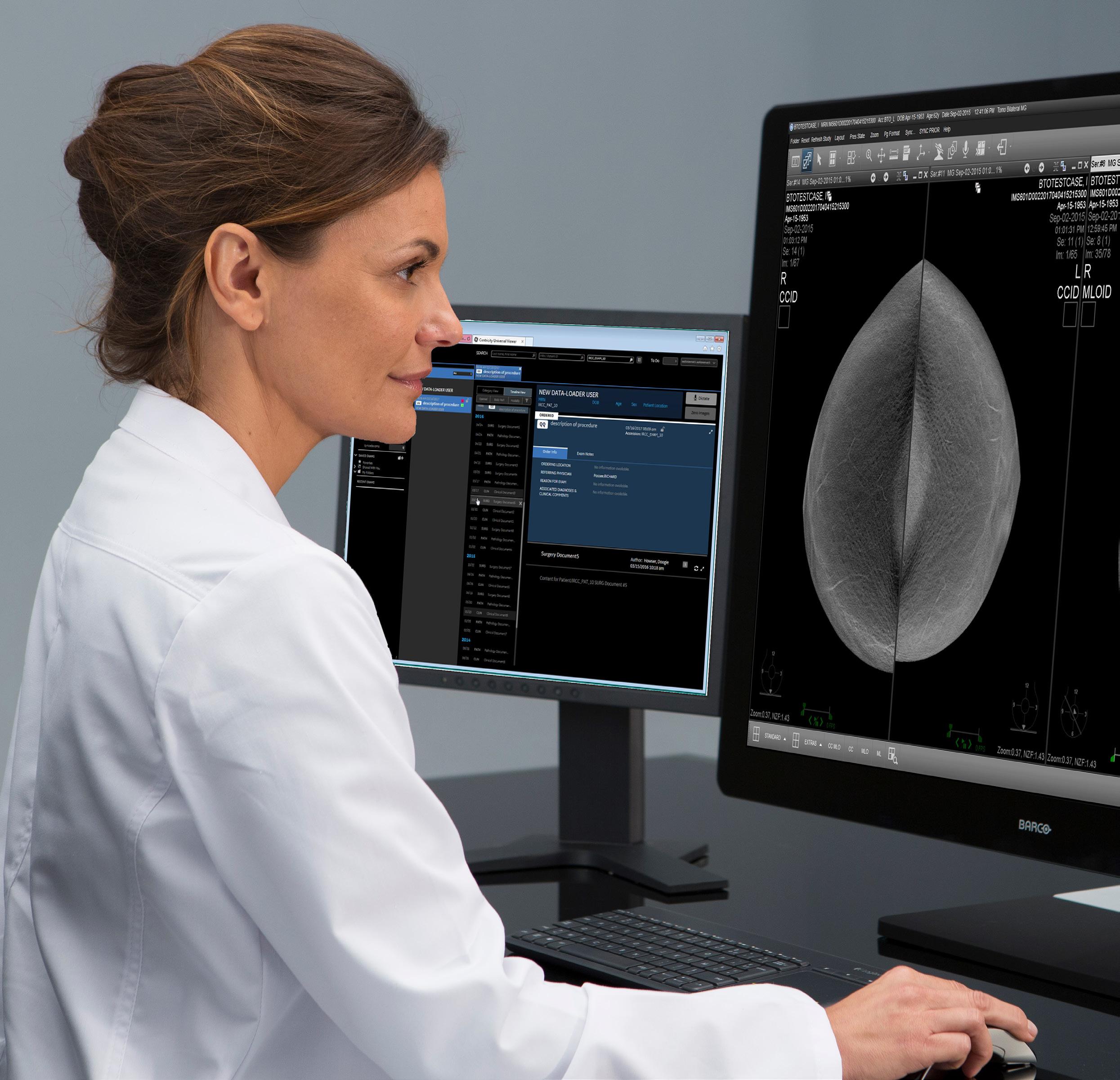
“One of the things that the industry realised,” Shamji explains, “is that if we’re centralising imaging and the availability of images through repositories, that’s pretty closely related to what a hospital does on a regular basis with their PACS, the picture archiving and communication system to read those images.
“And the same value statement could be made in that not everyone should be investing heavily in these very large enterprise systems.”
OCINet’s collaboration with GE HealthCare OCINet has a long-standing relationship with GE HealthCare. “GE HealthCare has been a very strong collaborator for a long time, and they understand the market extremely well, specifically the Ontario market and how that system works,” Shamji describes. “They understand the idiosyncrasies around funding, around capabilities, around integration, around the non-for-profit healthcare system that we run in Ontario. And that makes a difference because anybody who doesn’t understand it will try and implement something that won’t work because it’s very different from the US-based for-profit healthcare system.”
“The collaboration with Ge Healthcare goes all the way back to when we started building the DIRs in 2005,” Veeneman comments. “What’s unique about Ge HealthCare) is the commitment to the DIRs, and to the province of Ontario in particular. A lot of people think of the DIRs as vendor neutral archives (VNAs), and that is certainly a core component of the DIR. But the DIR in itself is not an off-the-shelf product. It’s made of multiple technology stacks because we’re not just archiving data, we’re distributing that data, and we’re providing an image view into that data.
“Success is directly tied to the collaboration that we get from our vendors. And there have been a lot of strong vendor collaborations along the way, but I would say none are as strong, as long or as big as our work with GE HealthCare.”
As Veeneman explains, GE HealthCare’s Edison Datalogue has enabled OCINet to integrate the imaging archives from 18 different PACS vendors, in what has been a major accomplishment.
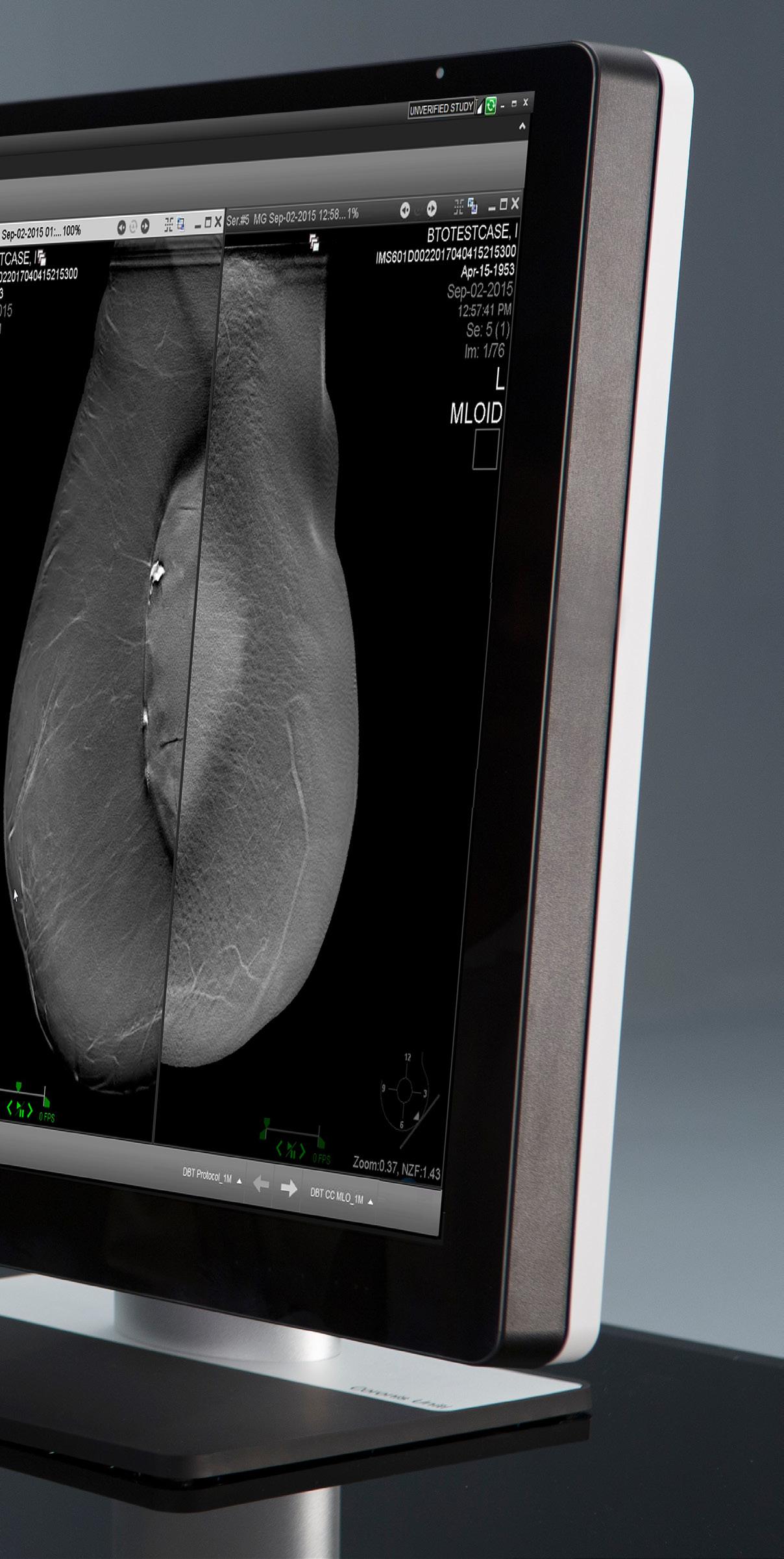
“Each vendor does their business just a little bit differently but being able to bring that data in from those organisations in a fashion that allows those organisations to decommission their local archives, that’s a huge benefit. That is a benefit from an operational sustainability perspective, it’s a benefit because it returns those funds back to that organisation to allow them to reinvest them in delivering patient care instead of infrastructure.
“It’s also a benefit because, quite honestly, with the magnitude of data that we’re storing, we’re able to do that with an enterprise-grade system that has full image replication across two disparate data centres in a way that a lot of hospitals just can’t accomplish. So, Edison Datalogue has enabled that level of complete image redundancy in a way that data availability and data loss are not even factors any more for us. So that’s been a huge win for us provincially.”
OCINet’s collaboration with GE HealthCare is vitally important, Veeneman adds. “For us, the notion of swapping out vendors every couple of years is an untenable situation. When you’re dealing with 12 petabytes of data, and almost 200 million exams, you need a vendor you can trust.
“The other aspect to this is we have enabled 80-90% of the hospitals in the province of Ontario to decommission their local archives. So, we need a product and a vendor that we can count on long-term. Just like any client, we’re going to have bumps along the way. You’re going to have service disruptions, you’re going to have issues with technology, and you need to know that you’re working with a vendor

“To be able to align on a singular technology stack creates a huge synergistic opportunity for us”
DAVID VEENEMAN VICE PRESIDENT OF OPERATIONS, OCINET
that’s got your back. We’ve lived through those bumps in the past, and we know that that relationship exists with GE HealthCare. And that can’t be underestimated. This is not a collaboration or a solution that we would hand over to the latest and greatest startup. The value of the collaboration and the trust that we’ve built with GE HealthCare over the years is definitely something that allows us to deliver to the province on this trust that’s been handed over to us.”

The opportunities presented by AI have created a lot of interest in countless

industries across the globe, and healthcare is no exception. As Shamji explains, with OCINet managing such enormous amounts of data, the organisation meets one of the core requirements for proper AI: big data.
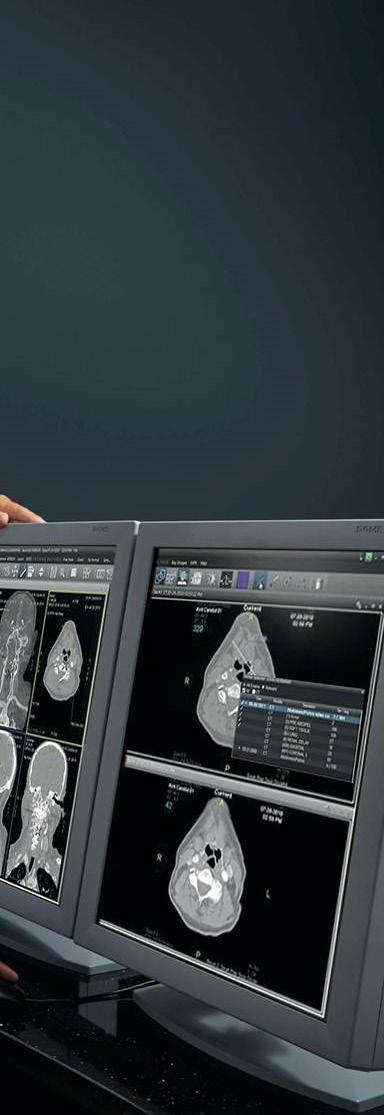
“We manage almost 12 petabytes of data. That, by definition, is big data. So we have one of the core components required to actually implement a strong AI capability. The corollary for that is that the value of AI is likely at the point of care, the highest value. There are other values of AI when it comes to sort of population health analytics, for instance. But in terms of providing care and where you can actually use it the most, it’s really at the point of care. We’re trying to figure out what is the best use of AI with the data that we have, as much as public policy and legal requirements allow.
“Right now, I don’t think anyone’s particularly there yet with enterprise-grade AI capabilities for imaging, but I think we’re pretty close. What I’d like to start to do is try and get our foundation in place so that we can make full use and take full advantage of AI when it’s ready for these large enterprisegrade capabilities,” Shamji adds. “That’s why there has been such a large push towards centralising all of the DIRs and bringing all of that data into one single repository. Whether it’s cloud-based or local at that point, there is value to both. Ultimately, we’re focused on centralising so that we can take advantage of AI capabilities.”
“In the old days, you would have to wait for availability for that image to be taken and then wait for the reading”
SHAFIQUE SHAMJI PRESIDENT & CEO, OCINET
 WRITTEN BY: HELEN ADAMS
WRITTEN BY: HELEN ADAMS
The modern world is facing a data overload – with the efficiency of microchips advancing, it allows us to store and process more data than ever before, yet that data is so big, it’s difficult to use.
One company doing something about this is LifeOmic, a healthcare technology company solving the industry’s largest problems — connecting, consolidating and visualising complex health data to
improve patient outcomes. Its technological backbone, The LifeOmic Platform, is a secure and scalable cloud-based software solution designed to aggregate and visualise complex health data to power precision health.
Matt Lavin is the Vice President and General Manager of Platform at LifeOmic. In this role, he sets the direction for what products the company should build. “A big part of my work involves talking to lots of early-stage companies, hearing their visions
for the future of healthcare and making sure that the LifeOmic Platform has the features they need,” he explains. Below, Lavin tells us more about transforming patient care and the opportunities of data-driven, personalised care.
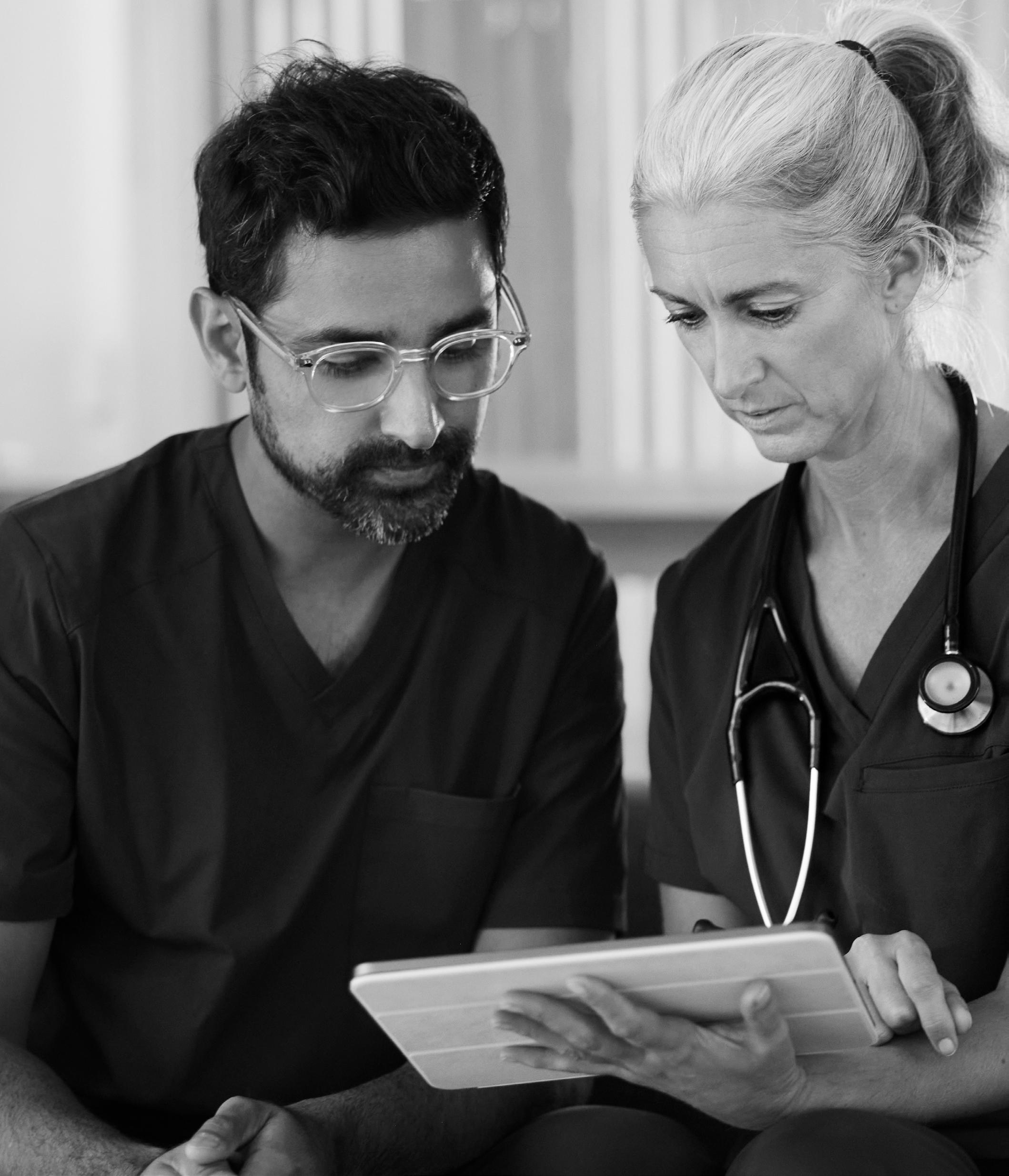
According to Lavin, the healthcare industry can unlock the power of
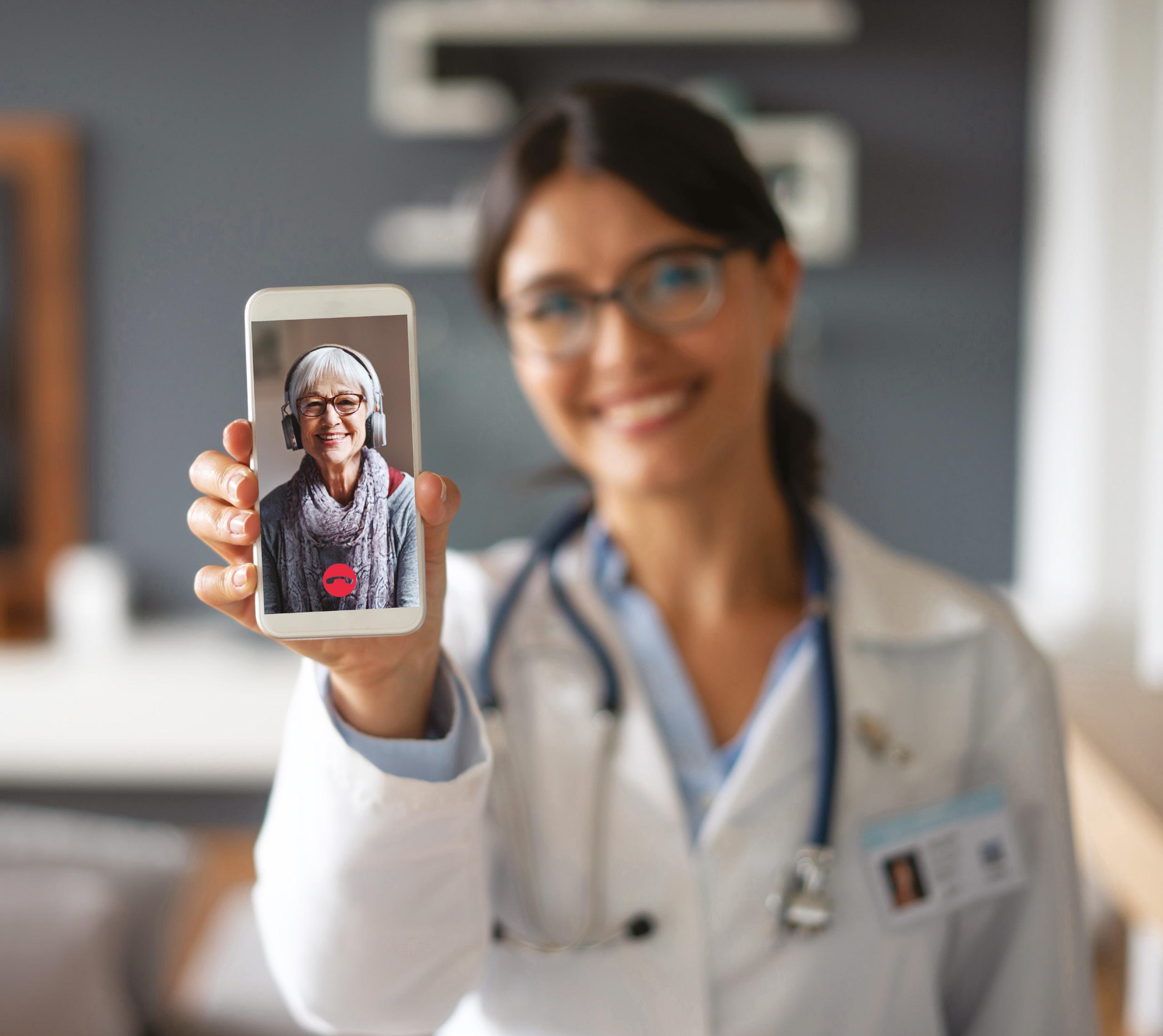
digital data to drive improved patient outcomes and pave the way for a future of data-driven, personalised care.
“Personalised care depends on a deep understanding of the patient and a wide range of data about how other patients responded to care,” he says. “In order to create a future of truly personalised, data-driven healthcare, the industry needs to continue to foster different efforts that are currently in progress.”
 MATT LAVIN
MATT LAVIN
TITLE: VP & GENERAL MANAGER
COMPANY: LIFEOMIC
LOCATION: UNITED STATES
Matt Lavin started working as the Software Architect at LifeOmic in 2017. Since then, he has risen to Vice President and General Manager. Previously, he worked at IBM and OTI.

Firstly, more data needs to be collected about patients. While this is advancing through the widespread adoption of wearables, it needs to continue on a much larger scale by expanding data collection to a wider range of devices.
“The more data collected about a patient, the more personalised the treatment can be,” says Lavin. “The data that’s collected
MATT LAVIN VP & GENERAL MANAGER, LIFEOMIC
“HEALTH DATA SHOULDN’T BE ANY LESS SECURE THAN OTHER DIGITAL SERVICES”
needs to be sharable. Apple and Google have started to spearhead this effort and I am hopeful that we’ll see it expanded to other solutions where patients are in control of their data in the near future. Giving patients the ability to share data and having access to that data is critical to improving care because just collecting it isn’t useful until someone is able to analyse it in conjunction with other patient datasets.”
Data science tools should be used to analyse the data, including treatments and outcomes, to discover the aspects
of the personal data that should be used to decide on care plans. With large datasets, machine learning algorithms can detect the most accurate set of data to consider when assessing a person’s risk.
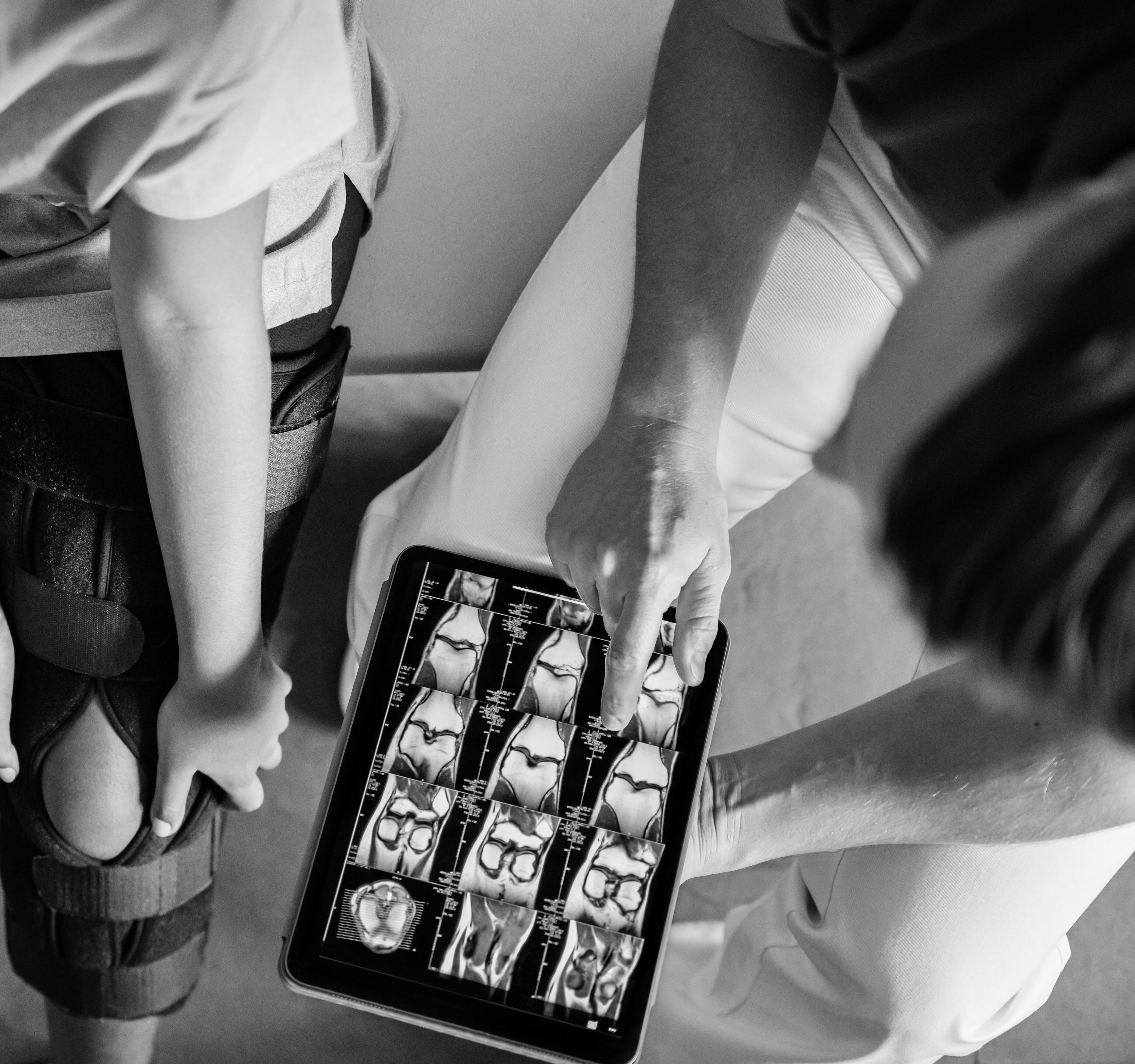
Lavin explains: “A model that was trained on genomic data, exercise history, cholesterol values and cardiovascular outcomes for hundreds of thousands of people will discover how to best combine those data points to create a risk score. The algorithm might find that exercise along with certain genomic variants gives

you a low risk of a bad outcome despite having higher than desired cholesterol values. I’m calling the process of giving a personalised diagnosis based on a large set of digital data ‘Integrative Digital Diagnostics’.
He continues: “That’s the best name I could come up with to describe a new category of product I’ve been hearing about. Many new companies are building IDD products that fit the model of: Give me all of your digital health data and I’ll give you a report about some aspect of your health. For example, a company could ask for exercise history, heart rate, EKG, a heart scan and lipid profile, and promise to give you a comprehensive report about your cardiovascular health.”
By looking at all of a patient’s healthcare data together – instead of each point separately – the patient can be offered guidance on the most important things to improve and actions that will lead to improvement. New IDD businesses are based on developing an algorithm – usually with machine learning – to discover new connections between data, treatments and outcomes.

“With all of your data combined, along with data on many other patients and outcomes, companies that have built an IDD can give you a much more accurate view of your cardiac health,” explains Lavin. “If you look at a lipid profile alone, for example, you could be misled about the health of a person,” says Lavin.
The healthcare sector is a popular target for cyberattacks and security is essential to patient care. IDD can be secure if it’s built by people who are skilled and take security
“PERSONALISED CARE DEPENDS ON AN UNDERSTANDING OF THE PATIENT AND DATA ABOUT HOW OTHER PATIENTS RESPONDED TO CARE”
MATT LAVIN VP & GENERAL MANAGER, LIFEOMIC
seriously, explains Lavin. “There is a lot of valuable information available online, from banks to stock market trading and people have learned to trust the systems. Health data shouldn’t be any less secure than other digital services.”
When applied securely, IDD could transform patient care. The additional data, especially the combination of all the data together, will lead to a better view of the patient that judging a person by a single metric – like the cholesterol value LDL – will be viewed as antiquated.
“I think most doctors understand that one metric alone is not sufficient today, but they lack access to the tools and data at the scale that’s needed to put it into practice,” says Lavin.
Over the next year, LifeOmic is going to be busy working with different companies to make their vision of Integrative Digital Diagnostics a reality.“We’ll be working to provide those startups with the tools they need to quickly get their products to market,” says Lavin.
Along with helping medical device companies collect and share more data to feed the advancements in personalised care, LifeOmic will focus on what makes a startup’s algorithm or device unique – just like the patient it serves.

“THE MORE DATA COLLECTED ABOUT A PATIENT, THE MORE PERSONALISED THE TREATMENT CAN BE”
MATT LAVIN VP & GENERAL MANAGER, LIFEOMIC

 WRITTEN BY: TOM SWALLOW
PRODUCED BY: LEWIS VAUGHAN
WRITTEN BY: TOM SWALLOW
PRODUCED BY: LEWIS VAUGHAN

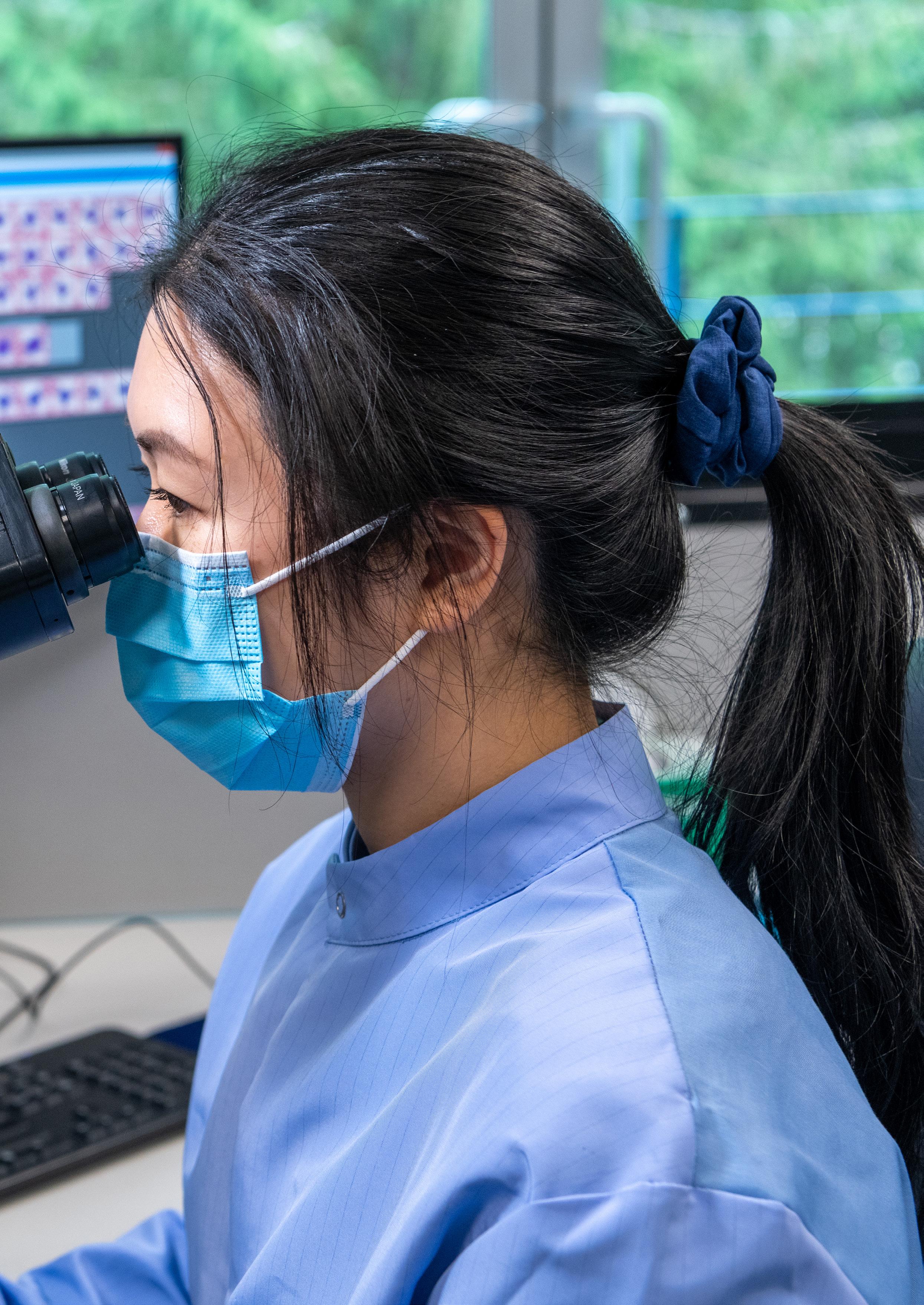
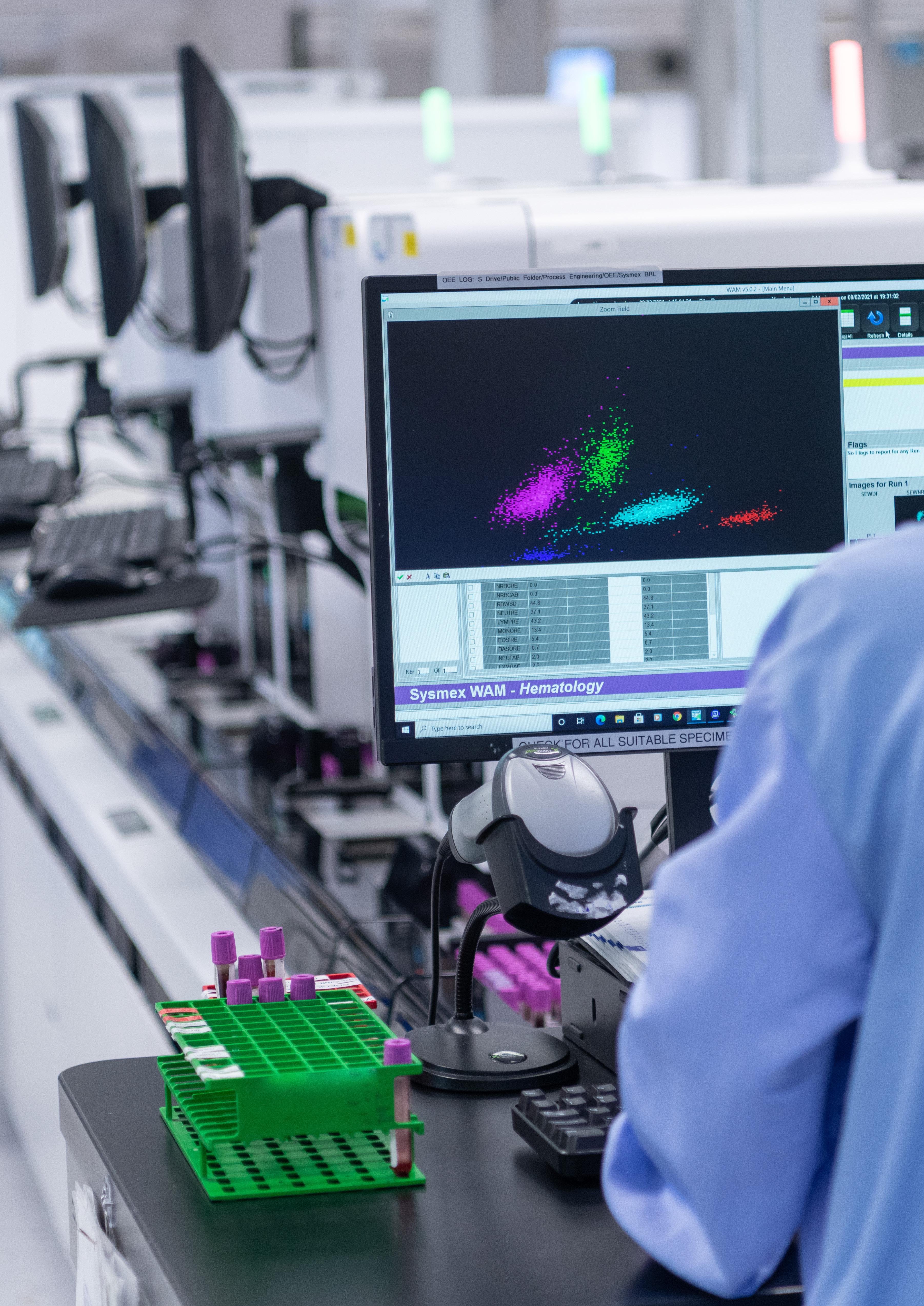
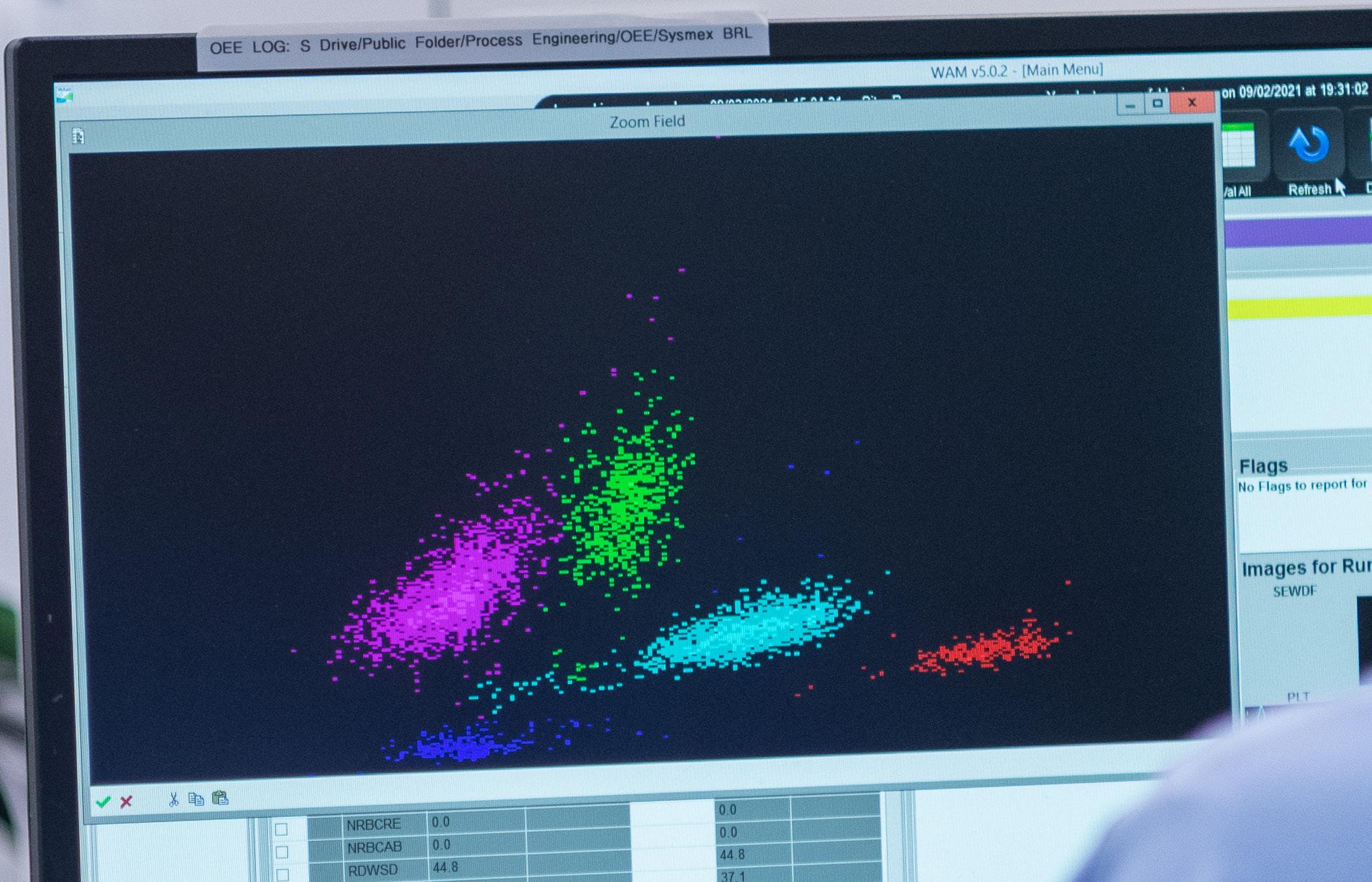
It was once expected that healthcare professionals were the bearers of all knowledge relating to patient information. But, with an increasing presence of digital technologies in the medical profession, individuals are now able to take this into their own hands and discover more about their own physical wellbeing for the better.

This is the core mission of LifeLabs, Canada’s leading provider of laboratory diagnostic services, which is responsible for crucial patient data pertaining to their health. Responsible for critical stages of the healthcare process, LifeLabs as an organisation is responsible for carrying out important blood and ECG tests for patients across Canada and is an integral stakeholder in their medical journeys and vice versa.
The company is the largest medical diagnostic firm in Canada with operations in Ontario, British Columbia – and in Saskatchewan – providing crucial services to the Canadian population. Having spoken to one of the company’s executives, we learn the relevance of its services in relation to the coronavirus (COVID-19) pandemic as it was instrumental in a number of ways.
“We were on the front lines of COVID-19 testing, supporting our government partners, helping airlines keep flying and even provided testing services to the NHL. Our labs have completed over five million COVID-19 tests. We’re making a significant impact, and we’re proud of it!,” says the company’s VP Technology Shared Service and CIO Mike Melo.
Conversing with Melo to uncover more around cybersecurity, the organisation has undergone a major overhaul with its CISO at the forefront of bringing together its IT and cybersecurity teams to harmonise their approaches. The focus on cybersecurity is a result of LifeLabs offering more and more services to its customers to allow them to take more control over their medical needs.
“We offer digital access to medical health records with better insights into what you can do with your health and really empower users to take this into their own hands and make great choices.
 MIKE MELO VP OF IT SHARED SERVICES AND CISO, LIFELABS
MIKE MELO VP OF IT SHARED SERVICES AND CISO, LIFELABS
“ONE OF OUR BIGGEST CHALLENGES WAS CREATING A VIRTUAL REMOTE ACCESS ENVIRONMENT FOR OUR STAFF, ESPECIALLY DURING COVID-19”
That’s one of the reasons I came to LifeLabs, as I wanted to be a part of that journey and transform the digital healthcare space,” says Melo.
As the company evolves, more possibilities are opening up for patients, which requires particular attention to securing and protecting their data in the digital realm. As explained by Melo, the organisation is dedicated to providing high-quality healthcare services that come directly to the person. LifeLabs is offering more patient-centric services, much like its MyVisit solution – allowing phlebotomy experts to come directly to them – and also
TITLE: VP OF IT SHARED SERVICES AND CISO
COMPANY: LIFELABS

LOCATION: CANADA
Mike Melo is the Vice President of IT Shared Services and Chief Information Security Officer (CISO) at LifeLabs. Melo has truly made an impact with his invaluable contributions and exemplary leadership in senior IT roles. He has demonstrated remarkable expertise and dedication to ensuring the highest information security and technology excellence standards.
Melo was recently recognized as the Member of the Year in the CISO Division by the CIO Association of Canada (CIOCAN) while playing a pivotal role in driving innovation and safeguarding sensitive data. With his extensive knowledge and experience, Melo has elevated the IT landscape at LifeLabs, setting new benchmarks for excellence.
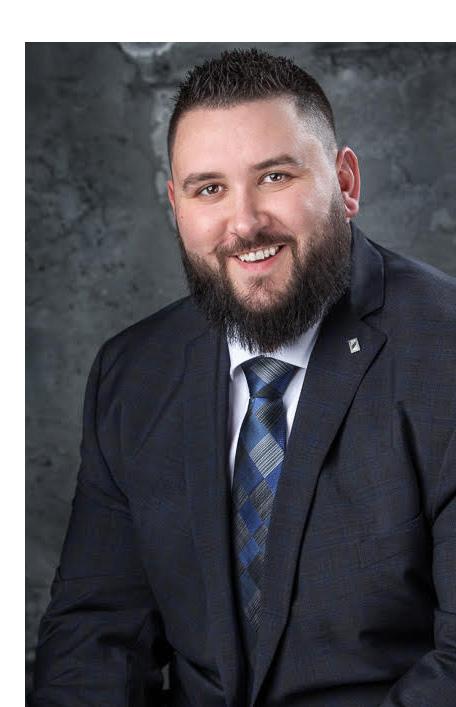




Security must modernize to successfully keep up with cloud transformation and the needs of a hybrid workforce. Netskope sees and understands these changes and works with you to protect people and data anywhere they go.

Okta is the World’s Identity Company. Our Workforce and Customer Identity Clouds enable secure yet flexible access, authentication, and automation that transforms how people move through the digital world and puts Identity at the heart of business security and growth.
CrowdStrike sets the standard for cybersecurity in the cloud era. The CrowdStrike Falcon® platform protects and enables the people, processes and technologies such as LifeLabs and top Fortune 500 organizations that drive modern enterprise, delivering superior protection, better performance, reduced complexity and immediate time-to-value.

LifeLabs and other leading organizations around the globe are rapidly adopting a Secure Access Service Edge (SASE) architecture to safeguard data wherever it moves, support digital transformation efforts, and realize better efficiency and return -on-investment from their technology.
Netskope is already a widely acknowledged expert and innovator in CASB, SWG, ZTNA, Firewall-as-a-Service,

and other components of the Security Service Edge (SSE), which describes the security services needed for a successful SASE architecture. Among more than 2,500 worldwide customers, Netskope today serves more than 25 of the Fortune 100, and 5 of the world’s 7 largest healthcare providers.
As the leading independent Identity partner, we free everyone to safely use any technology anywhere, on any device or app.
The most trusted brands trust Okta to enable secure access, authentication, and automation. With flexibility and neutrality at the core of our Okta Workforce


Clouds, business leaders and developers can focus on innovation and accelerate digital transformation, thanks to customizable solutions and more than 7,000 pre-built integrations.
CrowdStrike a global cybersecurity leader, has redefined modern security with the world’s most advanced cloud-native platform for protecting critical areas of enterprise risk – endpoints and cloud workloads, identity and data.
Powered by the CrowdStrike Security Cloud and world-class AI, the CrowdStrike Falcon® platform leverages real-time indicators of attack, threat intelligence, evolving adversary tradecraft and enriched telemetry from across the enterprise to deliver hyperaccurate detections, automated protection

and remediation, elite threat hunting and prioritized observability of vulnerabilities.
CrowdStrike secures the most critical areas of enterprise risk — endpoints and cloud workloads, identity and data — to keep organizations ahead of today’s adversaries and stop breaches.
offering ECG monitoring. Not only will this empower patients, but provide simpler, faster, and more flexible access to healthcare services.
“There’s been a lot of evolution over the five years I’ve been with LifeLabs. I would say the company has really focused on becoming customer-centric and how to make it easier for a customer to get access to, one, the services that they need, and two, their health care information,” says Melo.
During COVID-19, the company had to undergo a rapid transition to more data driven, digital healthcare, which is a response that is likely to allow better support as well as prevention of critical conditions in the future. However, in doing so the team recognised the need for a robust cybersecurity approach to ensure that patient data remains secure for all.


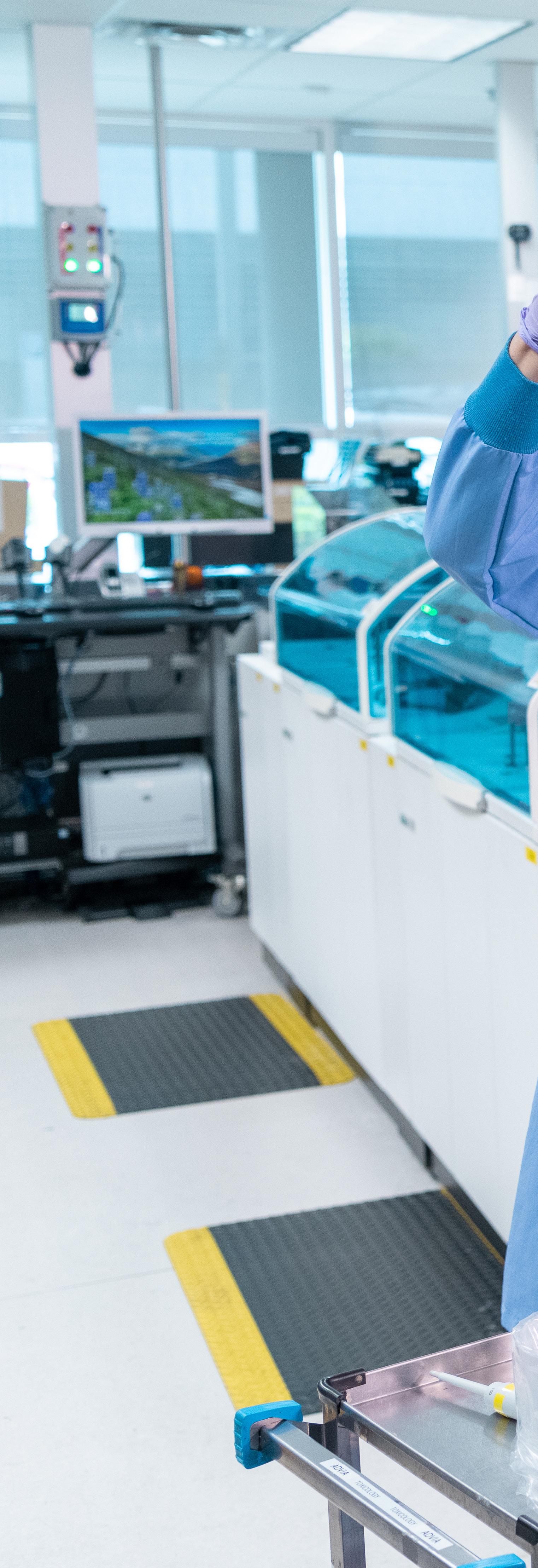
Why is cybersecurity so crucial in the healthcare sector?
Following the journey of LifeLabs really highlights the significance of cyber as a construct in the medical industry. Upon joining the team, the team experienced an attack on its system, provoking the need for a dedicated CISO. These types of attacks come in abundance across the sector.
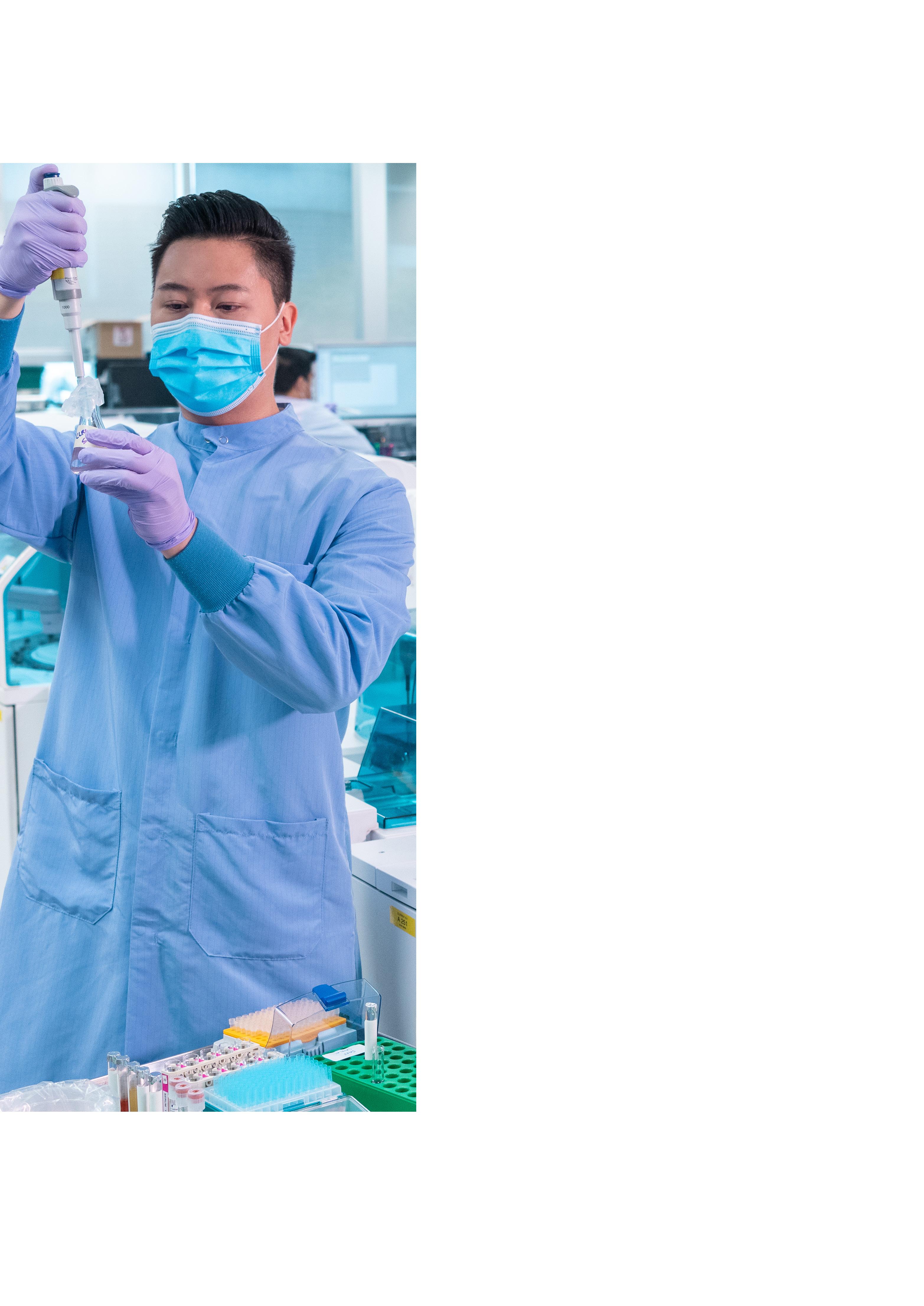
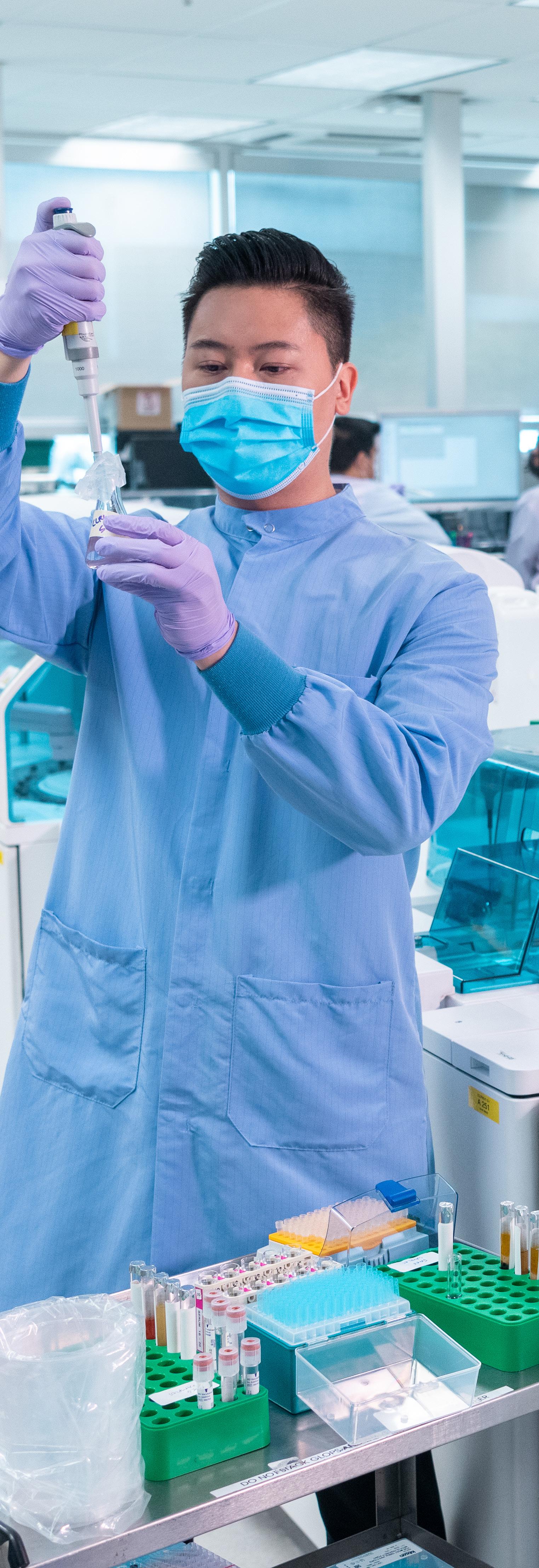
“LifeLabs focused heavily on rebuilding stakeholder trust after the event. We embarked on this new transformation to not only ensure we were appropriately managing PHI and evolving the ways we managed and secured patient health information, but also looking at how to innovate in the cybersecurity space,” says Melo.
The key aim here, as also mentioned by the CISO, is to become a true leader of Canada’s healthcare sector with zero-trust protocols embedded into everything it does.
“I think we’ve done that over the past four years, since I began leading the charge in cybersecurity,” he says. “We have evolved. We enhanced rigorous governance surrounding the security culture within the organisation. And it’s not just within the security practice, it brings accountability and responsibility to all of our users.”
As the old cliche goes, “teamwork makes the dream work”
Much of this exercise involves team building, which is where Melo’s role really takes shape with backing from the company’s President and CEO, Charles Brown. Aligning being a key theme for the organisation, Melo was responsible for developing an approach to team building that allowed both the cyber operations and the IT teams to collaborate as one. This involved first understanding both sides of the coin and then determining a process that meets the needs of both.
So with teams aligned and data now a critical component of healthcare cybersecurity operations, where is it secured?
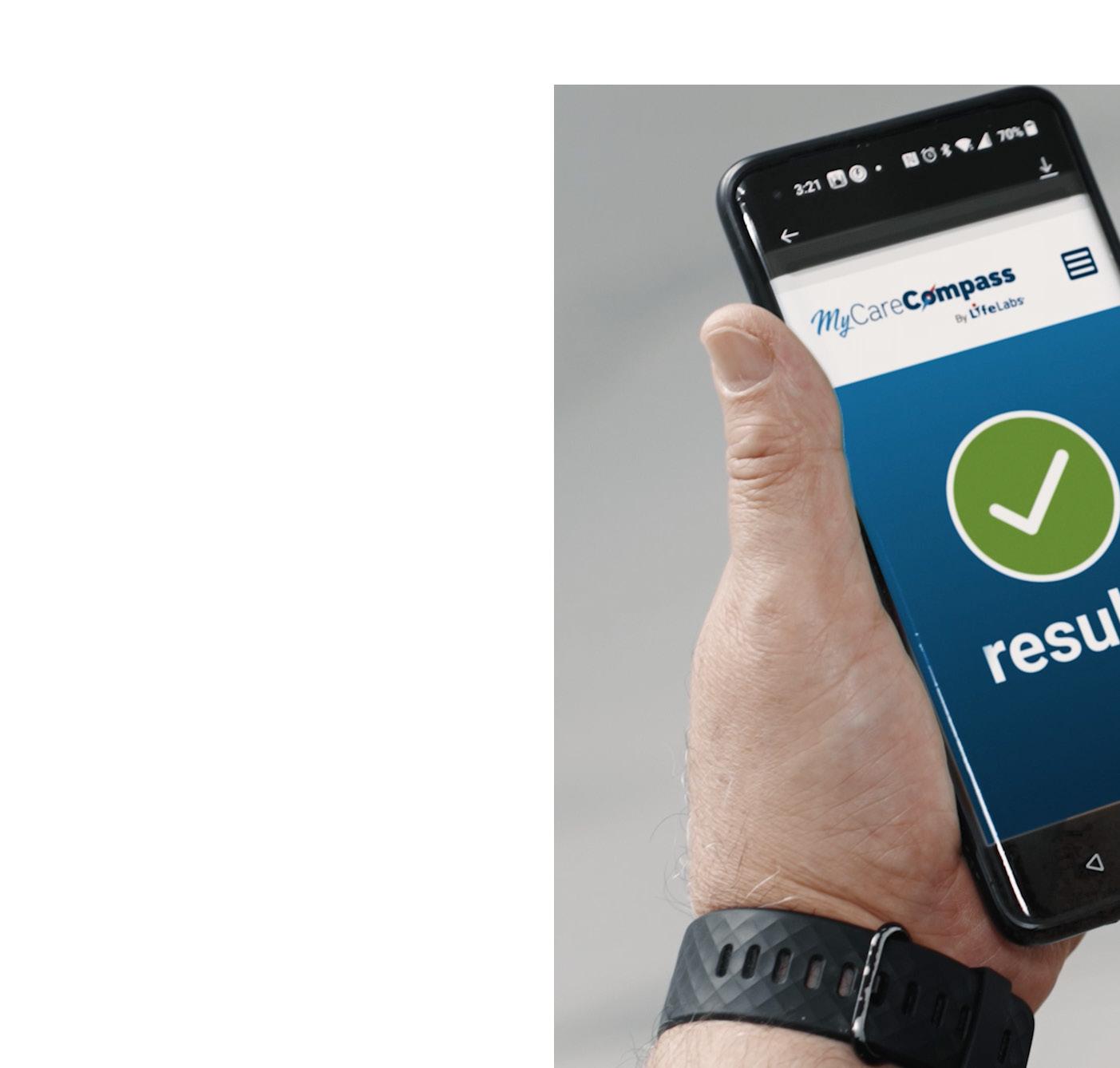
The LifeLabs approach – enforced by Melo and team – is a cloud-based one, which seems to be a no-brainer for the company.

As alluded to, cloud creates a simpler, more flexible environment for secure data actions with many of the most recent cybersecurity developed in line with cloud services. When providing this insight, Melo explains that organisations should not simply jump into the cloud environment without careful research and a supportive approach.
“There’s definitely some pros and cons that need to be weighed up when you’re looking
at what type of workloads you’ll be moving to the cloud, and equally important, how you’re going to secure them,” says Melo.
Cloud and on-prem infrastructures are very different in nature. It’s not a lift and shift model, especially from a cybersecurity perspective. You need a purpose-built programme, standards, and structure when operating in the cloud.”
Melo also notes that if cybersecurity was not a critical conversation today, the results of inactivity may have seen LifeLabs in a different position from a commercial perspective.
Interception of cyber breaches is a crucial act of social demand, but also a key part of sustaining growth for the business.
Working with its partners in cybersecurity, such as Okta and CrowdStrike, the company has the support of these leading firms to drive the company forward in its cloud journey; enabling LifeLabs to identify the most imminent threats and defend its accounts.
“I’m proud of the partnership ecosystem that we’ve built at LifeLabs. It’s really helping us define success and what healthcare cybersecurity can look like,” says Melo.
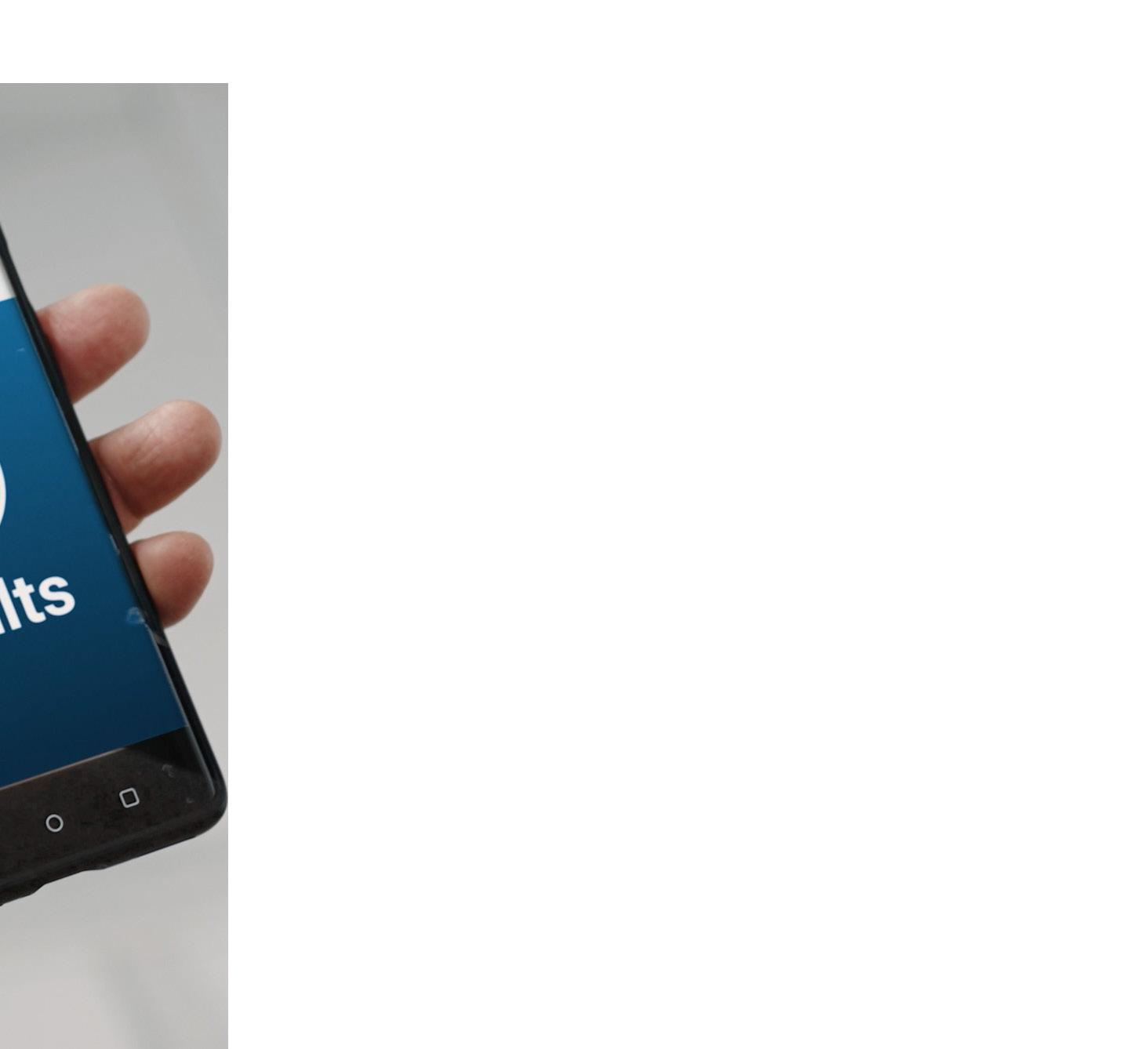
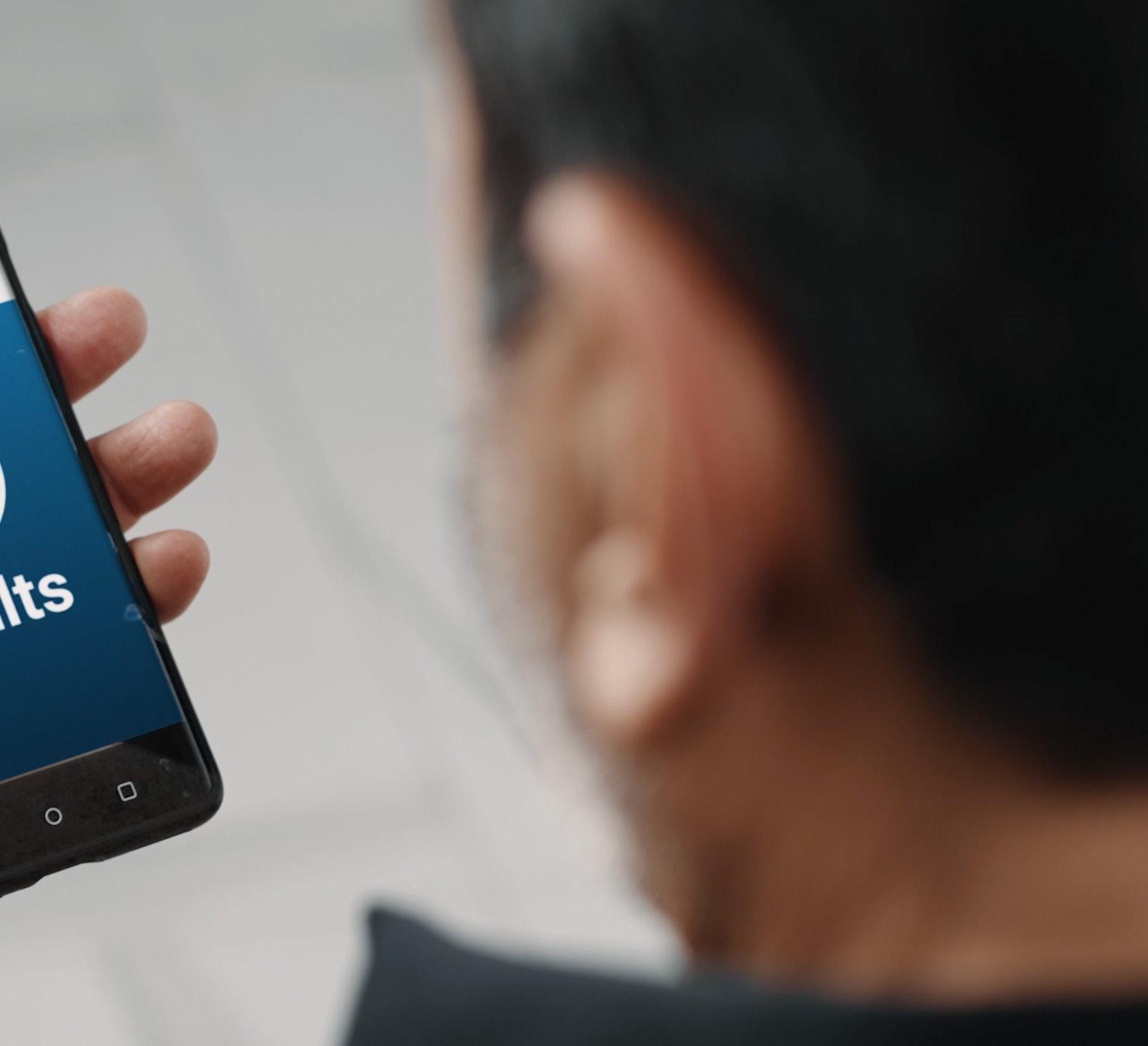
“We leverage various technology organisations, but there are a few that become true partners in our journey in our cybersecurity initiatives. Some of those partners, such as Netskope, CrowdStrike and Okta, have really allowed us to provide better access for our employees, our customers, and ensure that their information is secure as we transform our organisation to a cloud-focused infrastructure and delivery model.
“These are very prominent leaders in their own regard, and they're very cloud focused. They help us in our cloud journey initiative


and, at the end of the day, they provide some of the fulcrum pieces of our security technology stack. They're the ones who are helping us identify threats, defend our account access, ensure that we are, you know, managing and governing various access to all of these new incredible products.”
One of its crucial partners, Netskope, was brought on board to help govern access to software-as-a-service (SaaS) products used by the company. The team works closely with Netskope to reduce the threat landscape surrounding edge applications.
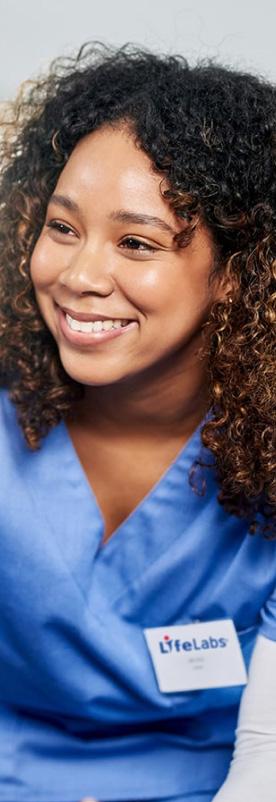
“We’ve done a lot of work with Netskope to govern access to SaaS products; being able to ultimately undergo decryption at scale to gain proper visibility of what’s egressing our environment; understanding what threats are out there, because now we have the visibility to see them and analyse them,” Melo says.
“One of our biggest challenges was creating a virtual remote access environment for our staff, especially during COVID-19. There was a massive demand for remote access to most organisations and traditional VPN models just weren’t able to keep up. They weren’t built with the bandwidth requirements and capacity in mind.”
Netskope is a critical partner for enabling LifeLabs’ zero-trust approach and provides the company with low-latency and secure connected services, which is aligned with the overall goal of stable data sharing.
“Stability is critical for our success as we are a hybrid organisation and we’re able to have security policies that essentially follow the user and not the traditional means of following a corporate asset,” Melo explains.

“I think that our journey with Netskope has been one of our greatest successes and our ability to adapt and evolve over the past four years, our cloud journey and also our hybrid remote work journey.”
The future of the company is secure and over the foreseeable months cloud and cybersecurity will be the main focus points for the business. Melo and his team are also embracing the impending integration of AI in its processes and leveraging tools like ChatGPT in more mainstream applications.

Procure-to-Pay (P2P) and Source-to-Pay (S2P) are procurement processes which indicate the stage in acquiring goods or services.
The primary purchase is covered by P2P, which involves identifying the product or service, then having the order approved and paid for.
S2P however, is a strategic activity which reaches across the whole procurement lifecycle, including sourcing and relationship management.
Here, two experts tell us about their work in healthcare procurement, from their initial conceptions to the desired end result.

Ronan Kitchin is proud to oversee the Life Science and Healthcare vertical at Aramex, a logistics and supply chain company. His primary focus is on cultivating and expanding the client portfolio within the realm of life sciences and healthcare.
“I’m entrusted with identifying opportunities for growth and forging strategic partnerships with esteemed organisations in the industry,” Kitchin explains. “In understanding the unique demands of the life science and healthcare sector, I aim to establish Aramex as the preferred logistics and supply chain partner for these esteemed clientele.”
SAP’s Gordon Donovan and Aramex’s Ronan Kitchin share how they oversee both the Procure-to-Pay (P2P) and Source-to-Pay (S2P) processes in healthcare


educators. Empowering students. Explore how we accelerate student discovery, learning and innovation with our Digital Education 3D Experience.

As the leader responsible for overseeing the Life Science and Healthcare vertical at Aramex, both P2P and S2P processes play a crucial part in his role.
“In my position, I actively engage in the P2P process to ensure a seamless and efficient procurement experience for our life science and healthcare clients. This involves identifying reliable suppliers, negotiating contracts, and managing purchase orders for essential supplies, equipment, and materials.”
Through streamlining the P2P process, Kitchin can ensure that clients receive the necessary products promptly, contributing to their operational efficiency and overall success.
The entire S2P cycle encompasses various stages, such as supplier selection, contract management, requisitioning, sourcing, purchase orders, receiving, invoicing, and payment processing.
“By effectively managing our S2P process, I can optimise our procurement operations, ensure cost savings, mitigate risks and drive value for our clients. This involves identifying reliable suppliers, negotiating contracts, monitoring compliance, and fostering strong supplier relationships.”
By actively managing both P2P and S2P processes, Kitchin contributes to the success of Aramex’s life science nd healthcare clients.
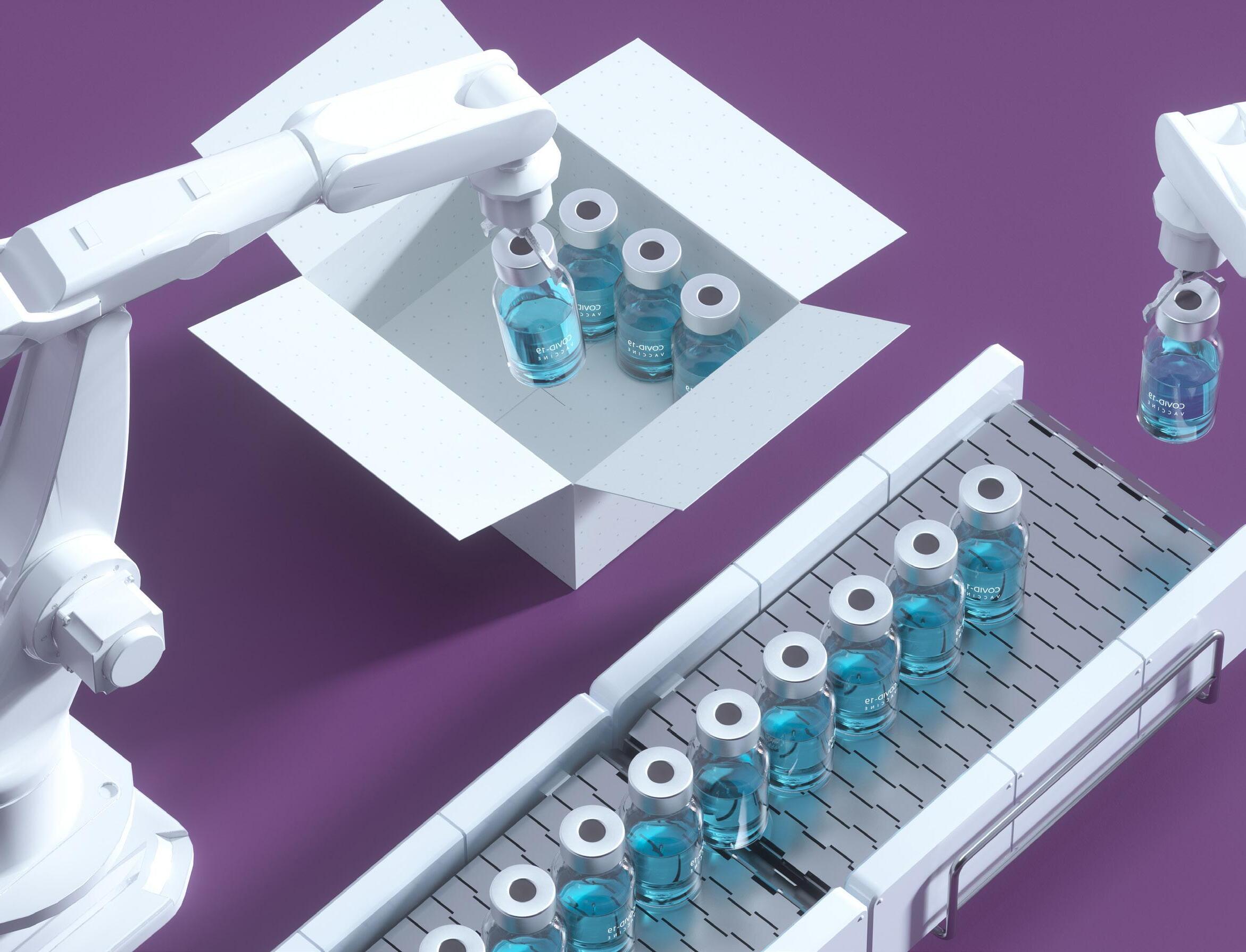
“I also keep close tabs on procurement challenges and trends across industries, with a special interest in healthcare”



“From a non-clinical perspective, P2P is a classic indirect procurement P2P process. Keep it simple and limit the number of buyers, because in healthcare you don’t want people like nurse unit managers spending precious time ordering things.”
Yet from a clinical perspective, P2P is more involved.
“You’re dealing with products that literally touch patients and have a direct impact on their lives,” he explains. “It’s also a different way of thinking about how you manage inventory because availability is critical. How is inventory warehoused? Who’s watching stock levels and placing orders? Is it insourced or outsourced?”
In the healthcare organisations he’s worked with, the clinical staff are consulted about what should be stocked, but they don’t do the counting or scanning. Instead, a third party would go into the ward stockrooms, swipe barcodes to determine supply inventories and reorder as needed.
“Unlike non-clinical P2P, equipment and supplies aren’t ordered one ward at a time. Orders will be larger, to meet the day-to-day needs of many wards. That means organisations will need a warehouse that’s either staffed by its own personnel or outsourced to a third party.”
These insourcing and outsourcing decisions are likely to be the first big decisions a healthcare procurement team would have to make in establishing its clinical procurement strategy.

From a non-clinical perspective, healthcare S2P processes aren’t that different from any other industry. “It’s about understanding the markets to decide your strategy and involving stakeholders to make sure you’re procuring the right goods and services.”
Yet from a clinical perspective, S2P can be more challenging. Stakeholders become much more involved, and you have to deal with something called ‘clinical preference’.
“This can be as simple as a staff-wide preference for a dressing because it has unique adhesive properties. That’s their clinical preference and they refuse to use any other. Of course, sometimes clinical preference is more subjective than clinical. For example, a surgeon may have been trained to use a particular brand of device, tool, or prosthesis, making them hesitant to try another. Surgeons are also trained to be risk-averse, so they avoid variables
or changes that might complicate the procedures they perform.”
Additionally, at a time when medical devices are becoming increasingly complex, relationships with supplier sales reps who provide assistance and guidance to surgeons can influence clinical preference.
“This has challenged healthcare procurement professionals for years,” explains Donovan. “When is clinical preference really a clinical preference and when is it an inferred preference? Pick your battles. Take on the ones where you have a chance to prevail. But also, build credibility by working with your clinical stakeholders to find situations where you can reach agreement.”

“Keep it simple and limit the number of buyers, because in healthcare you don’t want people like nurse unit managers spending precious time ordering things”
GORDON DONOVAN GLOBAL VP RESEARCH PROCUREMENT & EXTERNAL WORKFORCE, SAP

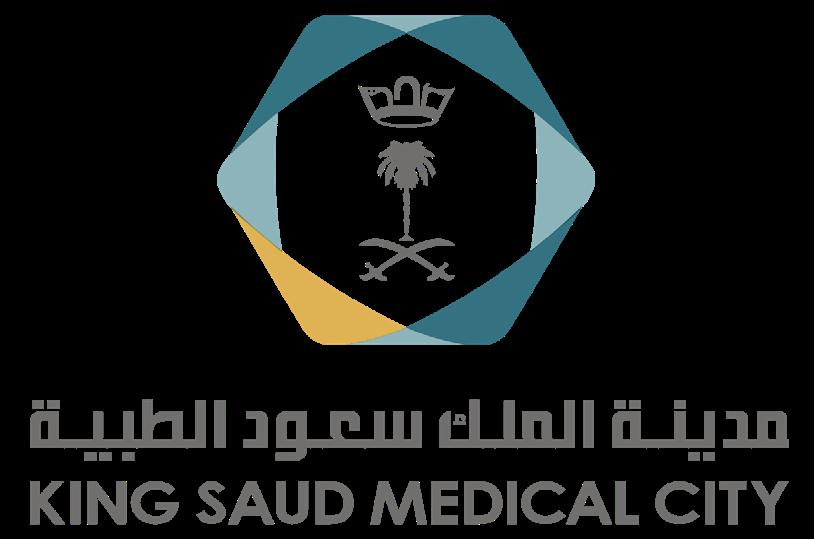
 WRITTEN BY: HELEN ADAMS
WRITTEN BY: HELEN ADAMS
King Saud Medical City (previously known as Shemaisi Hospital) is one of the largest public district general hospitals.
In 1956, it had a level one trauma centre in Riyadh and was one of the largest territory care centres in Saudi Arabia, with the capacity for 1,500 inpatients.
In 2020, the first digital operating theatre opened in Riyadh with a robotic surgery and in 2023 the hospital launched its first HIS system.

Today, King Saud Medical City is known for its emergency department and having the largest referral centre in Saudi Arabia for orthopaedic surgery and neurosurgery.
Rayed Althukhais is Director of Digital Excellence at King Saud Medical City.
“My responsibility within the in-house and offshore development as well as the integration between internal and external systems,” he explains. “I’m part of the CAP advisory report and the Technical Committee of Digital Transformation in King Saud Medical City.”
Althukhais is also acting as a Programme Director and Portfolio Manager, he is also overseeing the mobility and the business support programmes. He’s proud that the hospital has decided to modernise.
it had a level one trauma centre in Riyadh and was one of the largest territory care centres in Saudi Arabia, with the capacity for 1,500 inpatients

“We have a legacy system that needs to be in commission,” says Althukhais. “Our requirements, such as realtime recording of patient history and better patient health analysis, are not available.”
King Saud Medical City is utilising AI to support systems capable of assisting the healthcare provider, all with the aim of creating a better patient experience.

AYMAN ALROBY ASSOCIATE EXECUTIVE DIRECTOR OF SYSTEMS AND APPLICATIONS, KING SAUD MEDICAL CITY
“I’m part of the CAP advisory report and the Technical Committee of Digital Transformation in King Saud Medical City”
TITLE: ASSOCIATE EXECUTIVE DIRECTOR OF SYSTEMS AND APPLICATIONS
COMPANY: KING SAUD MEDICAL CITY
Mr. Alroby, a highly experienced IT leader with extensive expertise in the healthcare sector. In his current role as the Associate Executive Director of Systems and Application at KSMC, Mr. Alroby manages the digital, solutions, and applications that are essential for the organisation’s success.
Throughout his career, Mr. Alroby has held several key positions in the healthcare industry, including as a Consultant in Health Affairs at the Ministry of Health. He has also served as the Head of IT-PMO and Head of Analytics at King Saud Medical City, IT Director at King Saud Medical City, and eHealth Center Director.

Mr. Alroby’s expertise in IT strategy, planning, and implementation has led to a proven track record of success in improving healthcare services and procedures. He is known for his dedication to innovation and his ability to leverage technology to drive positive change in the industry.
Overall, Mr. Alroby is a highly respected IT leader with a wealth of experience and a commitment to achieving excellence and innovation in healthcare. His contributions to the field have been significant, and he continues to drive positive change through his work.
IQVIA Hospital Information System is a comprehensive solution for streamlined patient administration and advanced clinical information. Empower your healthcare team with a standardized, evidence-based care environment, ensuring high-quality patient outcomes.

• Standardized Care Plans for nurses and physicians
• Clinical decision support integrated into the patient care
• Closed loop medication management system
• Integrated billing system
• Automated KPI Dashboards (Operational, financial, and clinical)
Contact us
Through automation and integration, IQVIA’s HIS solution has become a guiding light for care providers, empowering them with reduced efforts, enhanced decision-making, and seamless connectivity. As we strive for our 2030 vision, this agile platform stands as a reliable partner in our digital transformation journey, leading to improved services and greater patient satisfaction.
Ayman Alroby, Associate Executive Director of Systems and Applications King Saud Medical City


HIS System is an element of health informatics, used by King Saud Medical City. This focuses on the administrative needs of hospitals, including:
• System handling
• Data related to activity
• Healthcare providers and the healthcare organisation providing integration
OnBase is an enterprise content management platform from Highland Software, which allows the hospital to organise, manage and optimise content processes and automation.
“We are planning to utilise robotic processing, automation and generative AI into our field as much as possible”
AYMAN ALROBY ASSOCIATE EXECUTIVE DIRECTOR OF SYSTEMS AND APPLICATIONS, KING SAUD MEDICAL CITYRayed Altukhais, Director of Digital Excellence at KSMC, on KSMC’s AI Transformation.
TITLE: DIRECTOR OF DIGITAL EXCELLENT ADMINISTRATION
COMPANY: KING SAUD MEDICAL CITY
Mr. Altukhais, a highly accomplished IT professional and the current Director of Digital Excellence Administration at KSMC. With a strong background in IT strategy and planning, Mr. Altukhais has held several leadership positions throughout his career, including Head of IT Strategy and Planning and Head of Ancillary Systems at KSMC.
Mr. Altukhais is recognised for his expertise in system analysis, workflow design, and project leadership, making him
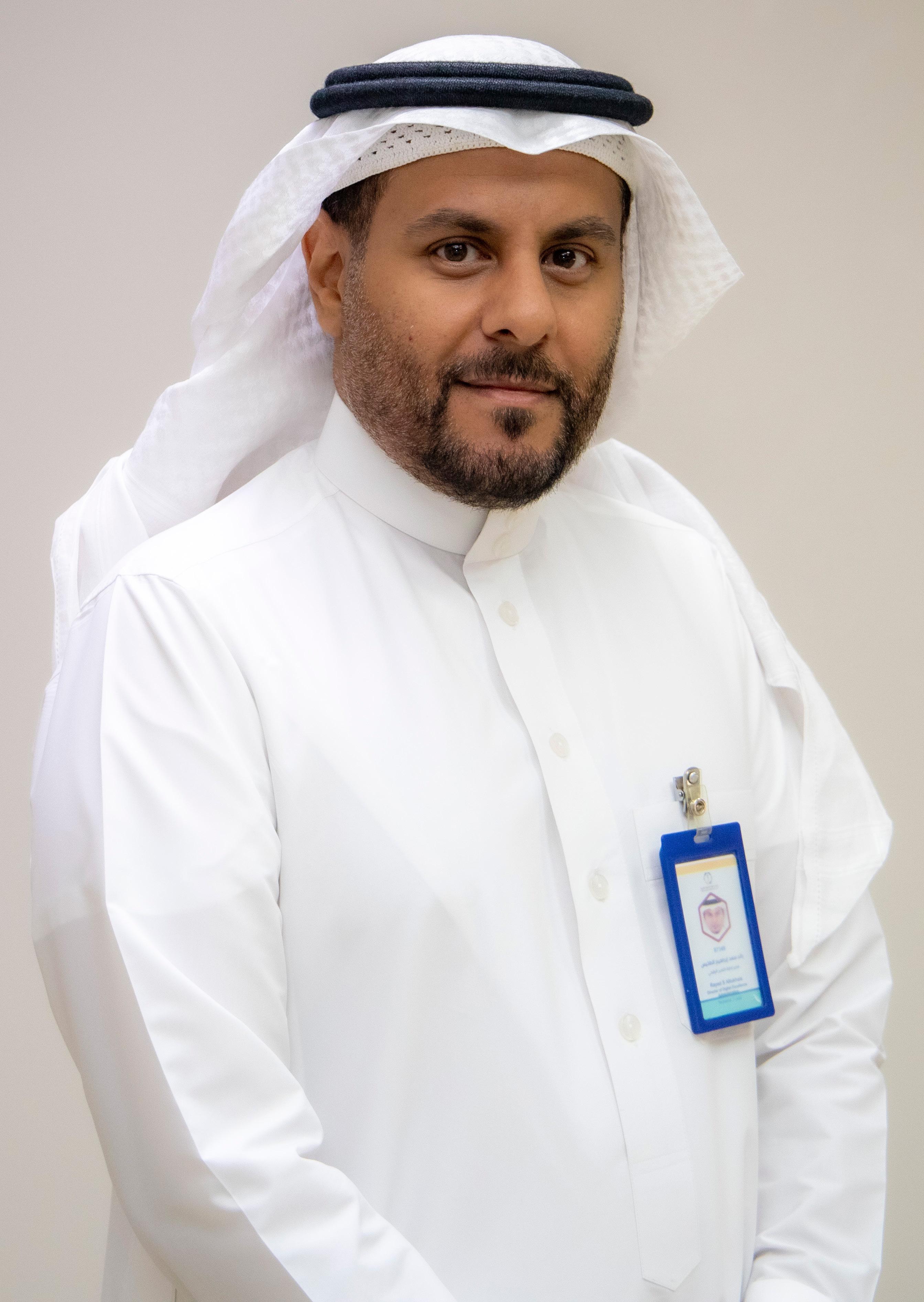
a valuable ally for organisations seeking to achieve their digital transformation goals. He is a visionary IT leader who is committed to driving excellence and innovation in the industry.
Overall, Mr. Altukhais is an exceptional IT professional whose contributions to the field cannot be overstated. His track record of success and leadership make him an ideal partner for any organisation seeking to stay ahead of the curve in today’s fastchanging digital landscape.
“IBM Maximo Manage is a fully integrated enterprise asset management (EAM) platform that uses advanced analytics tools and IoT data to improve operational availability, extend asset life cycles and optimise performance,” says Althukhais.
Pyxis is an automated medication dispensing system, which is supported by centralised medication management to HIS.
“Rapid is an AI application which helps with stroke cases, by using AI to analyse CT images. This helps the hospital to identify a stroke at an earlier stage, which allows the team to act and be ready to support a stroke patient.”
Over the next 12 months, King Saud Medical City has a big expansion plan in mind.

“We will improve the digital workplace, digital experience concentration and digital experience monitoring”
RAYED SAAD ALTUKHAIS DIRECTOR OF DIGITAL EXCELLENT ADMINISTRATION, KING SAUD MEDICAL CITY


